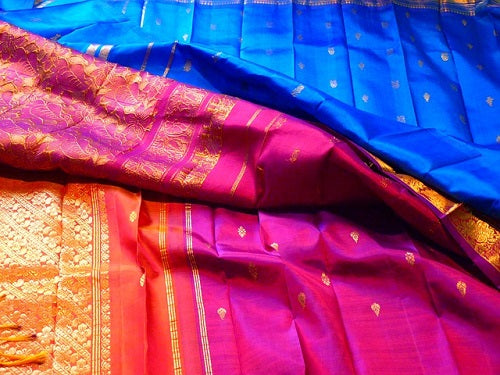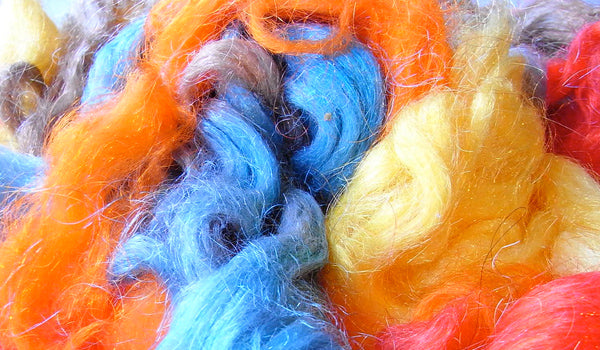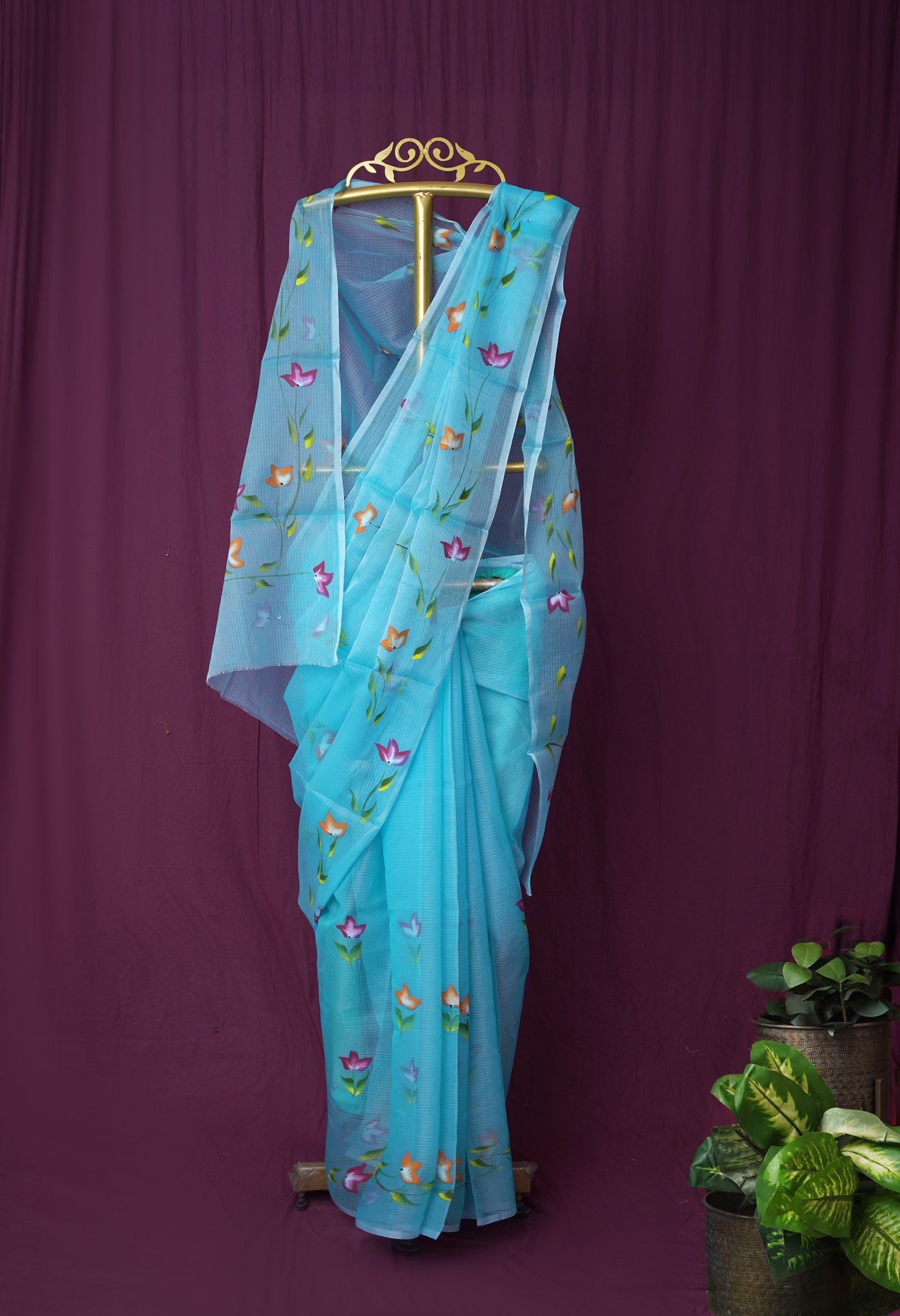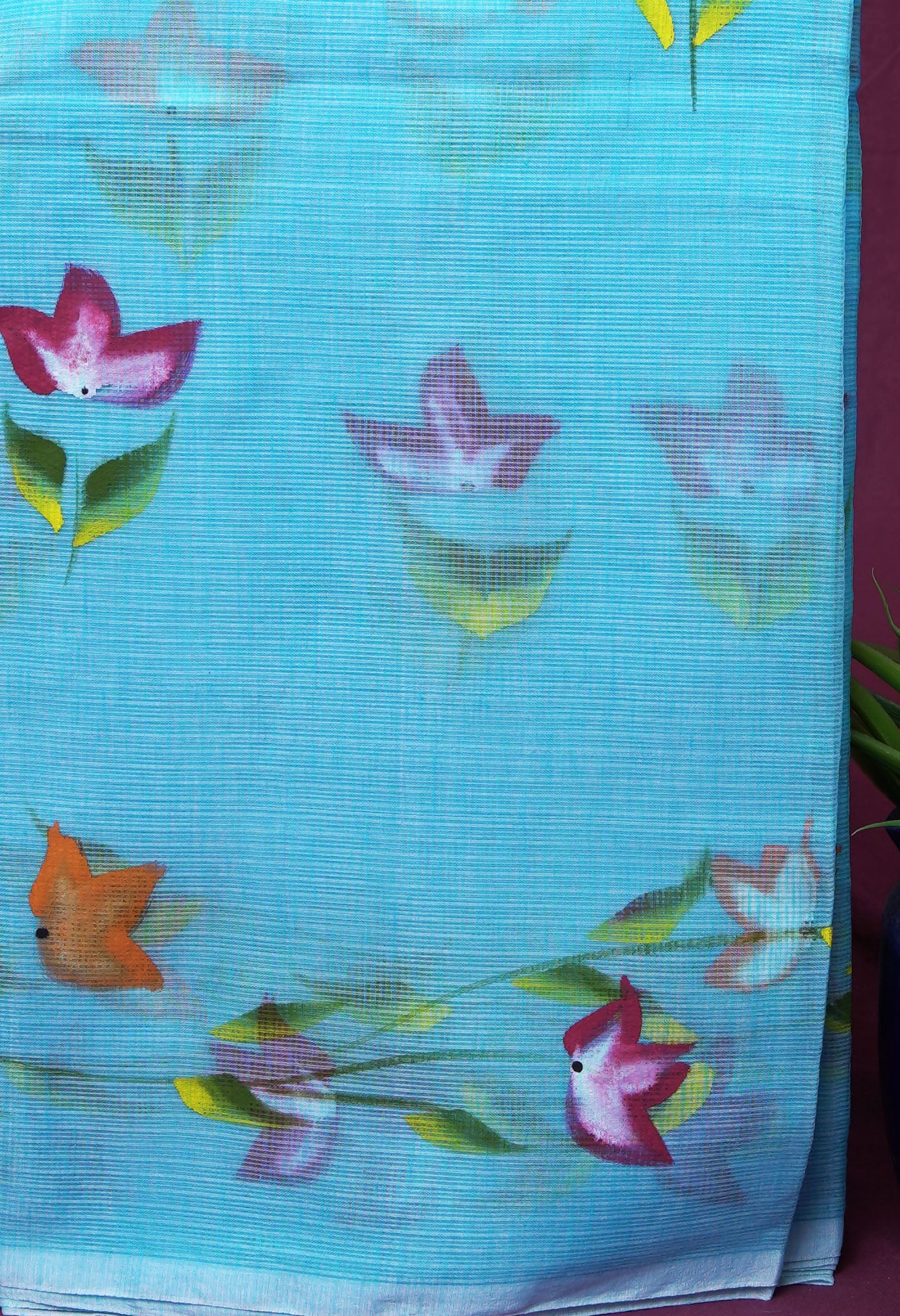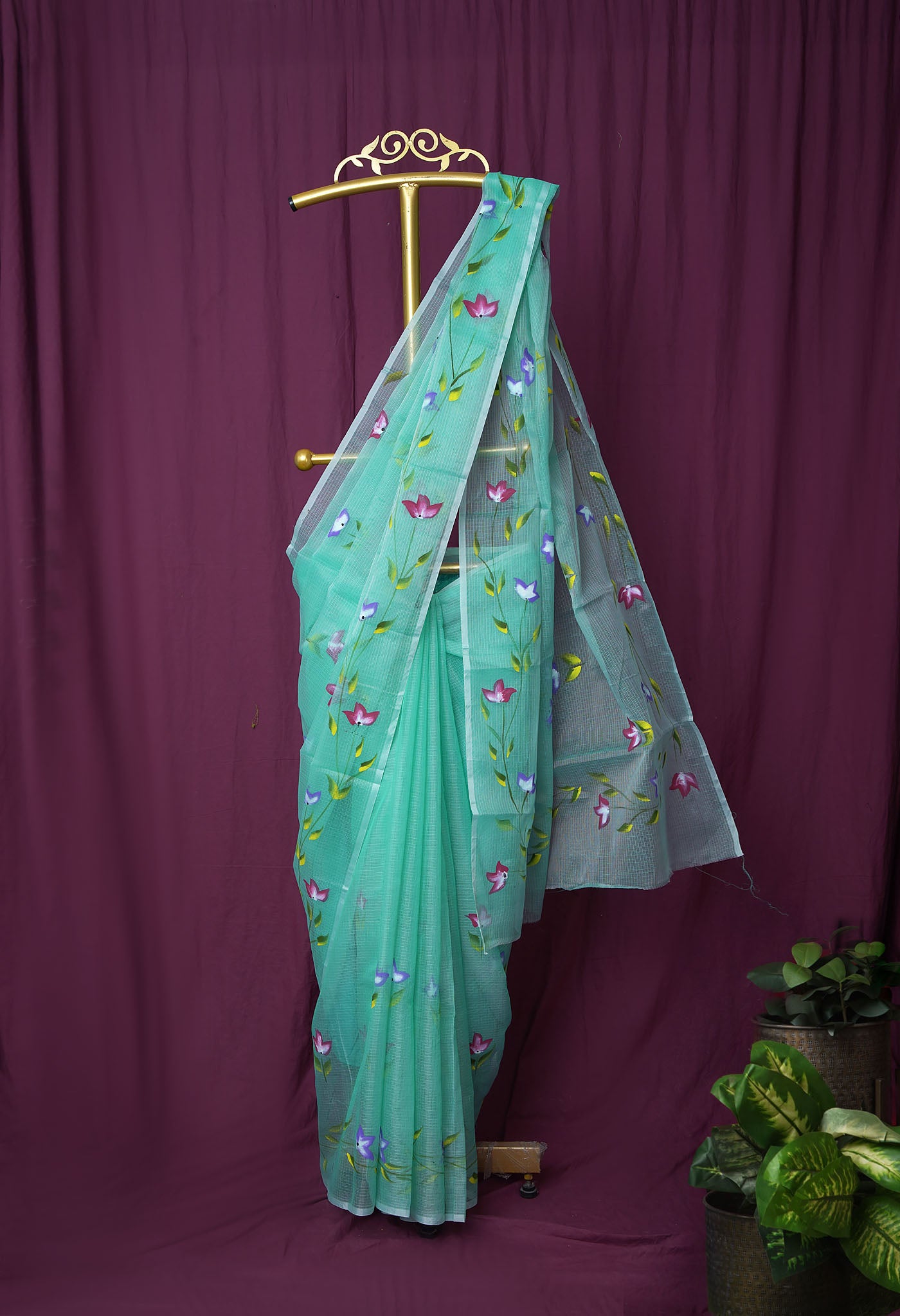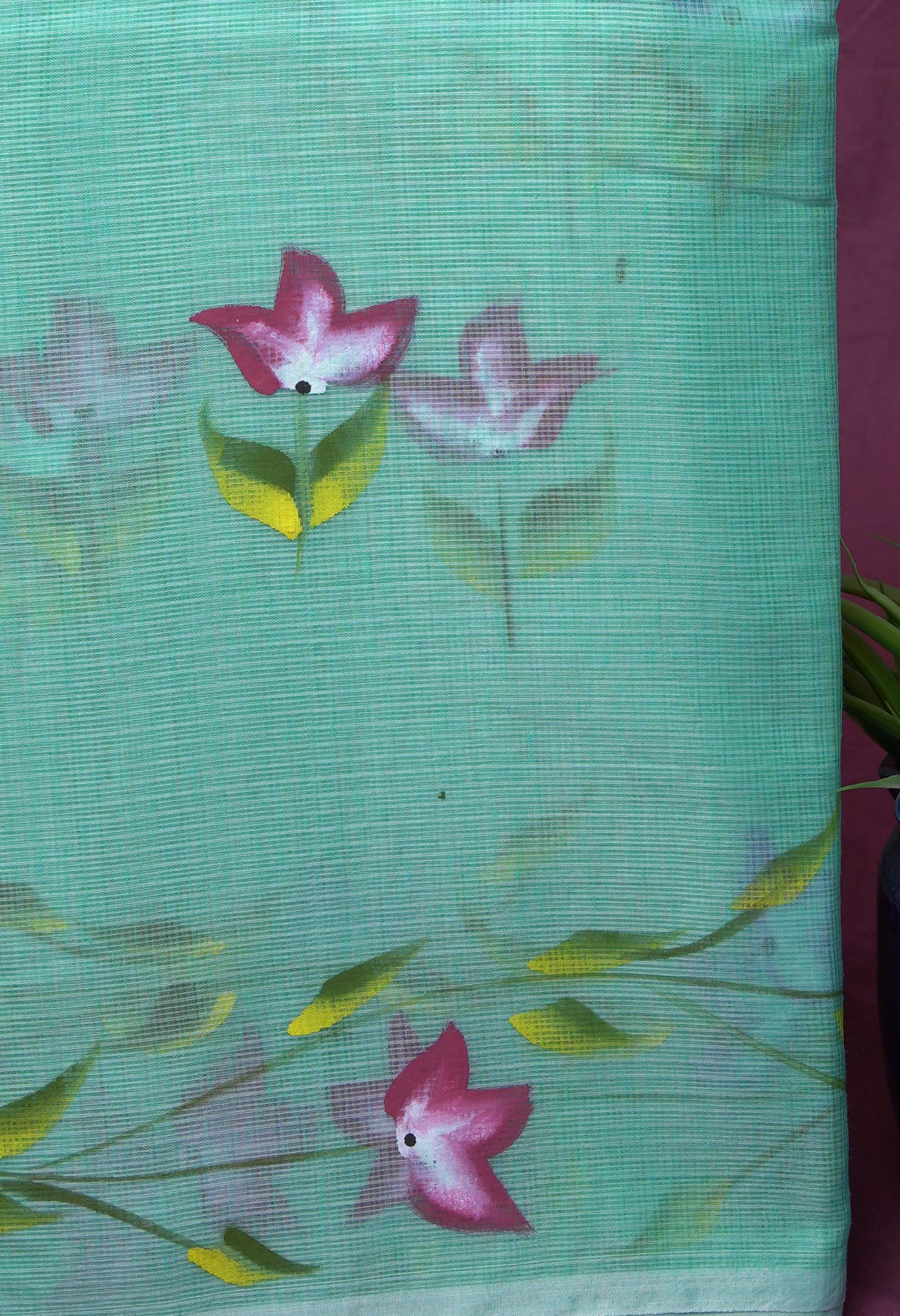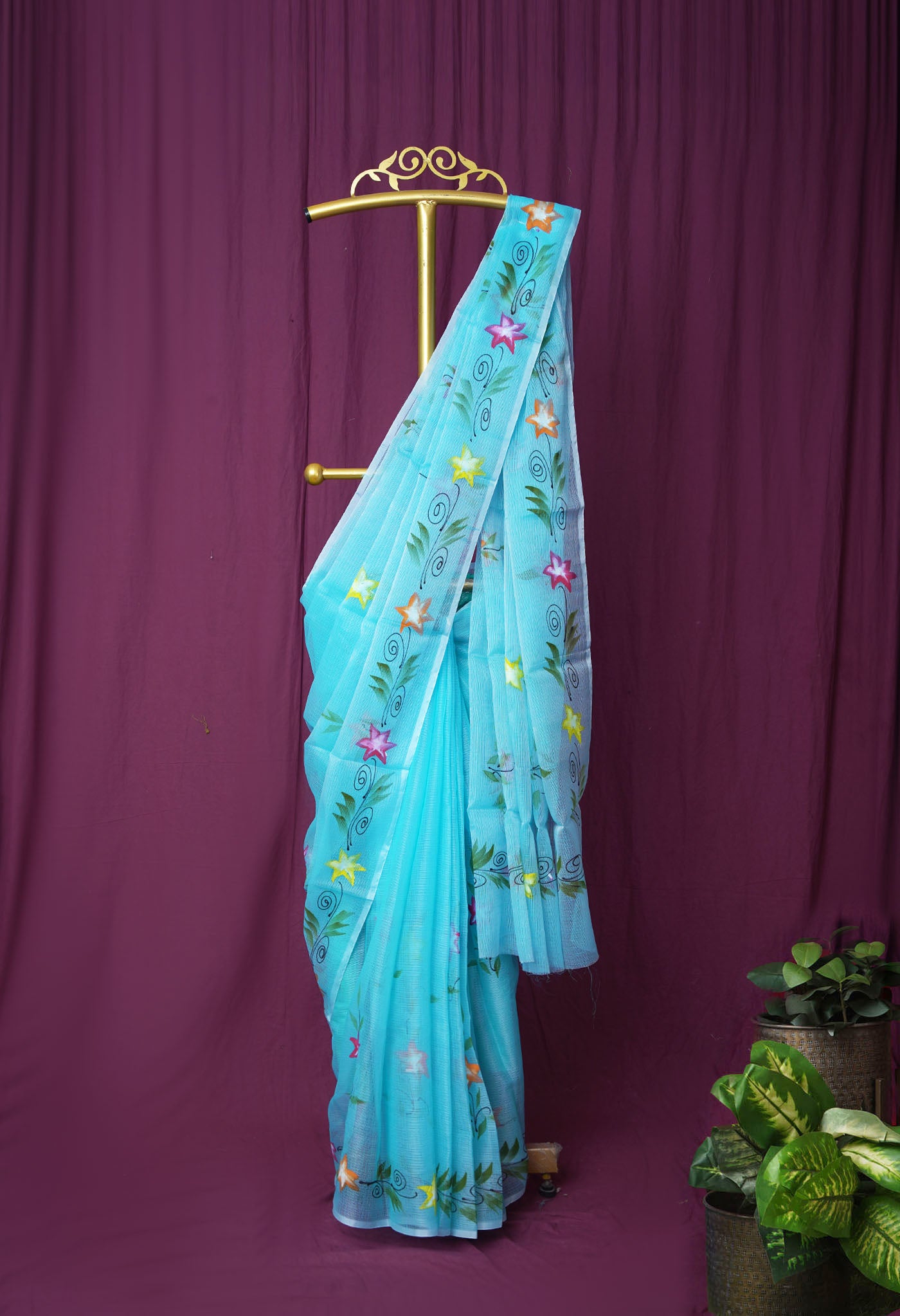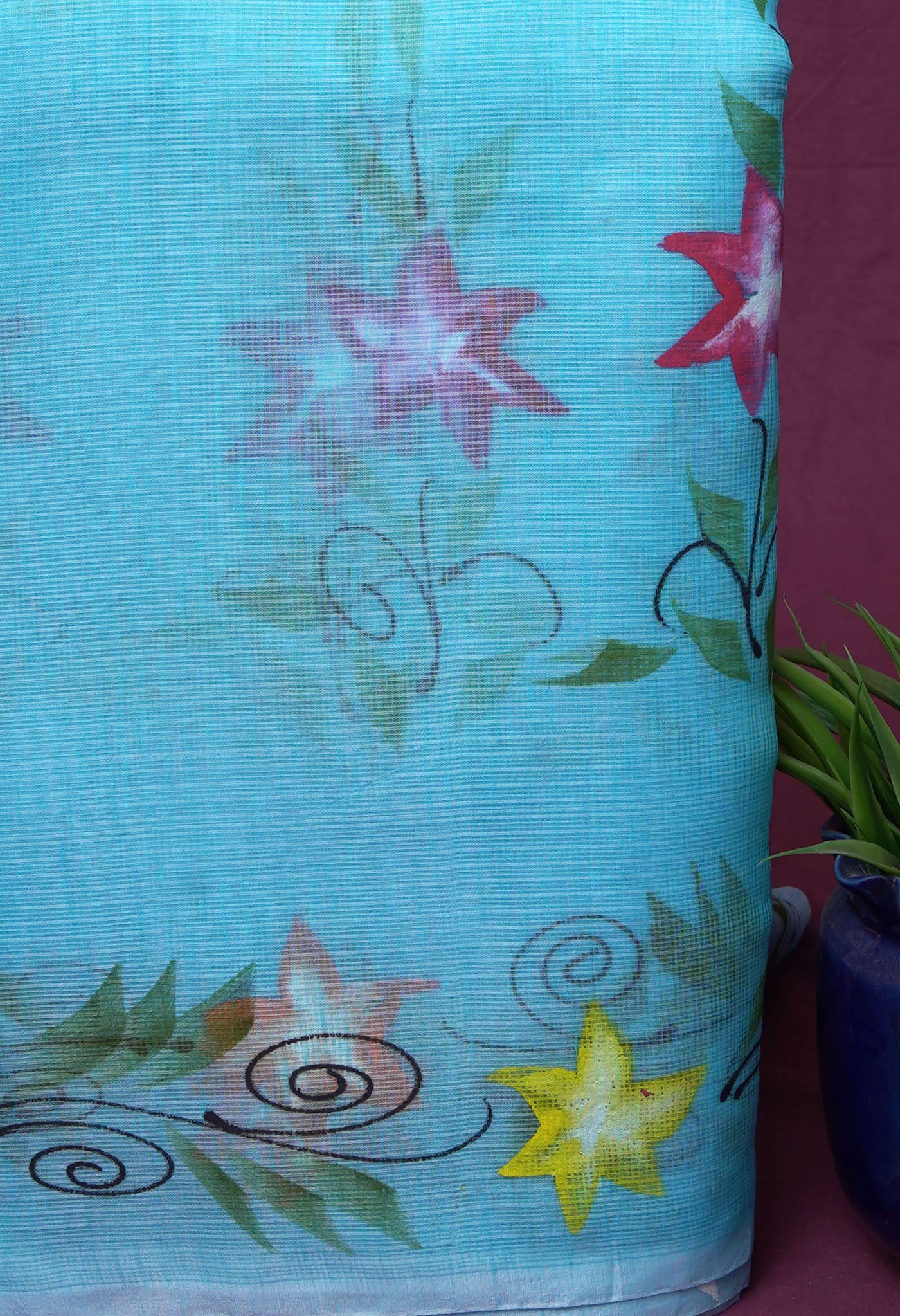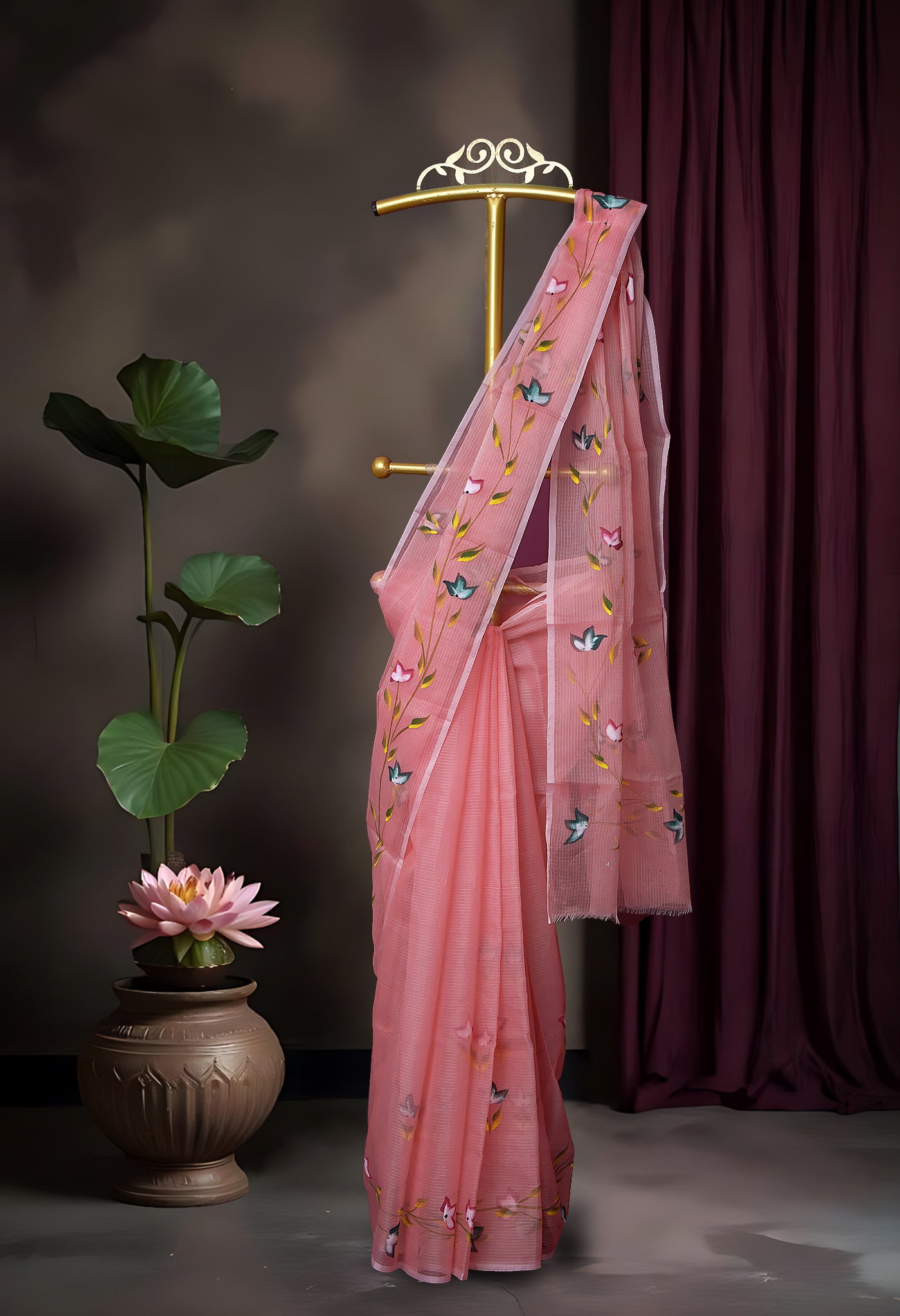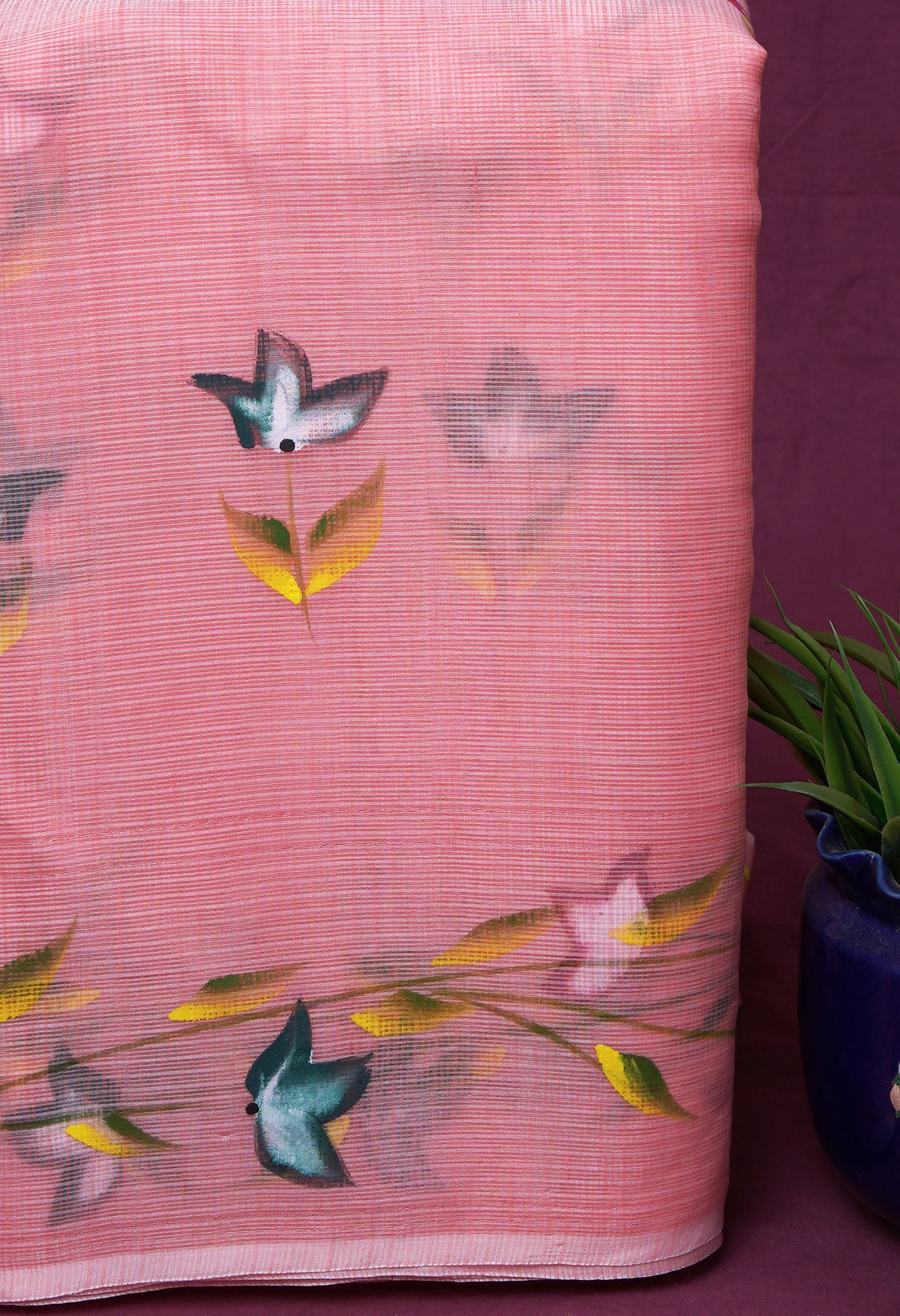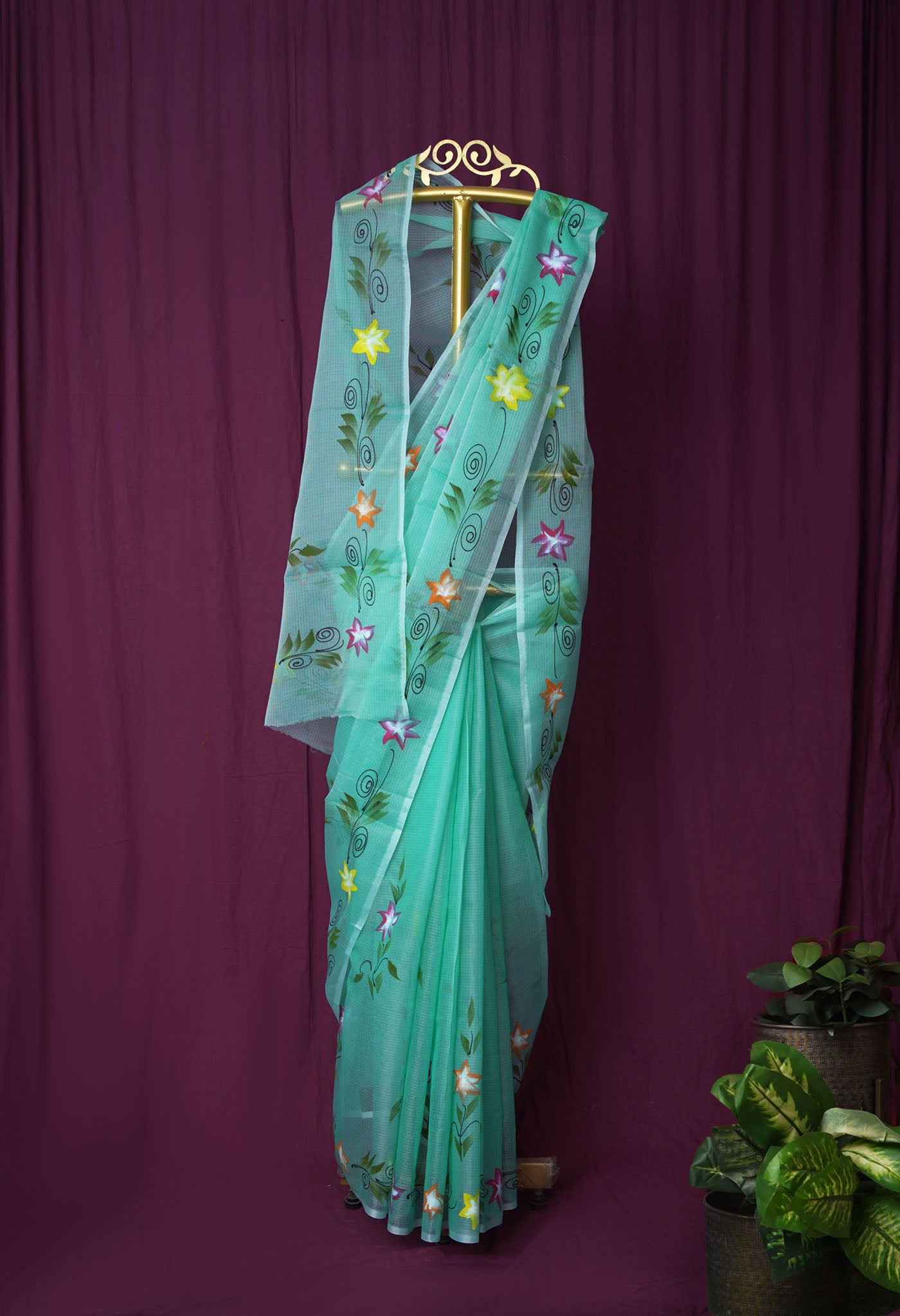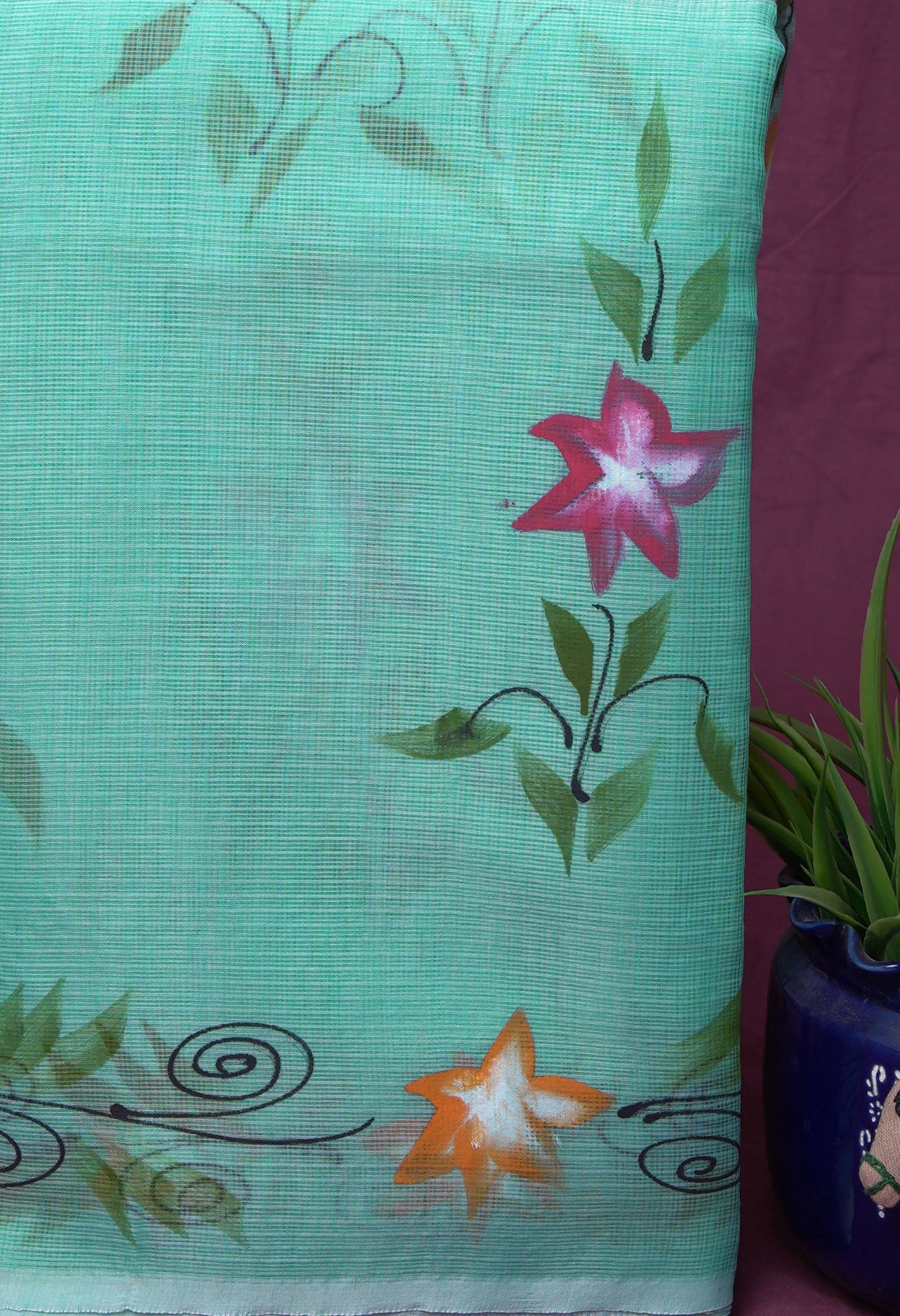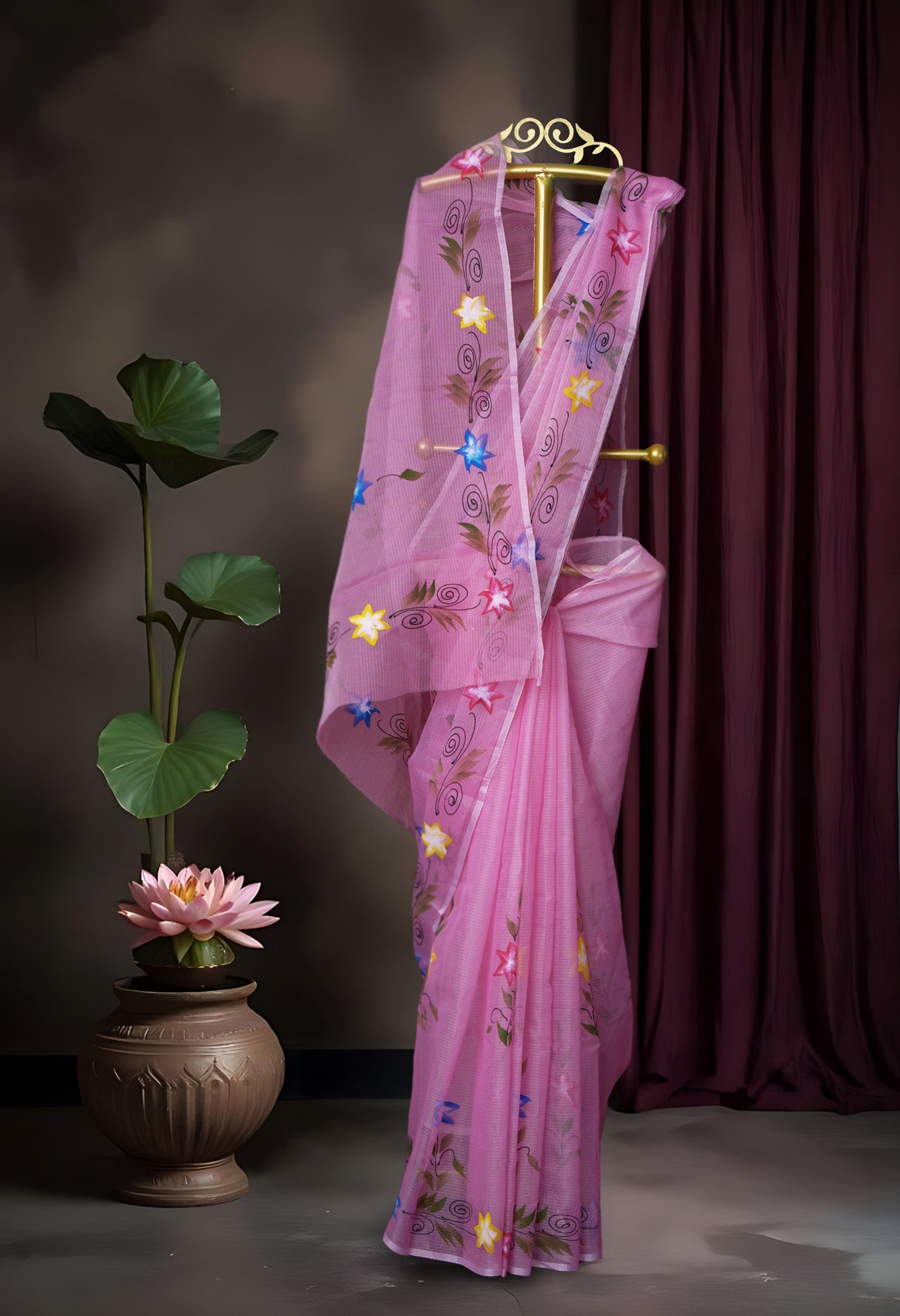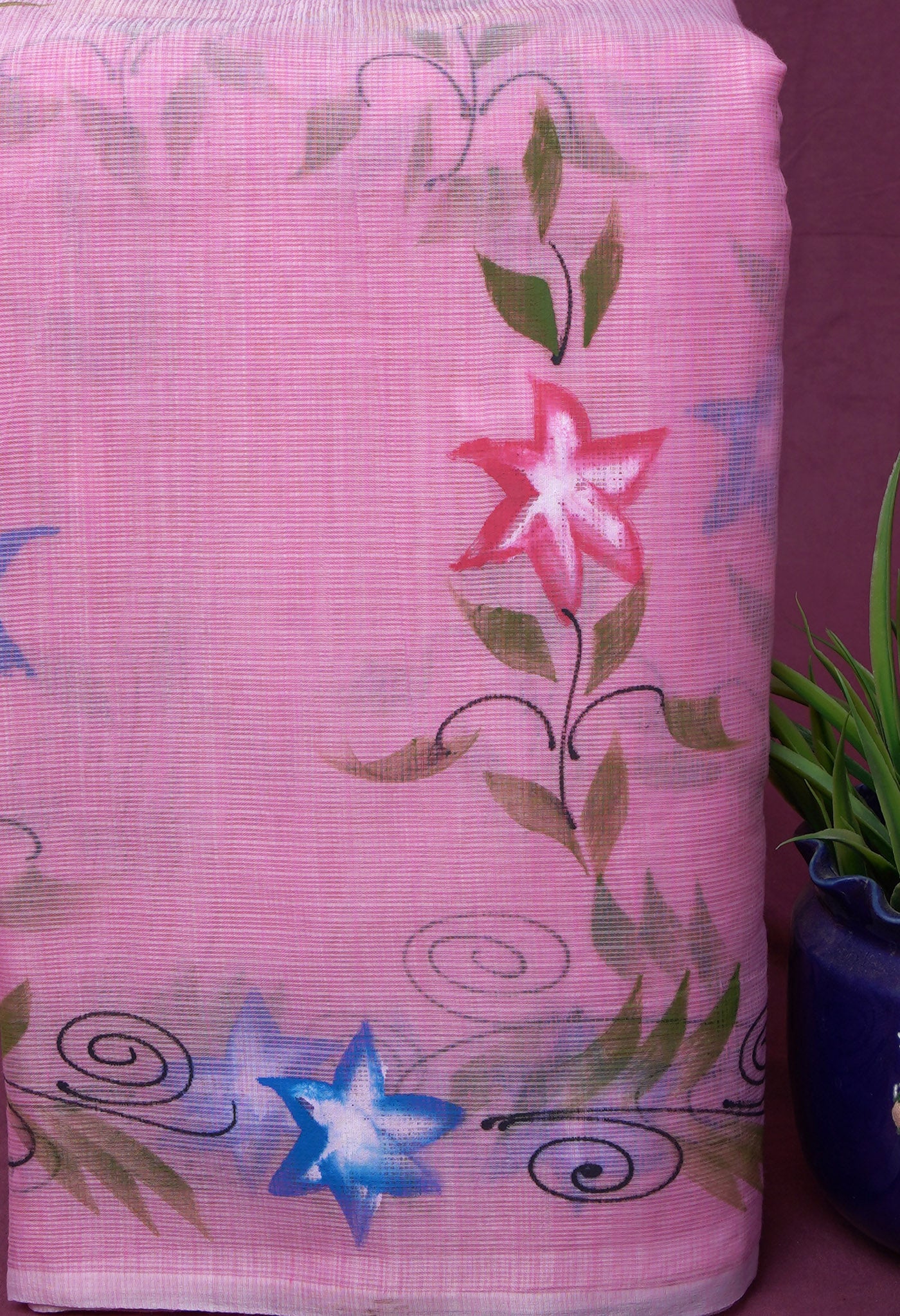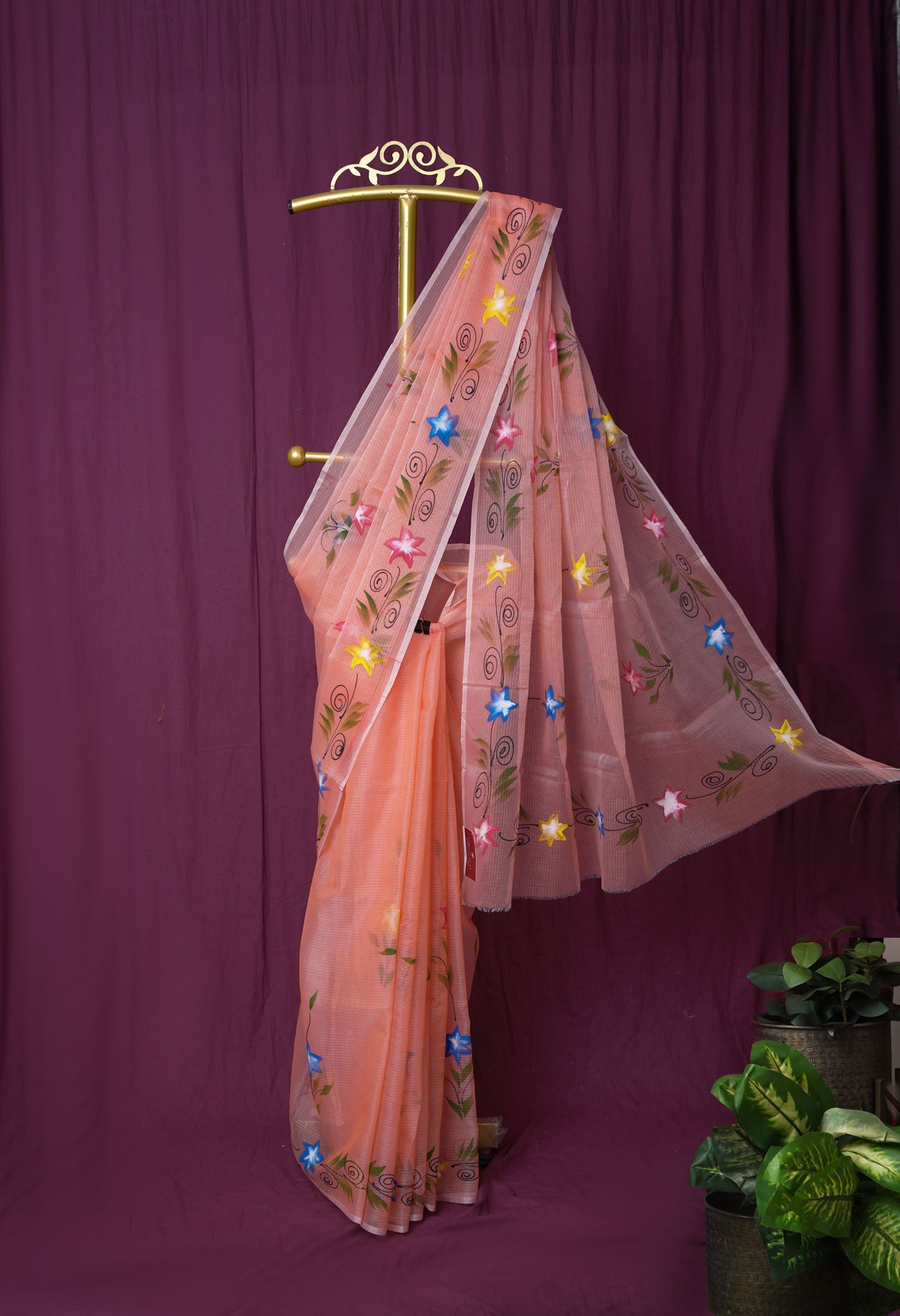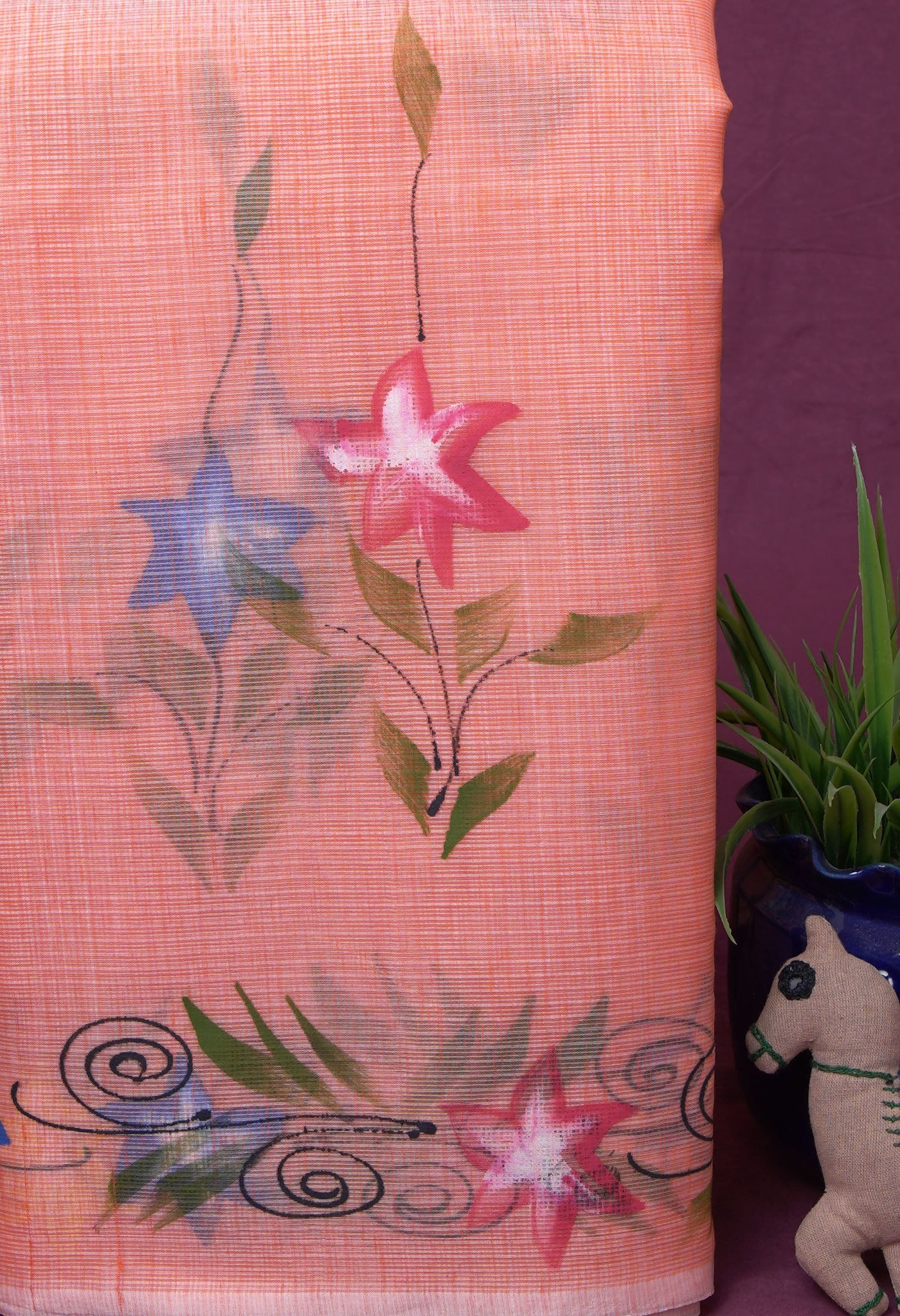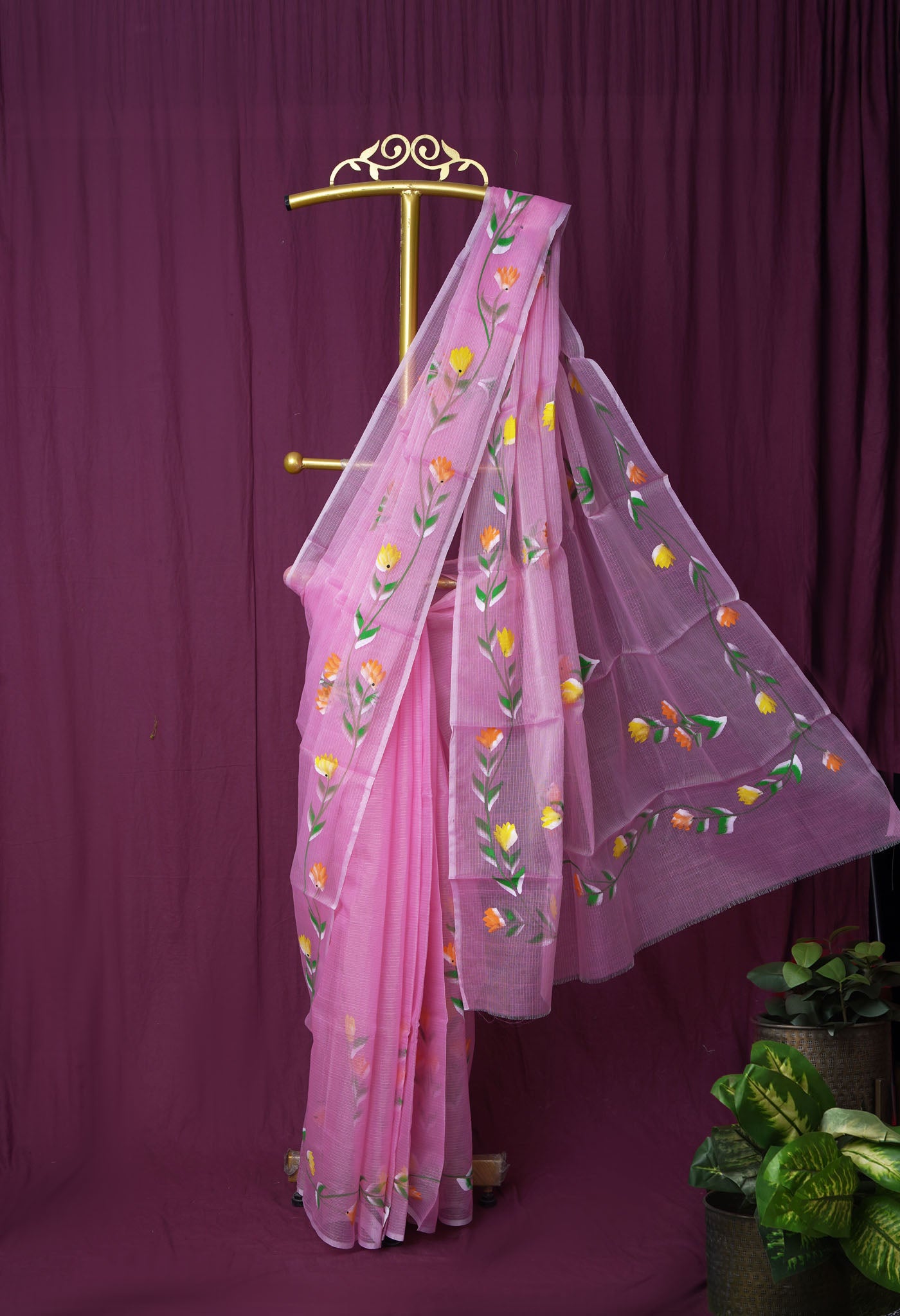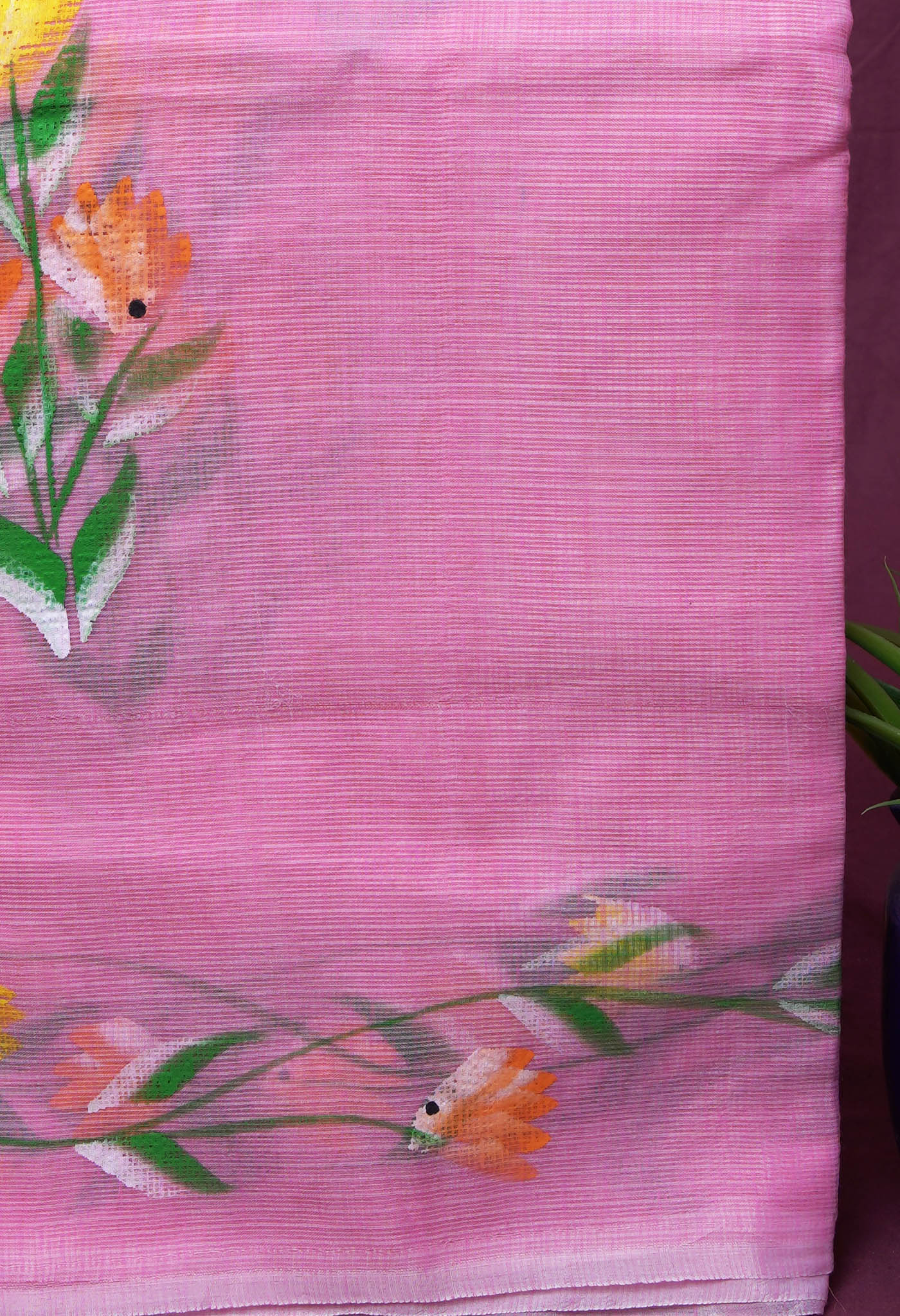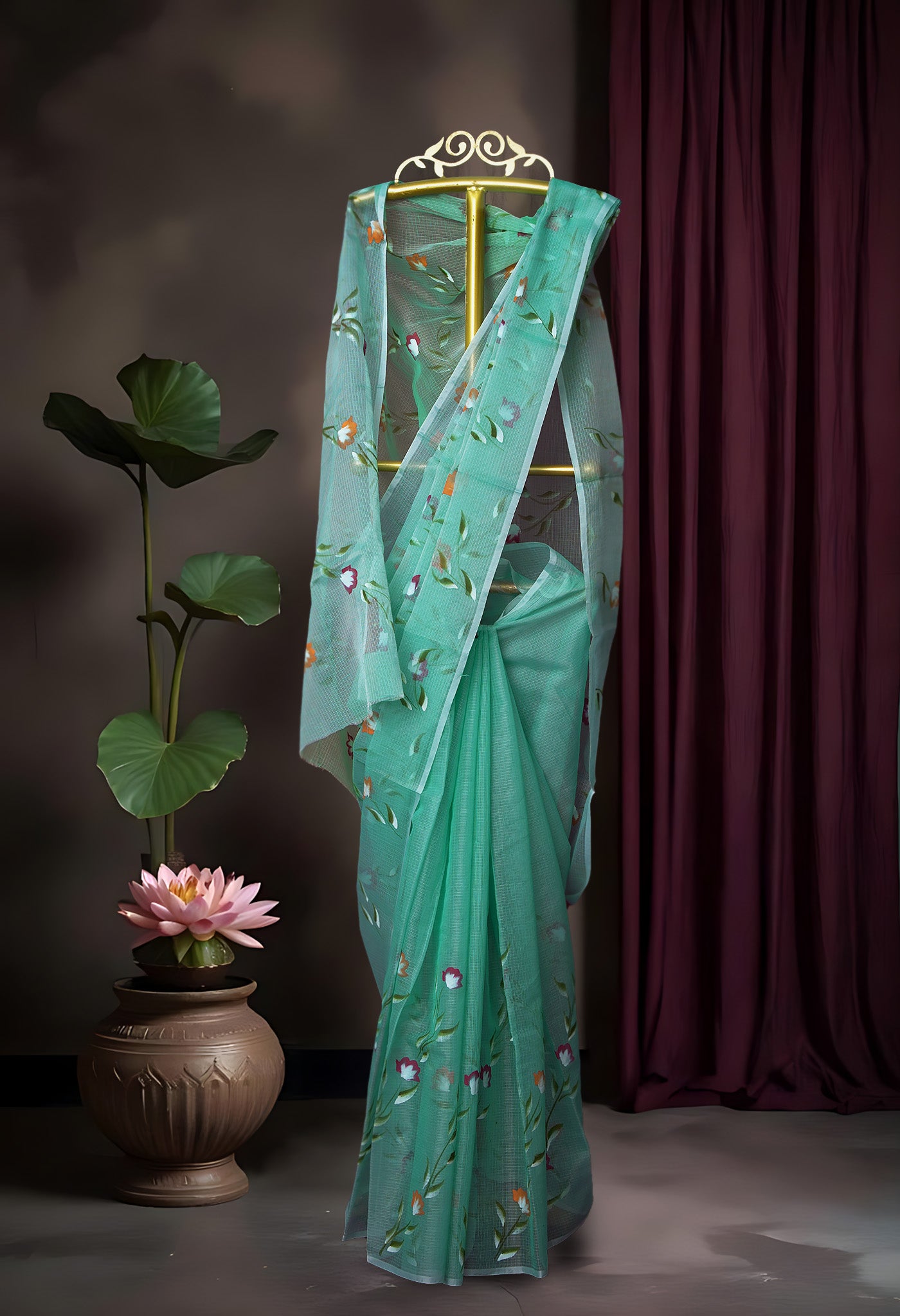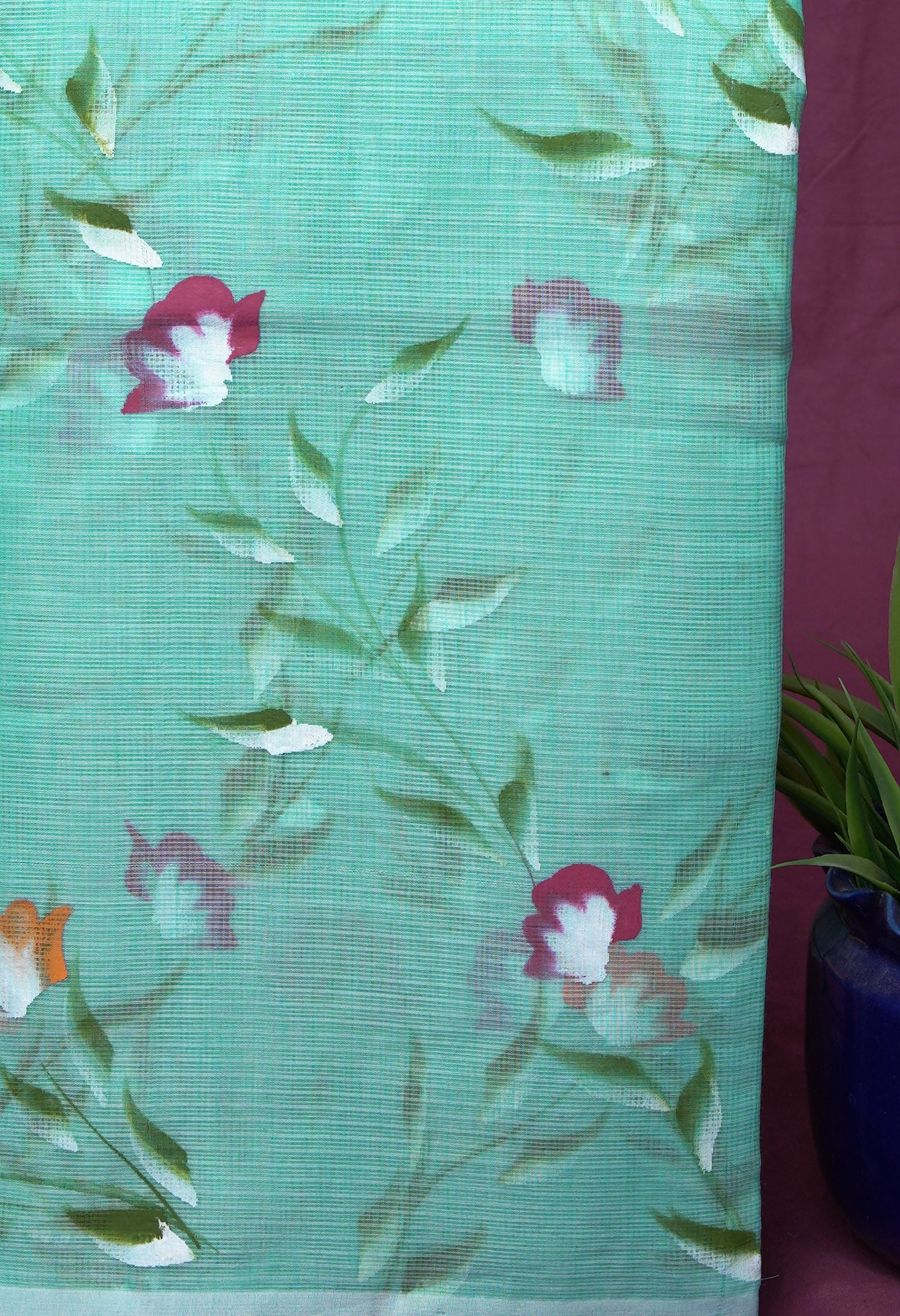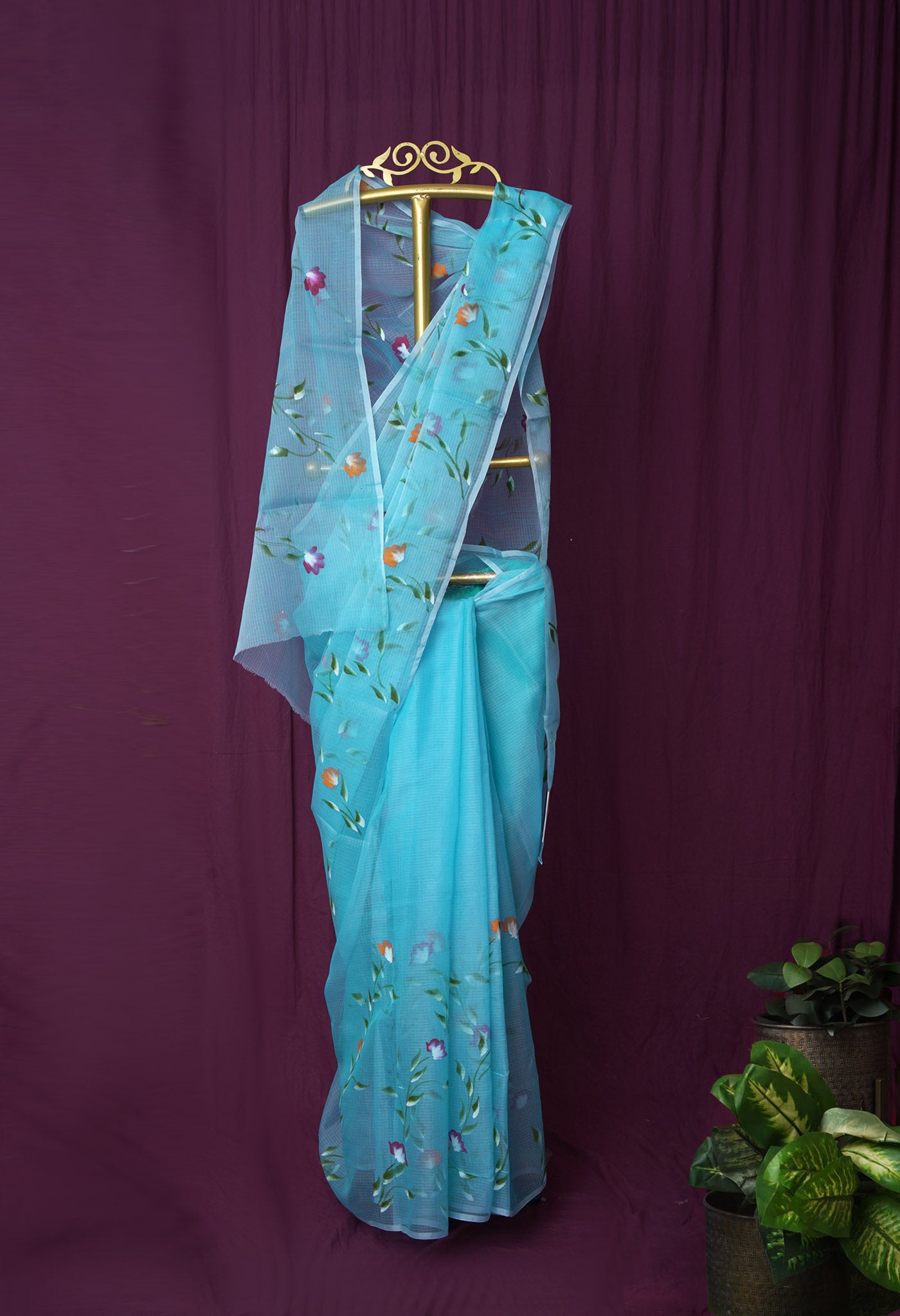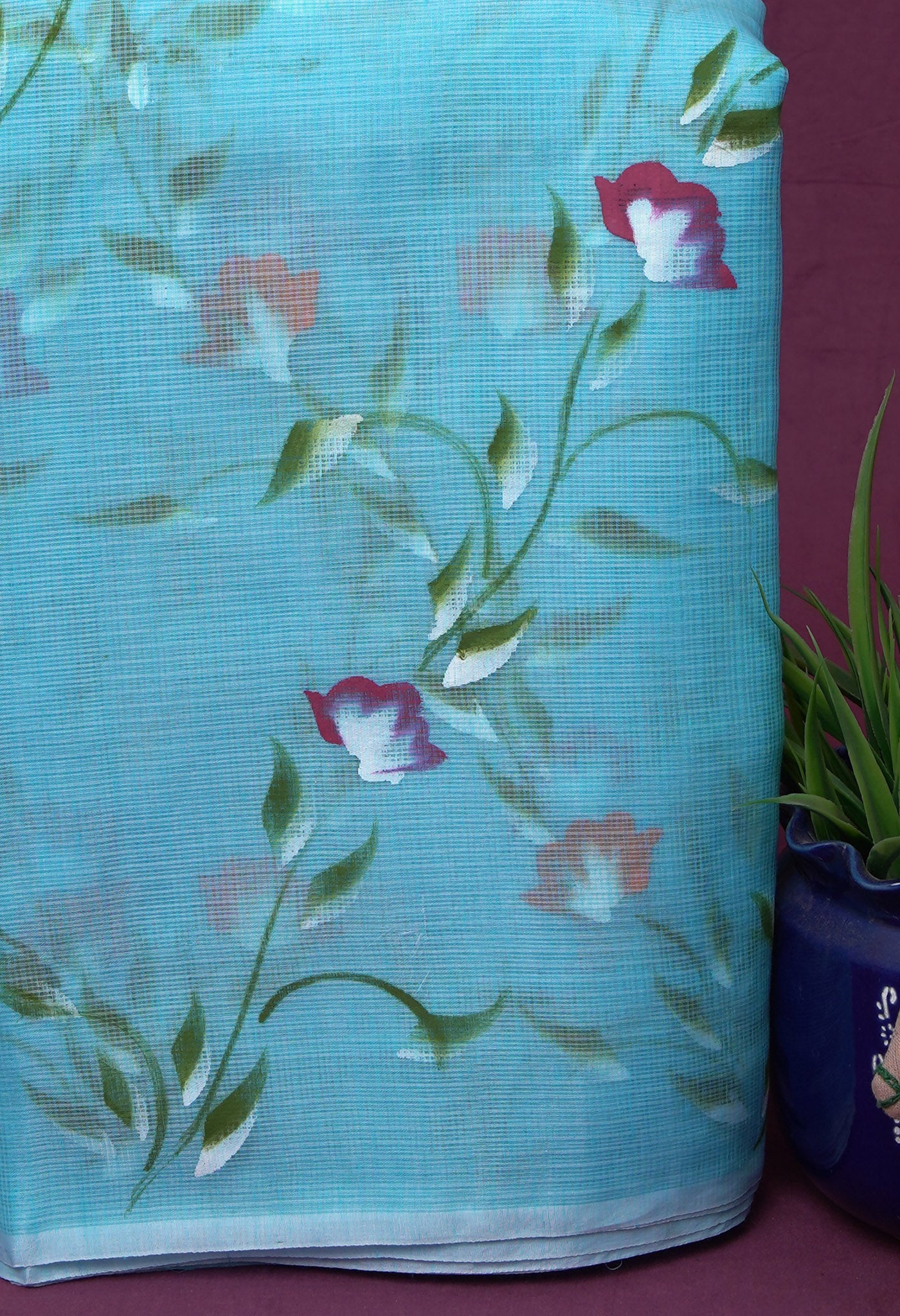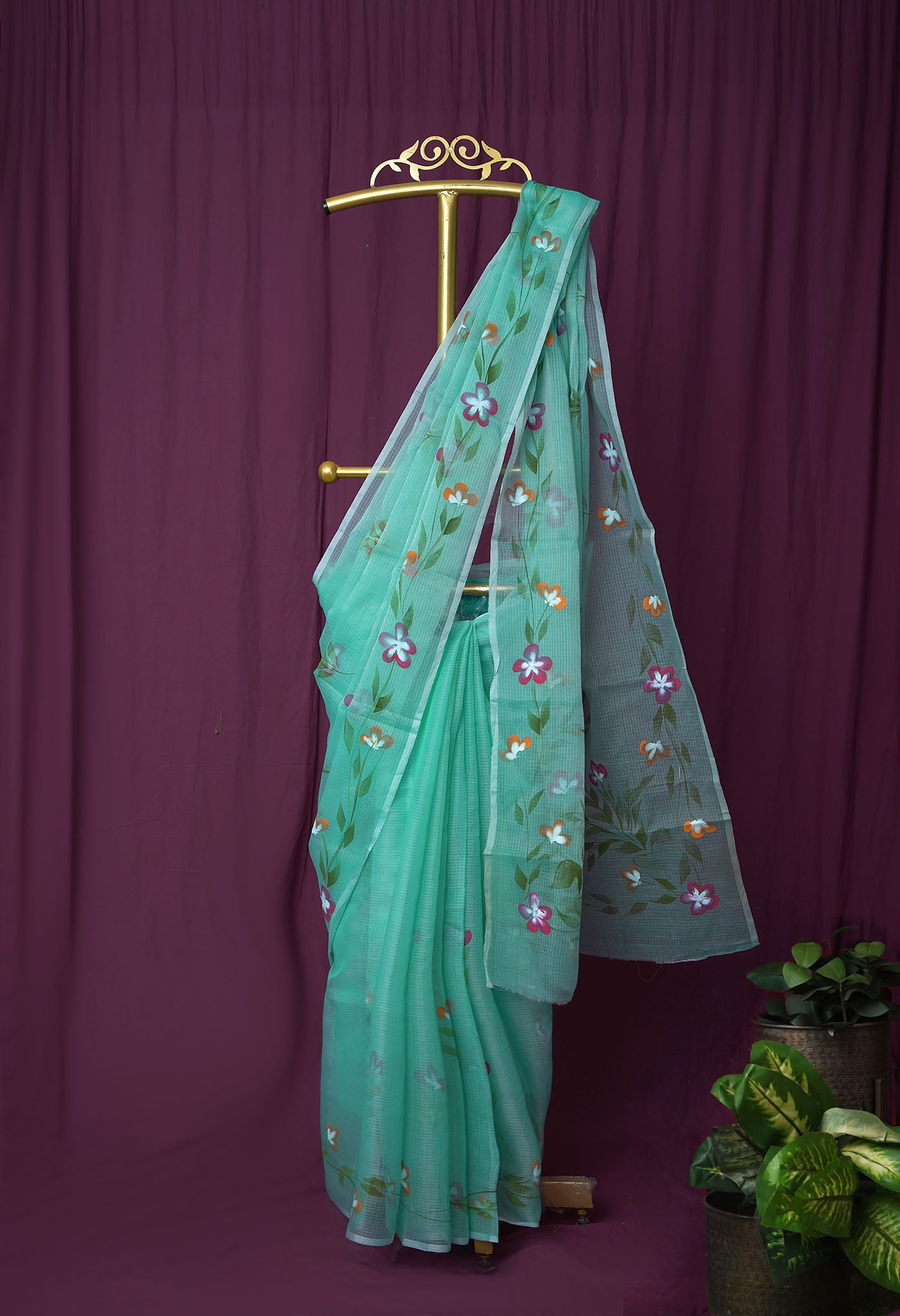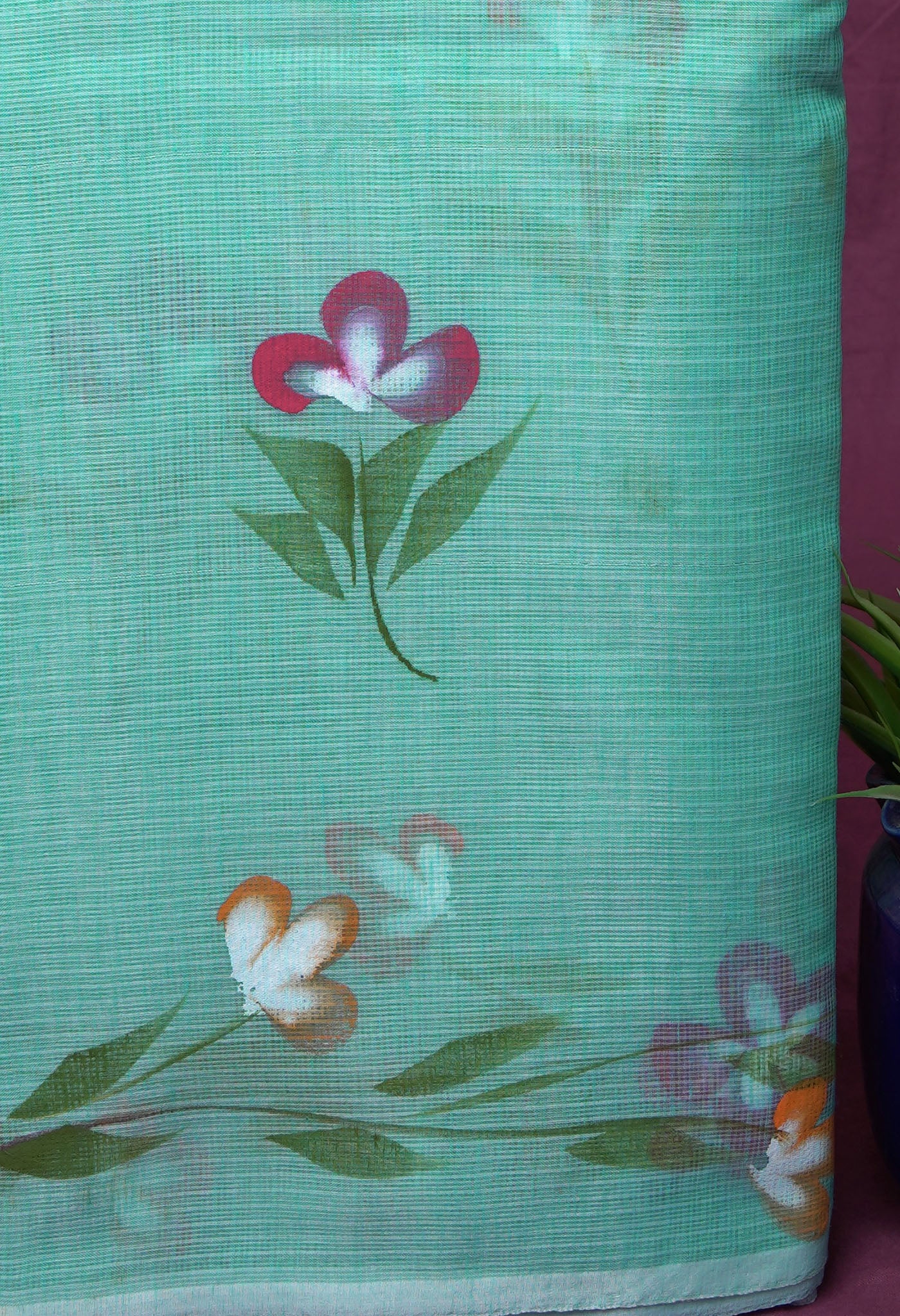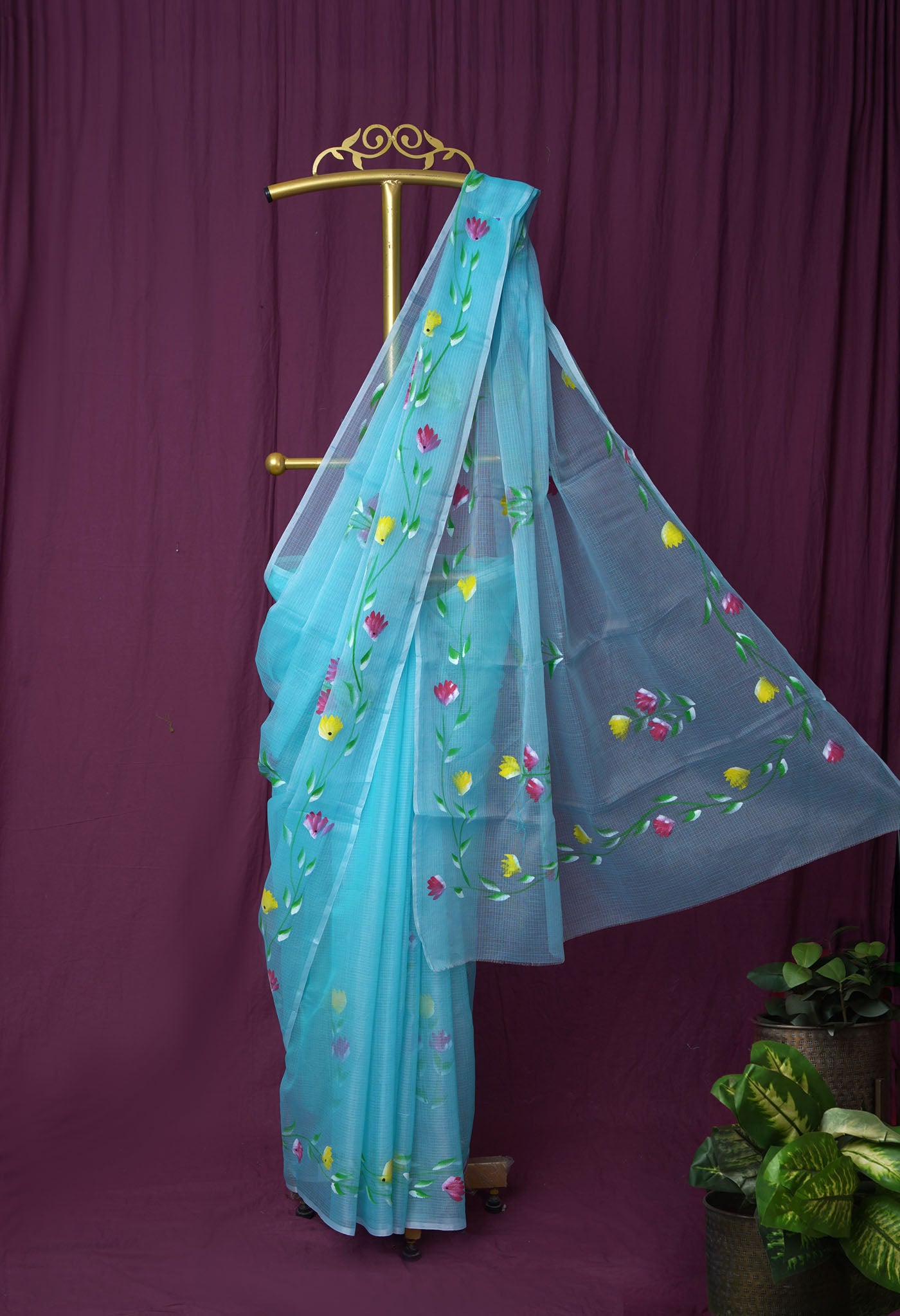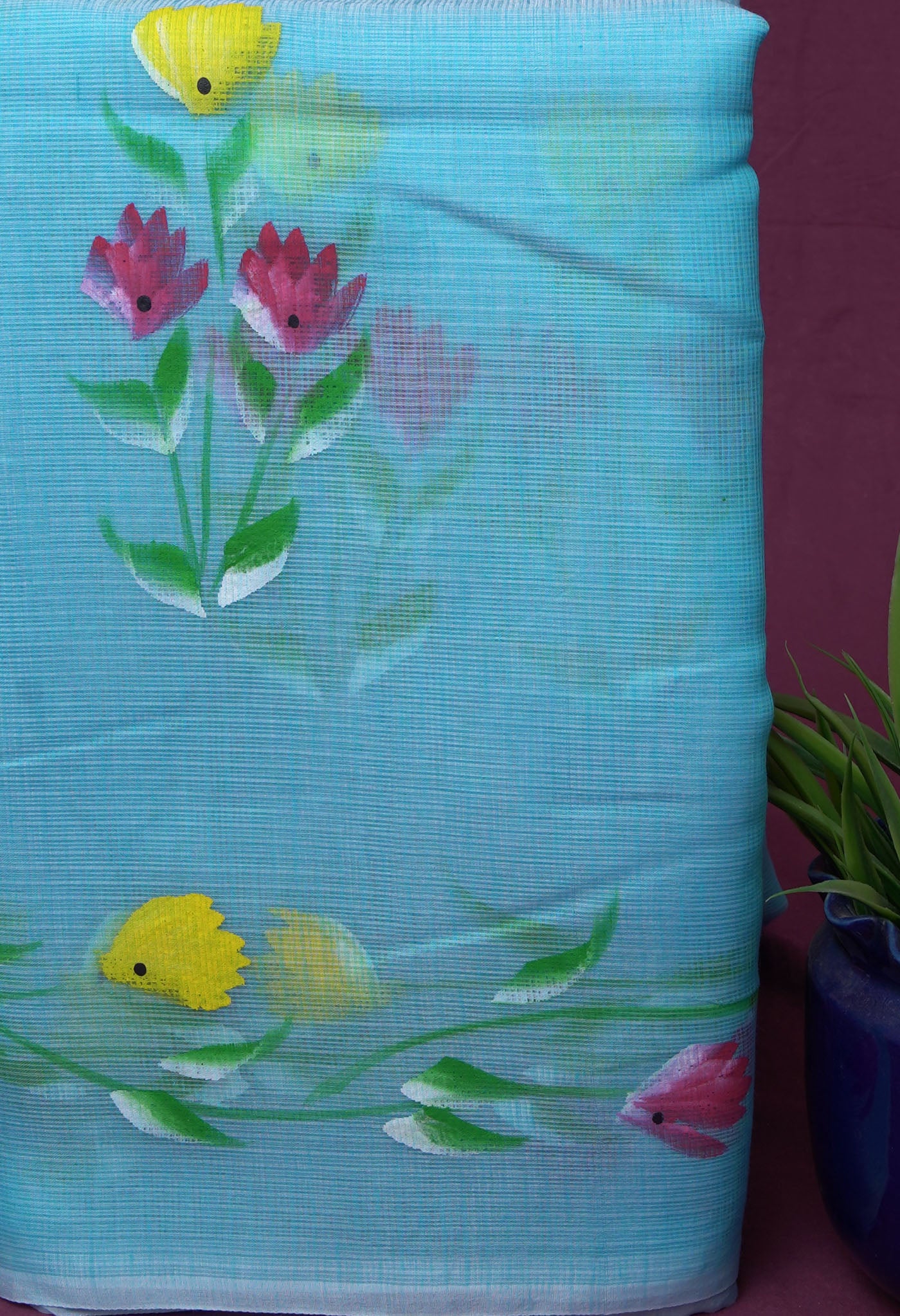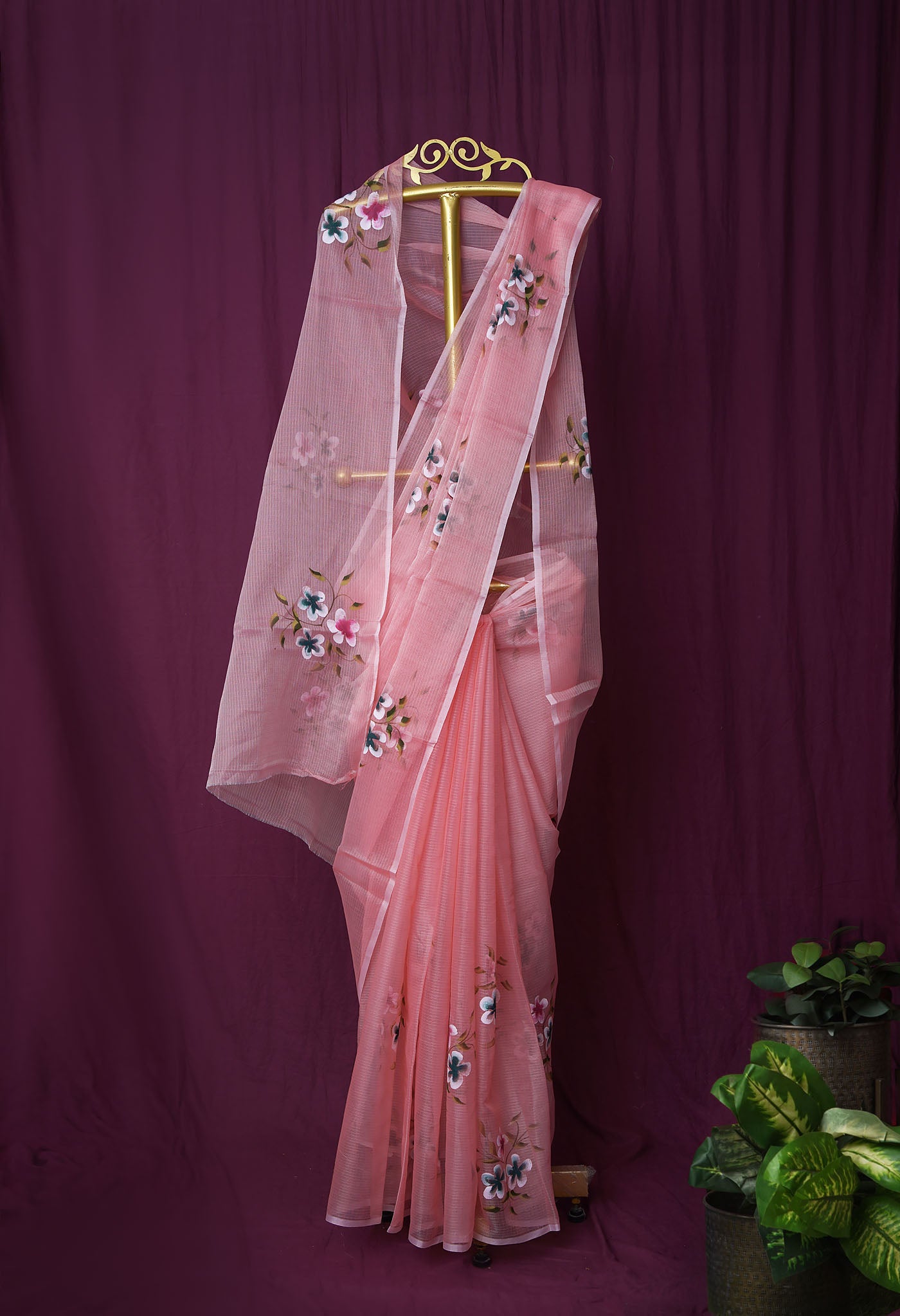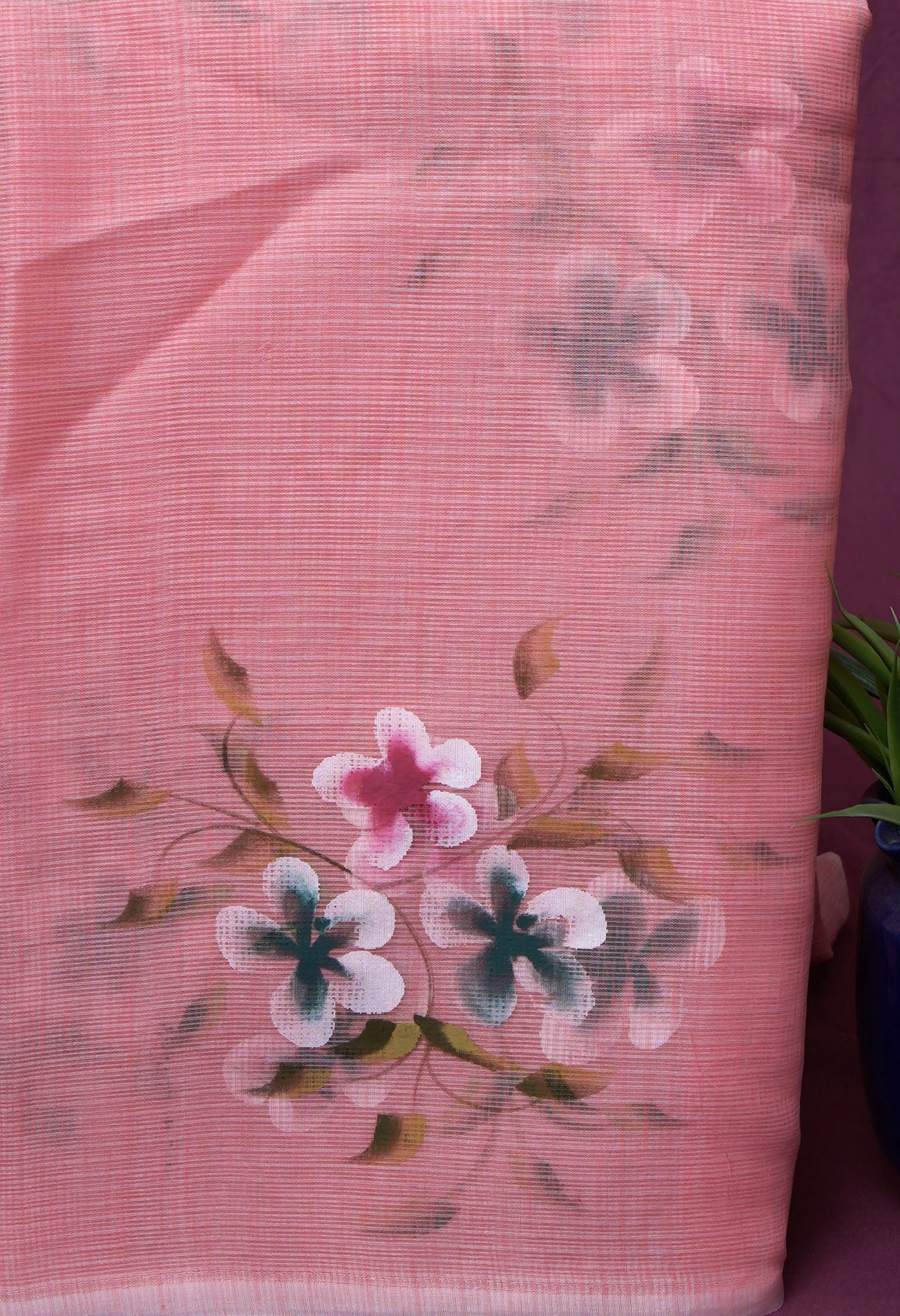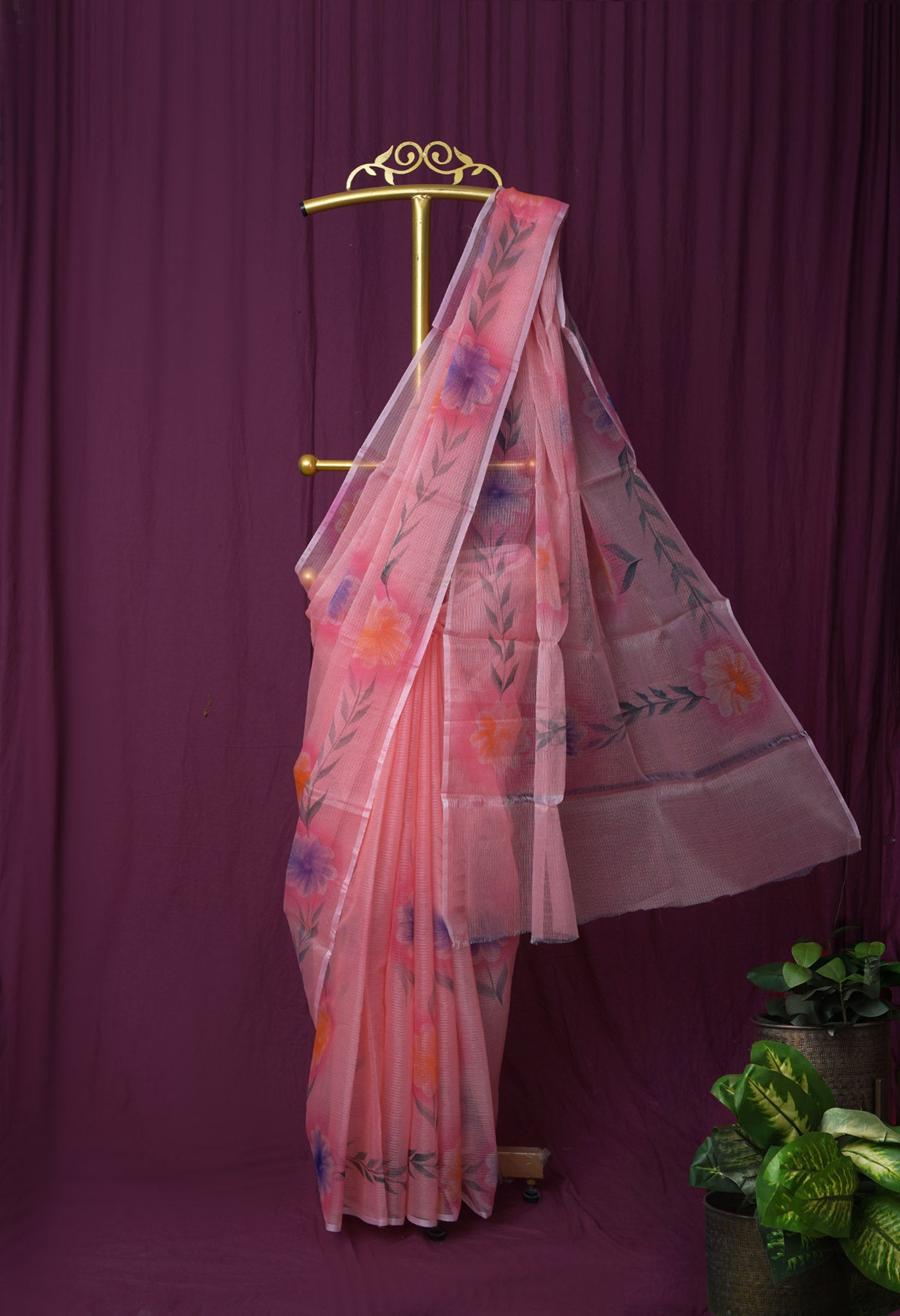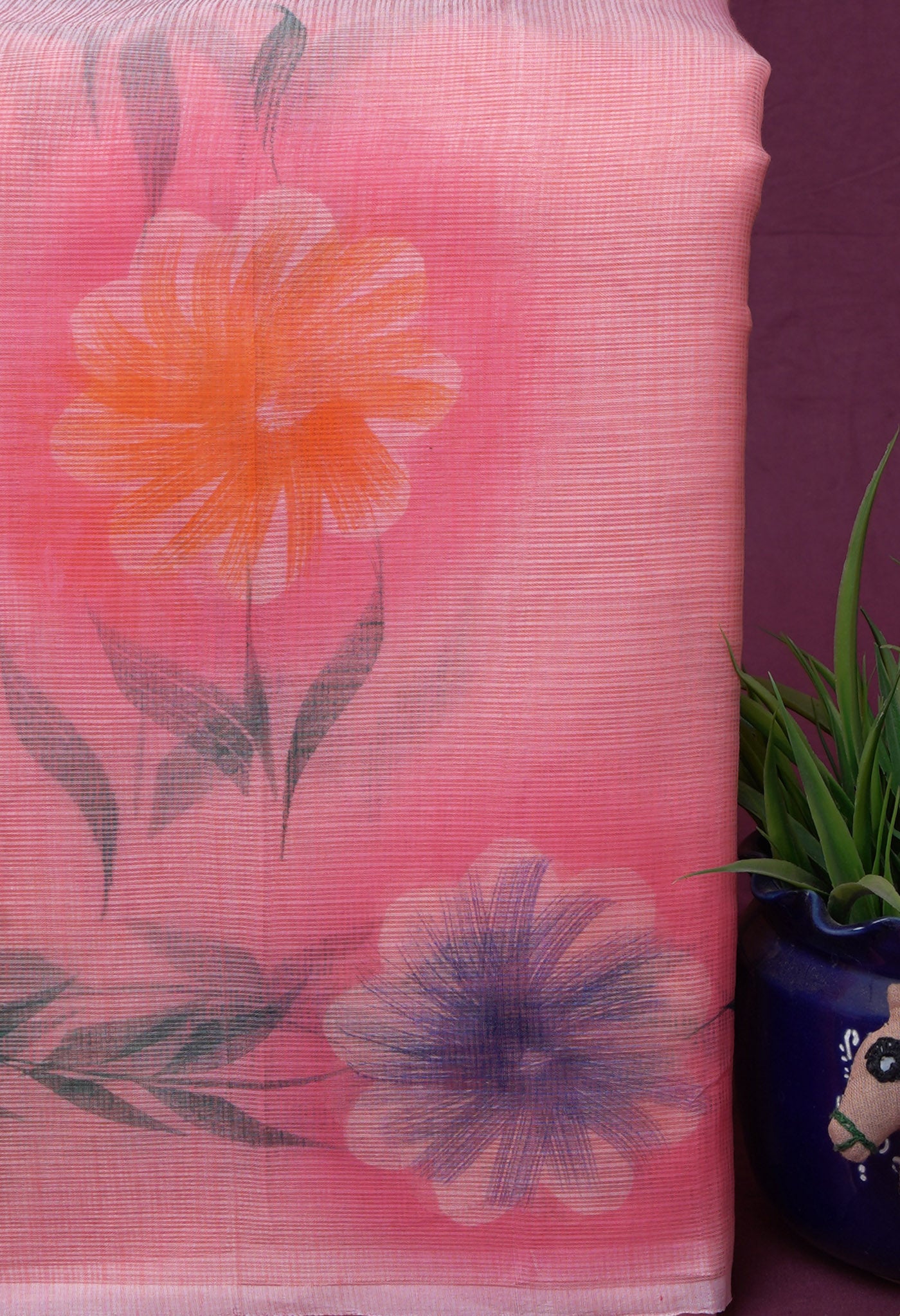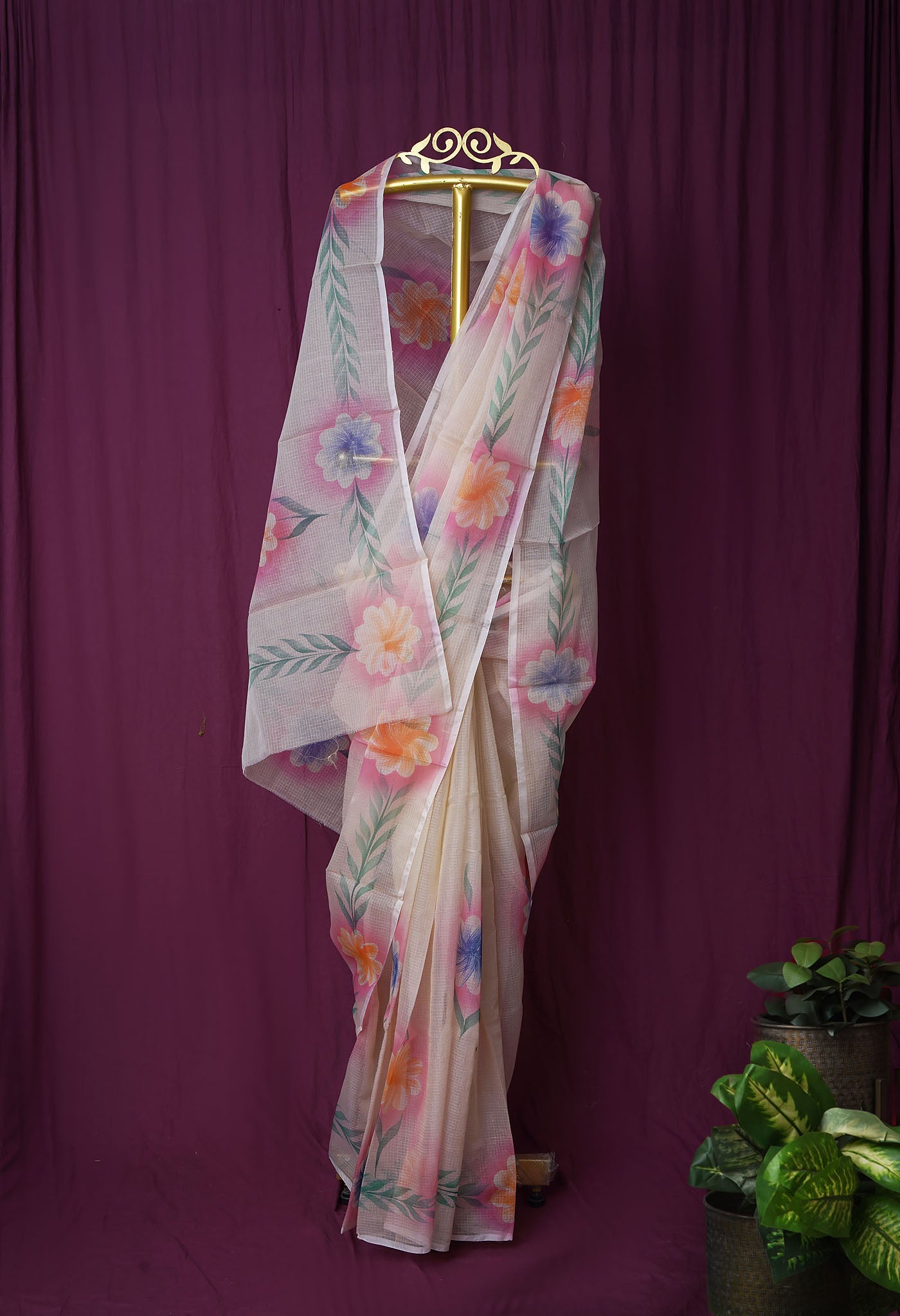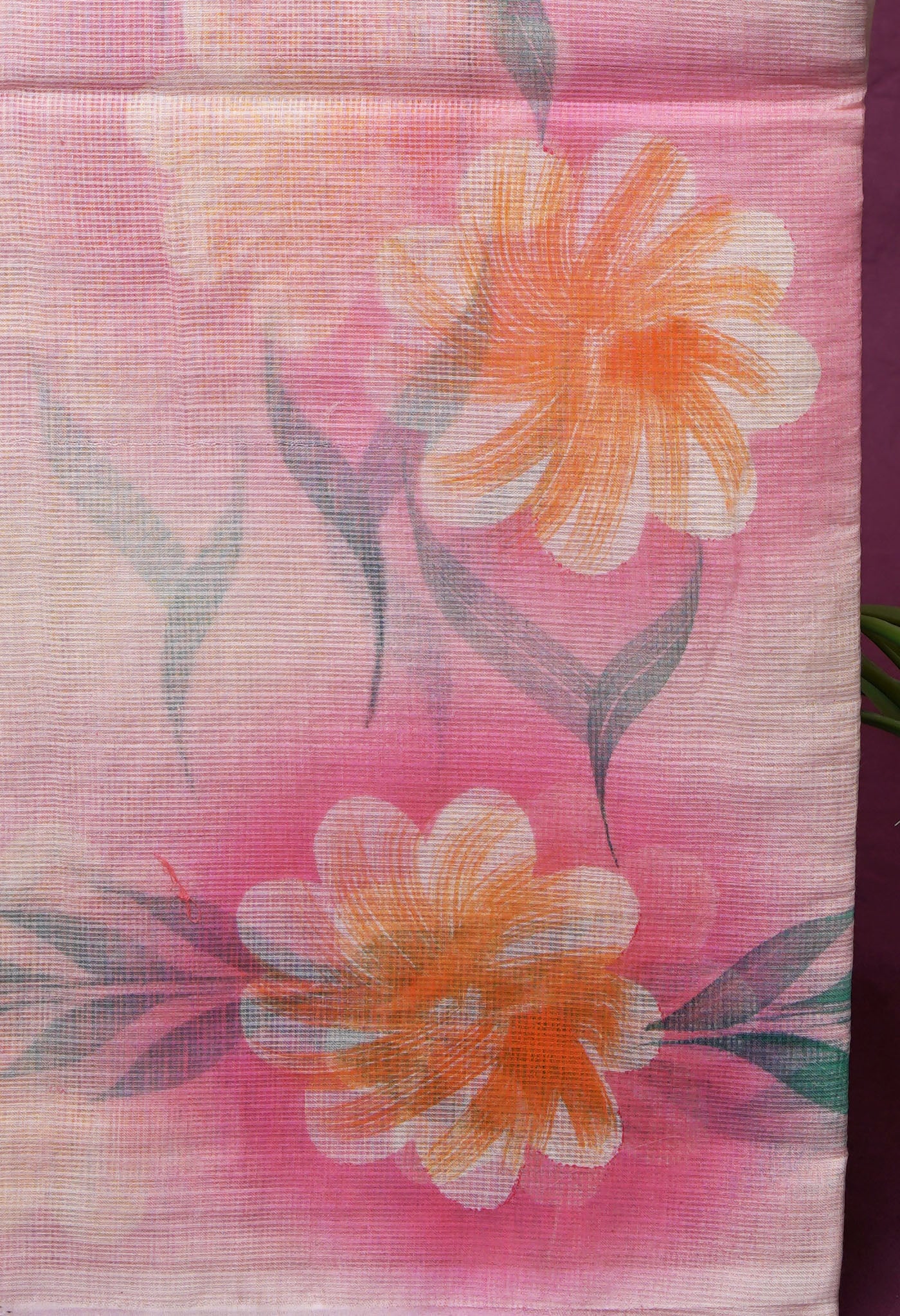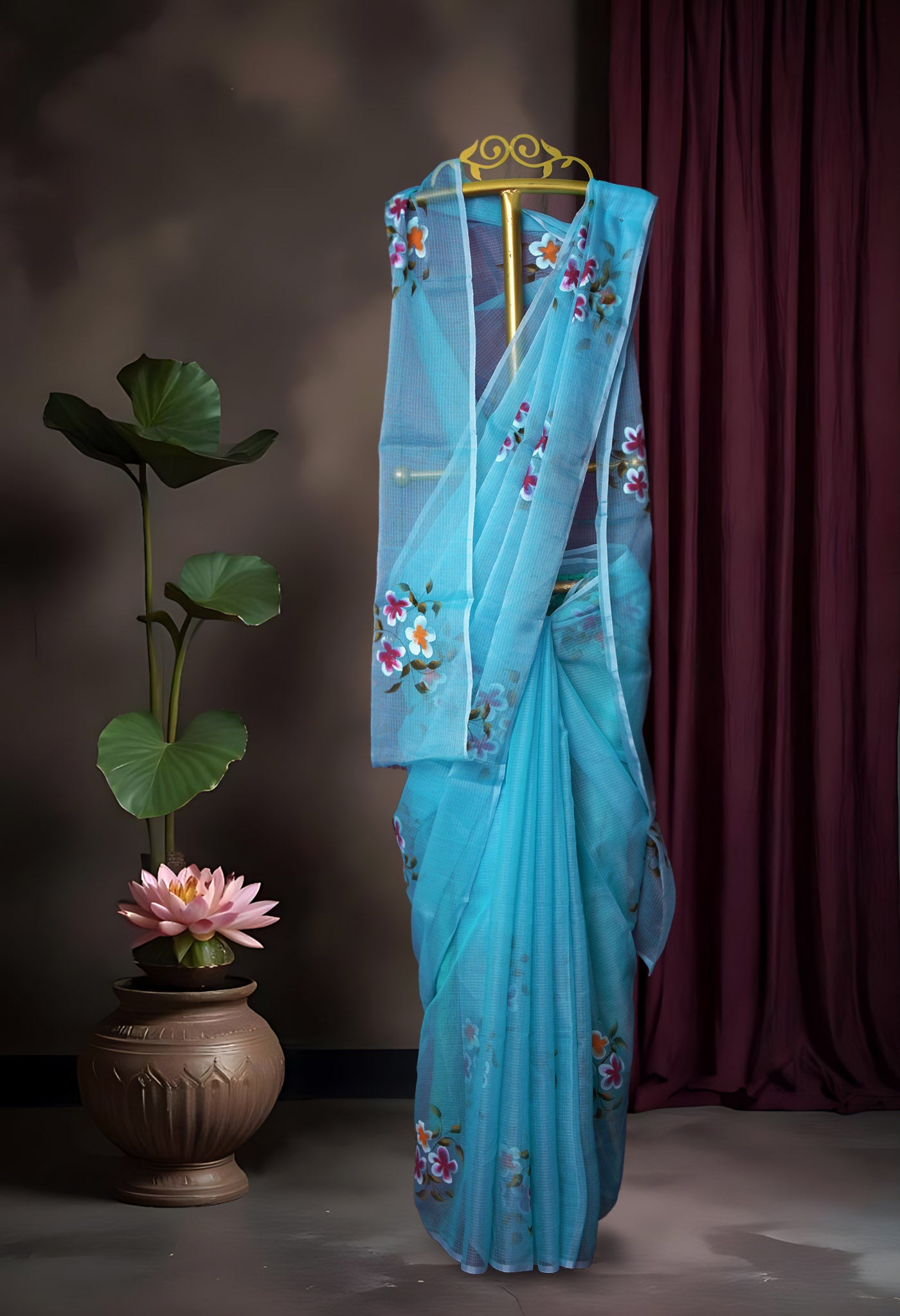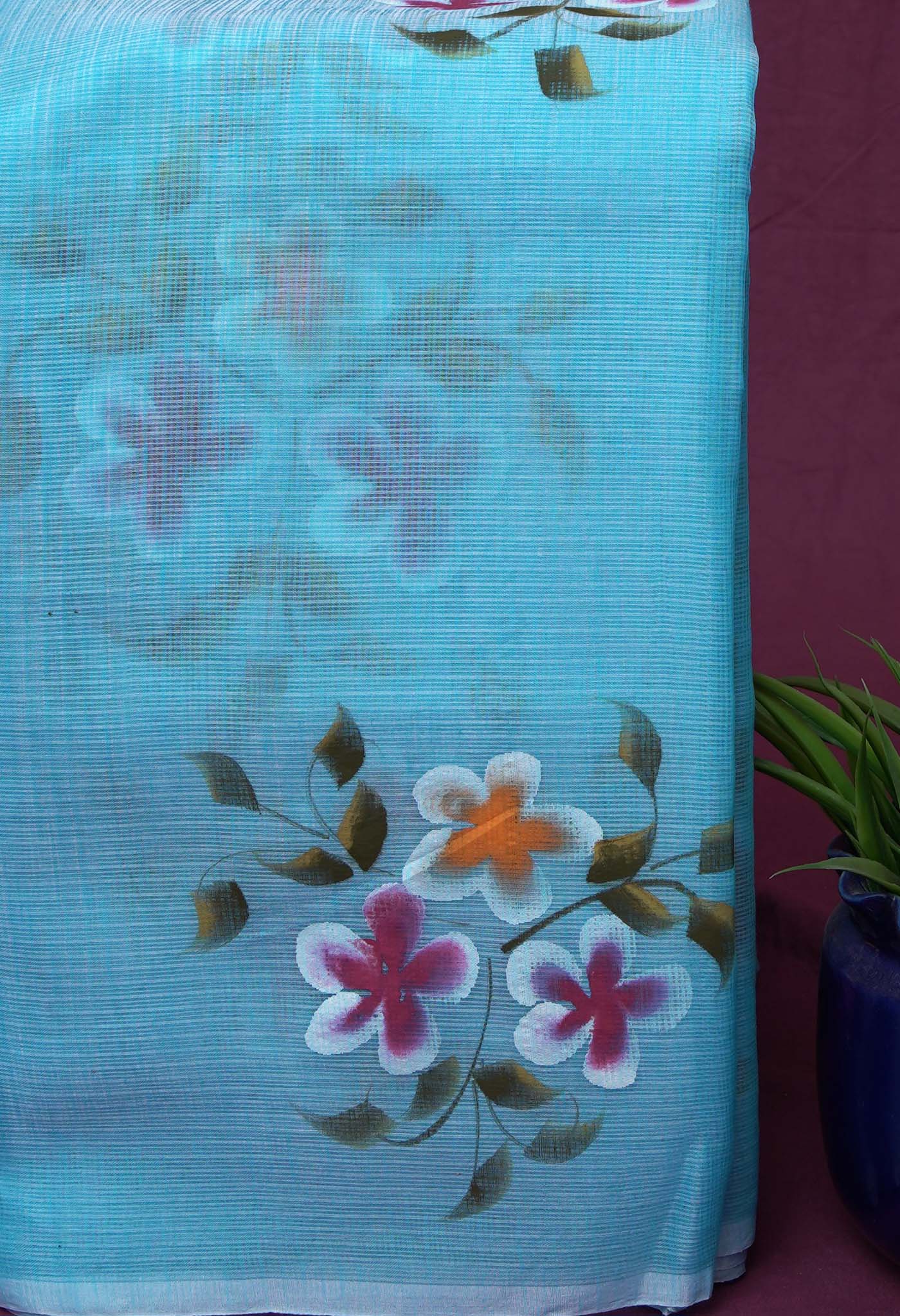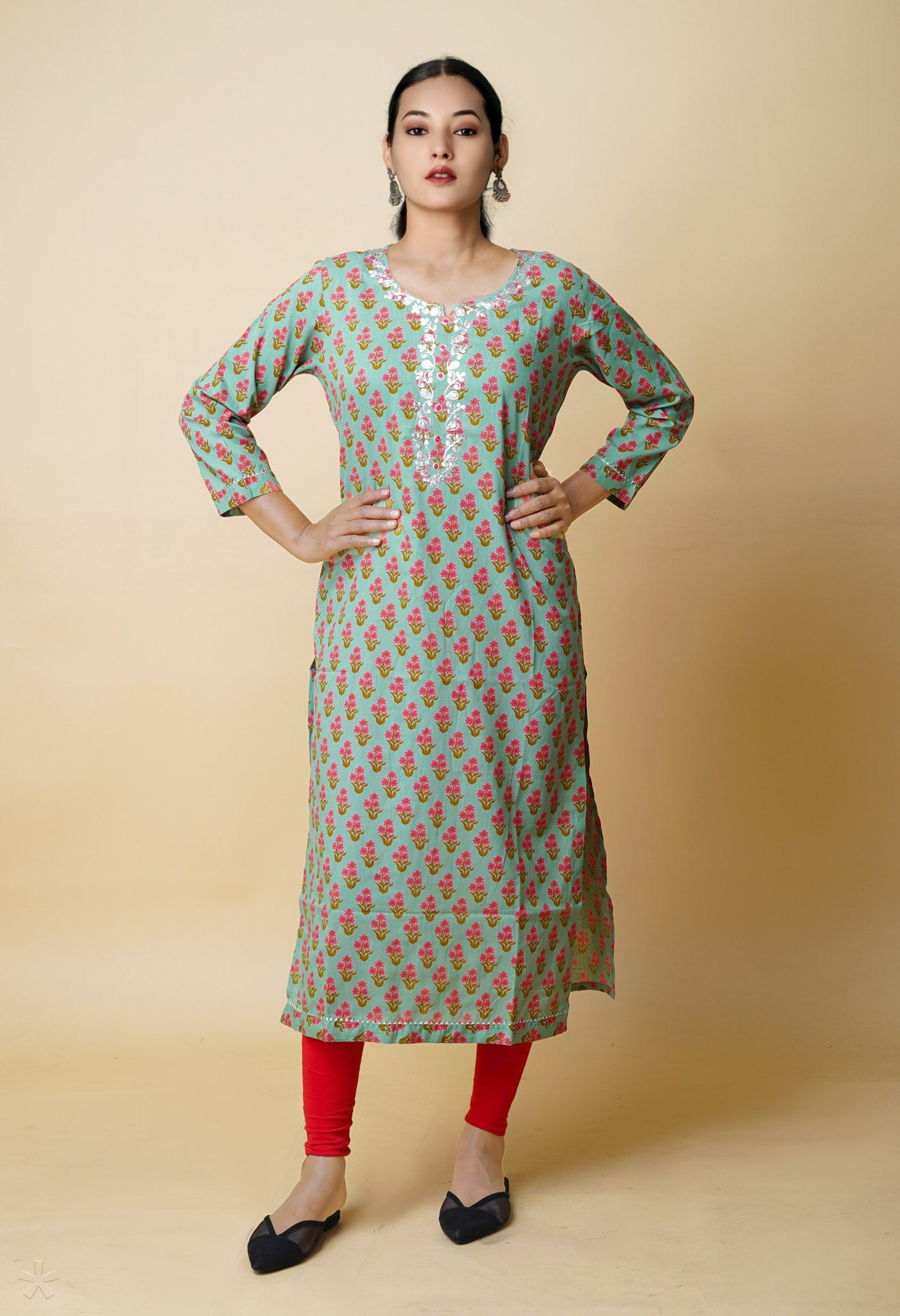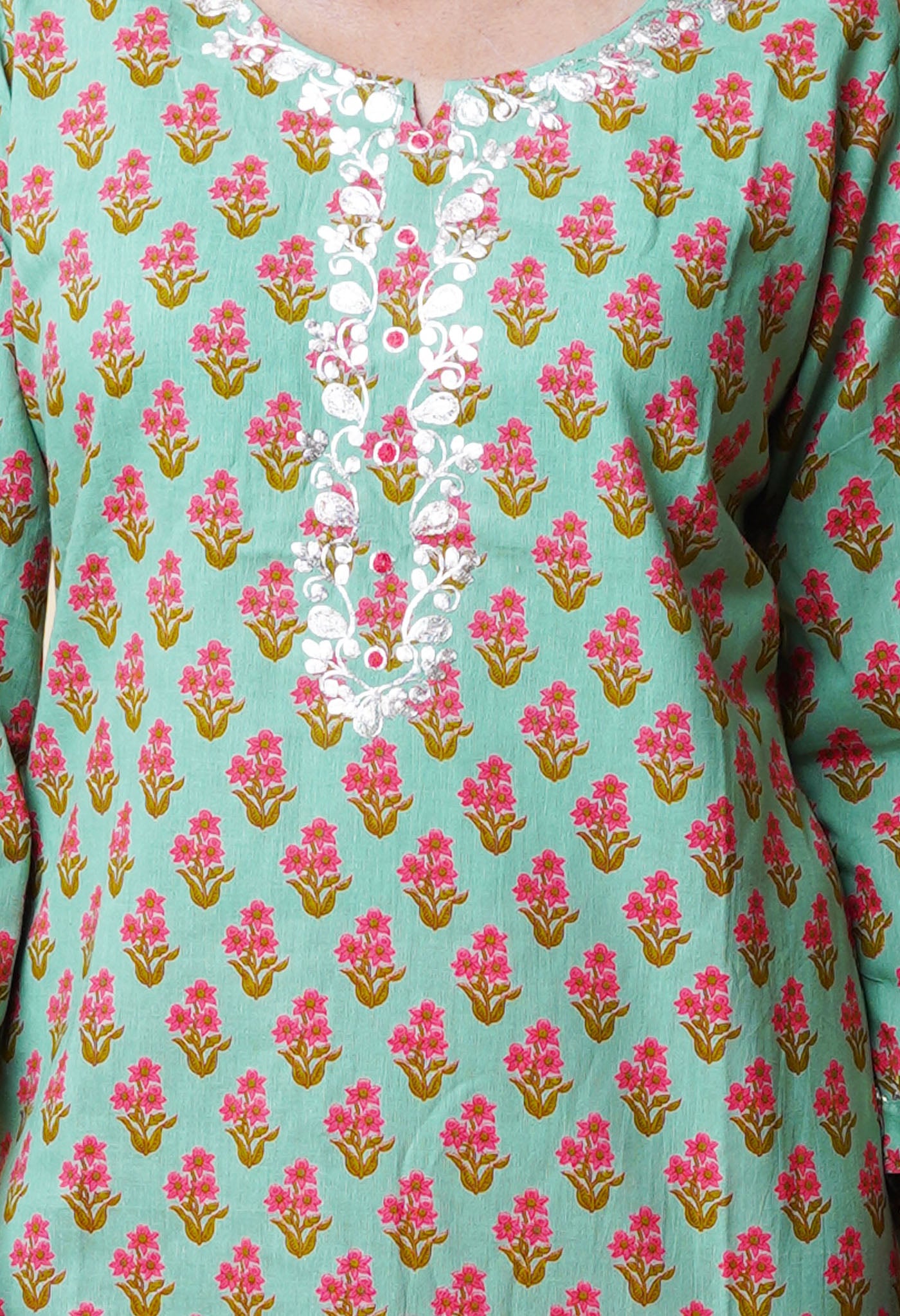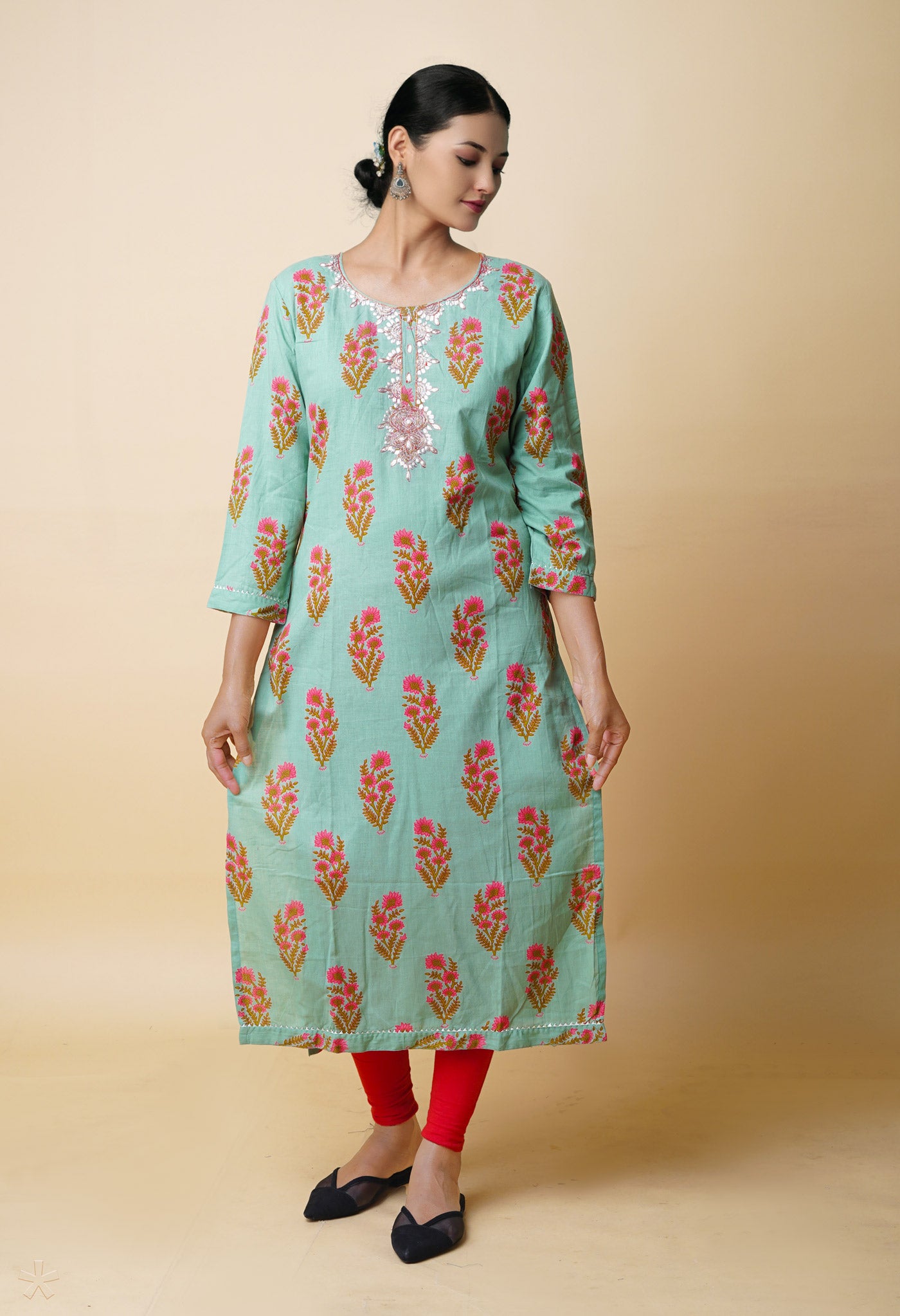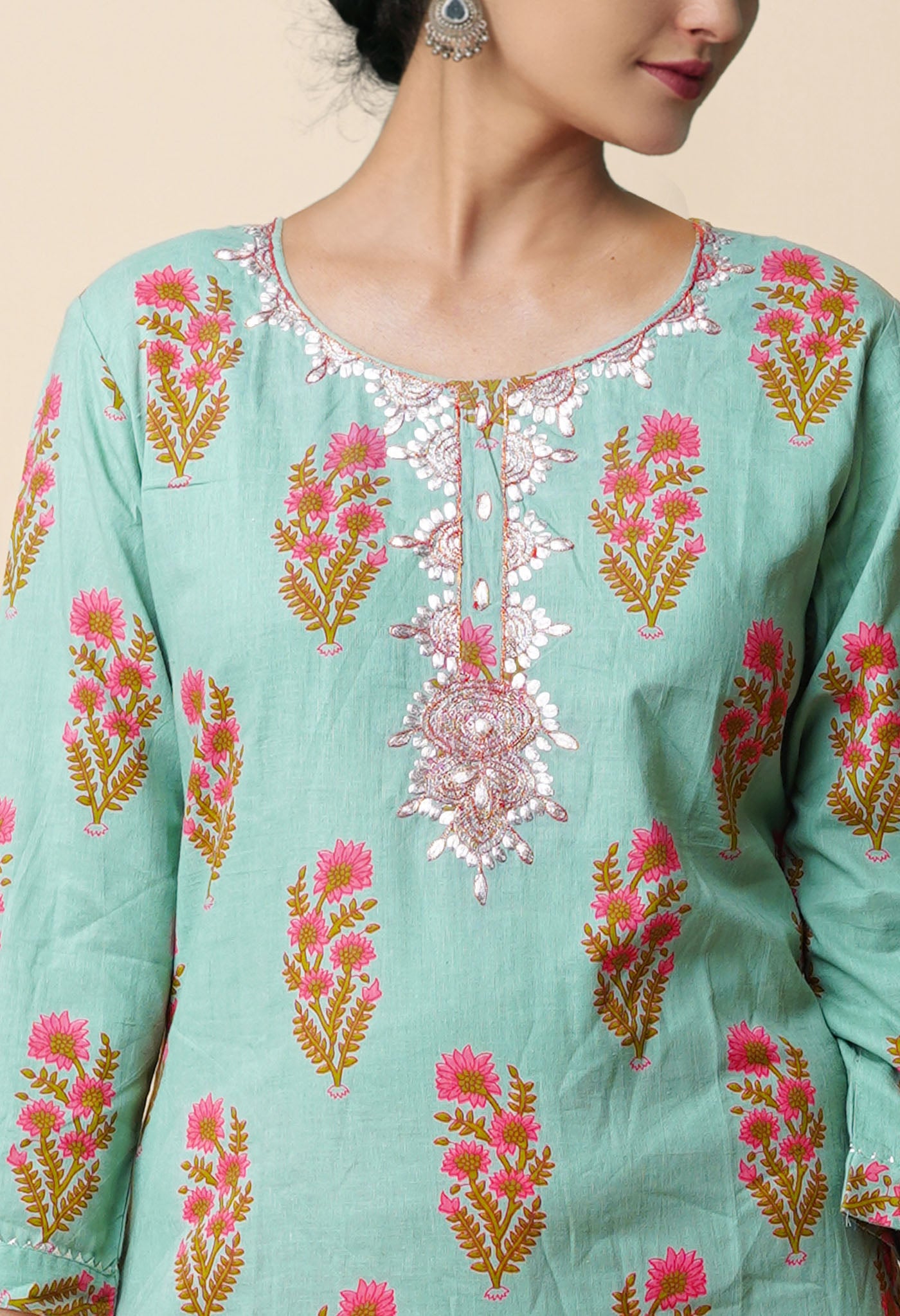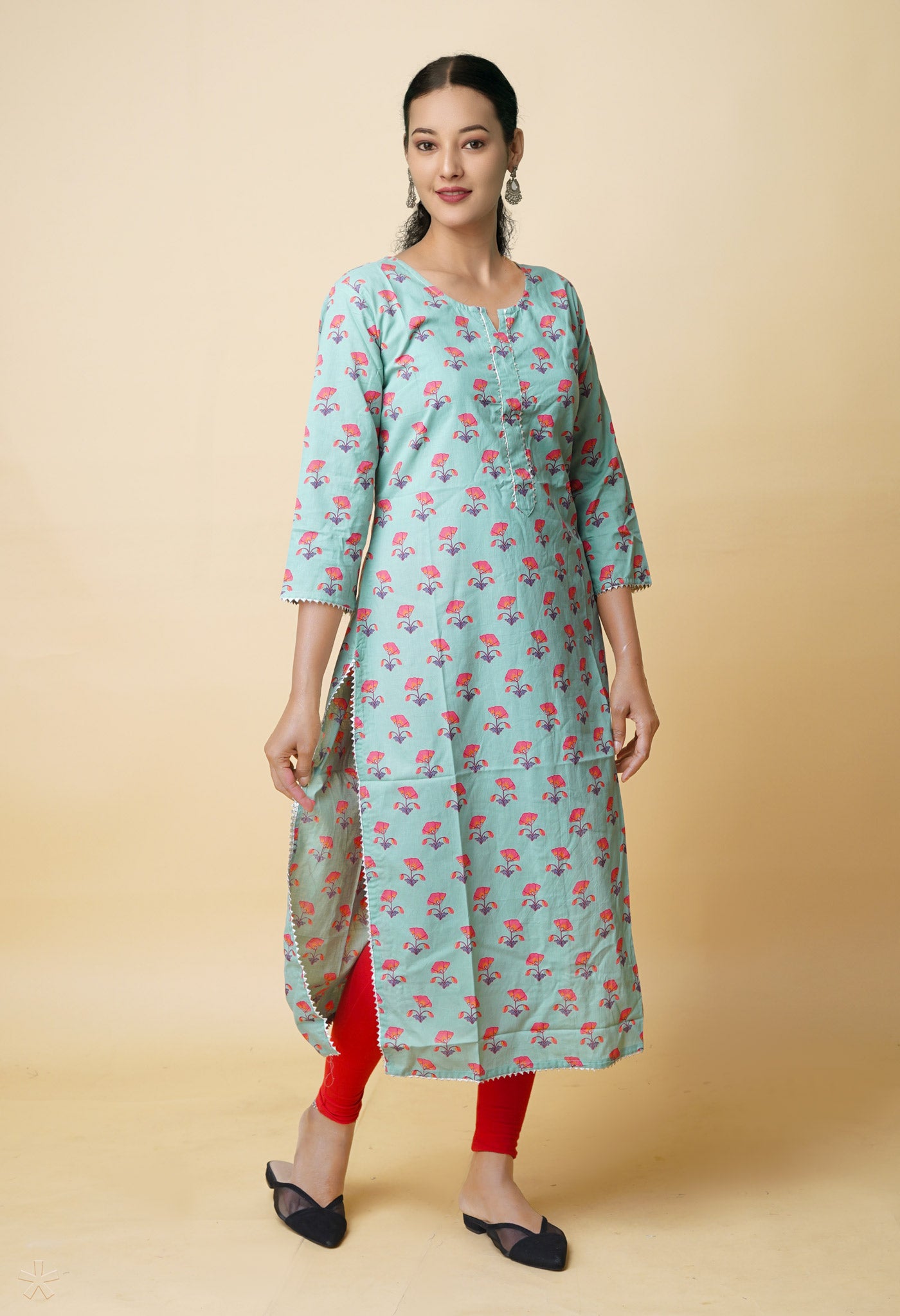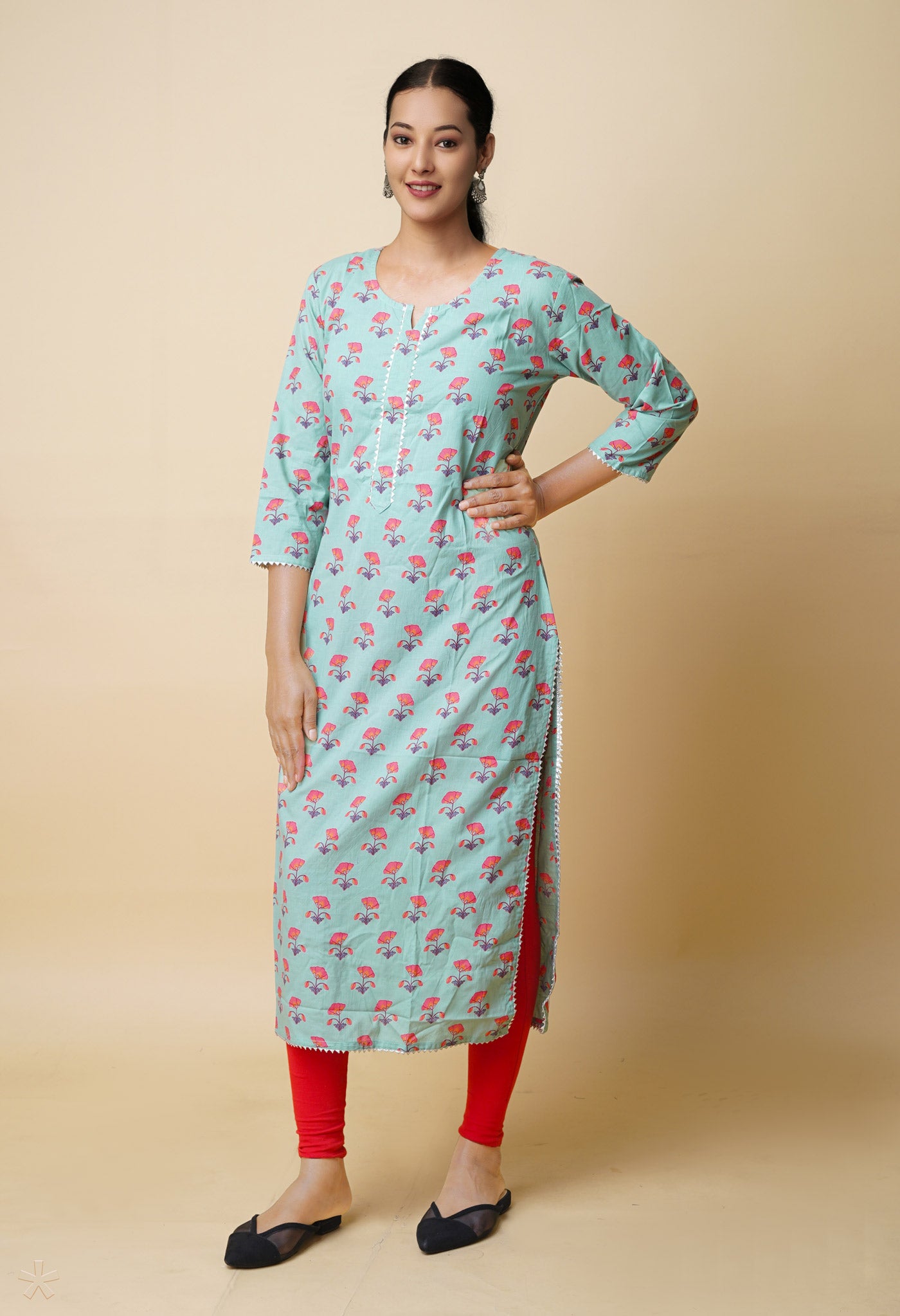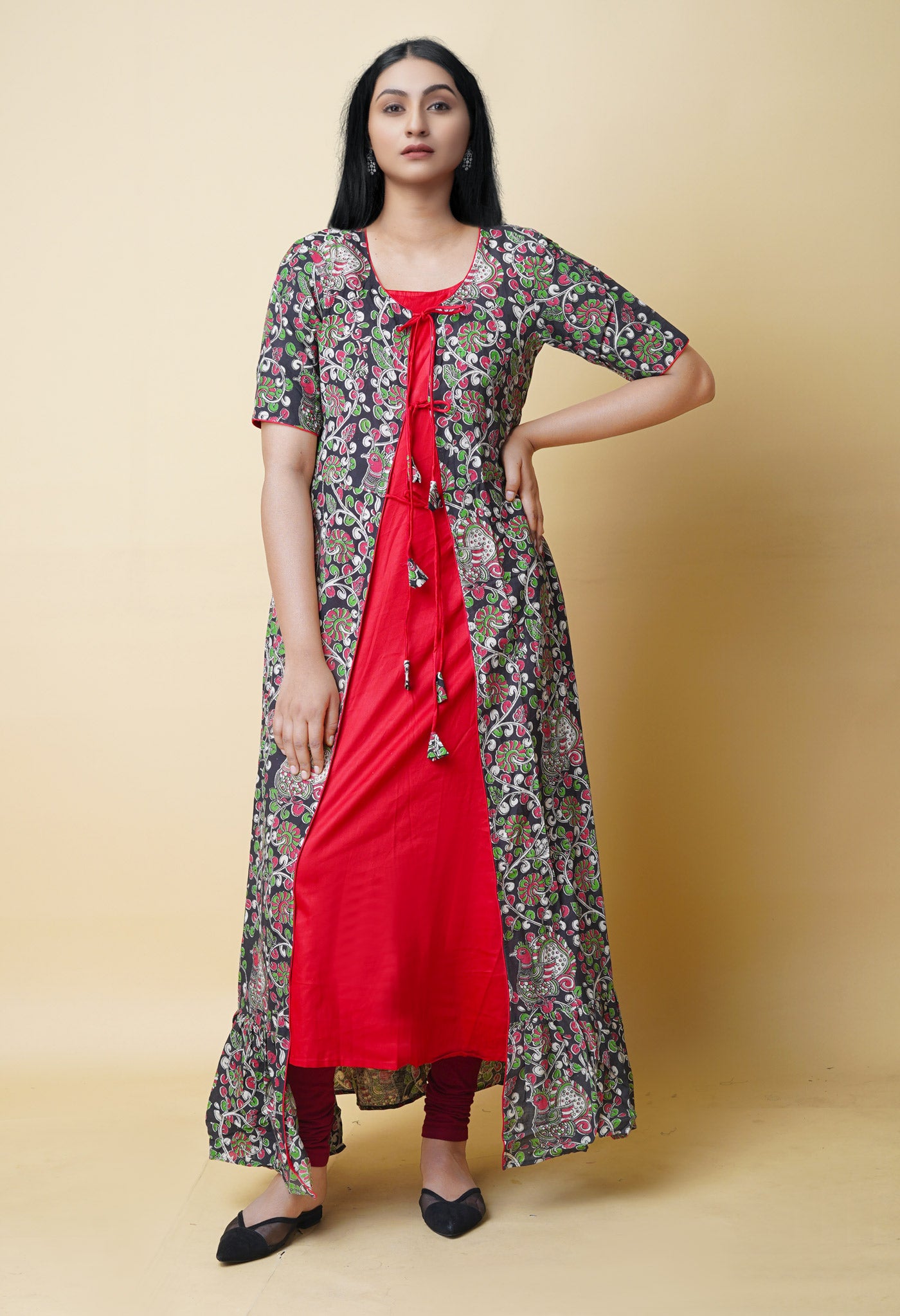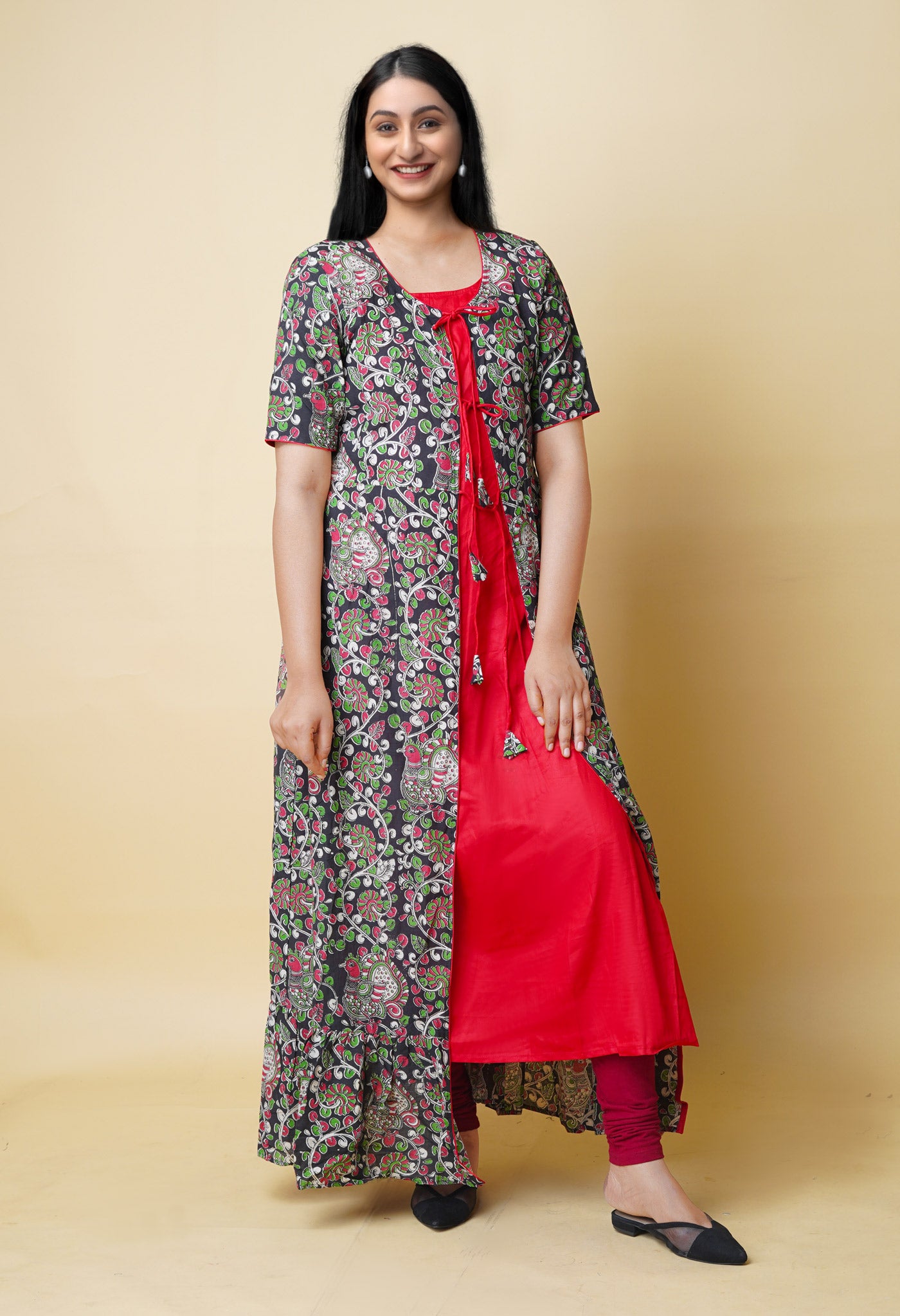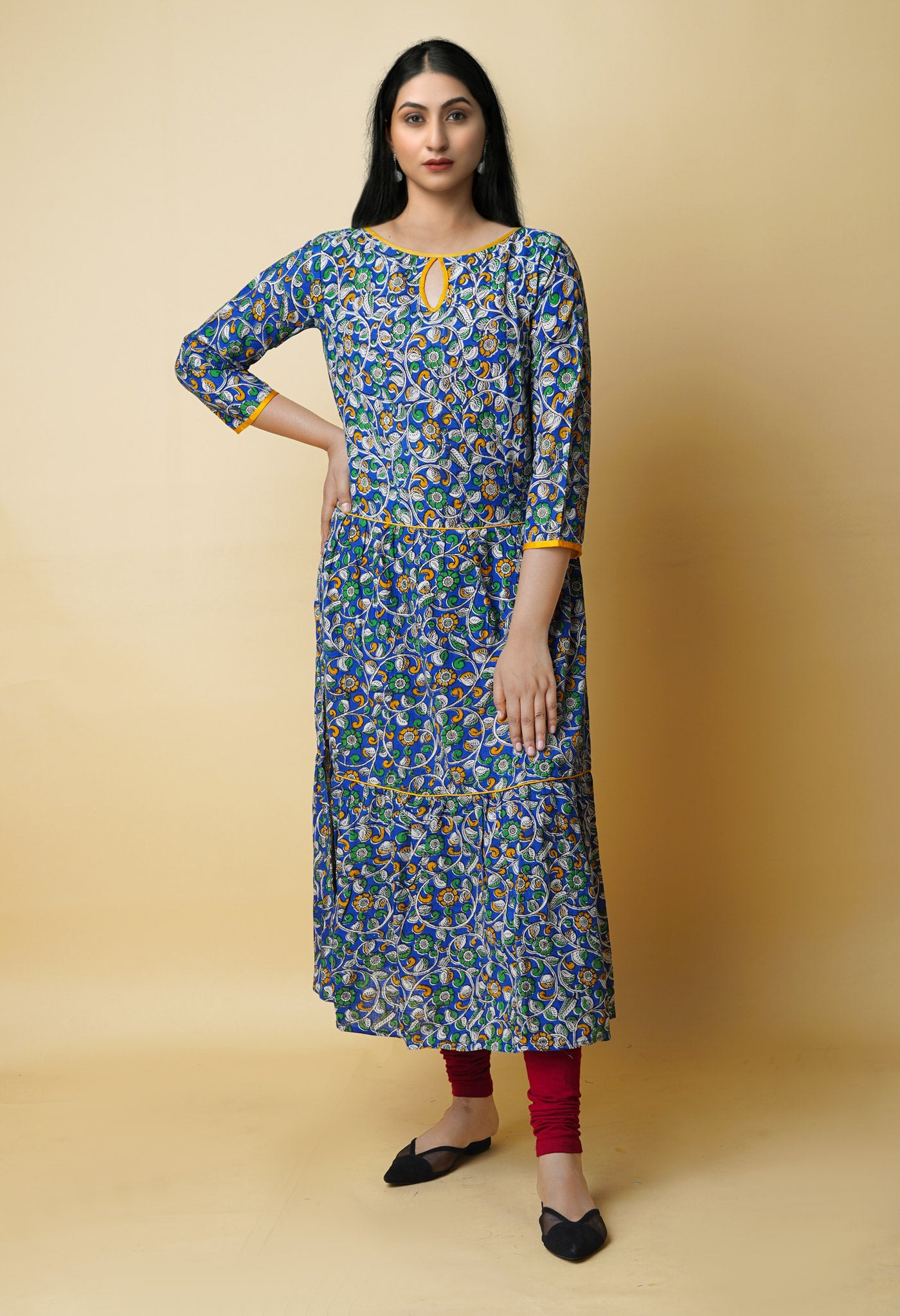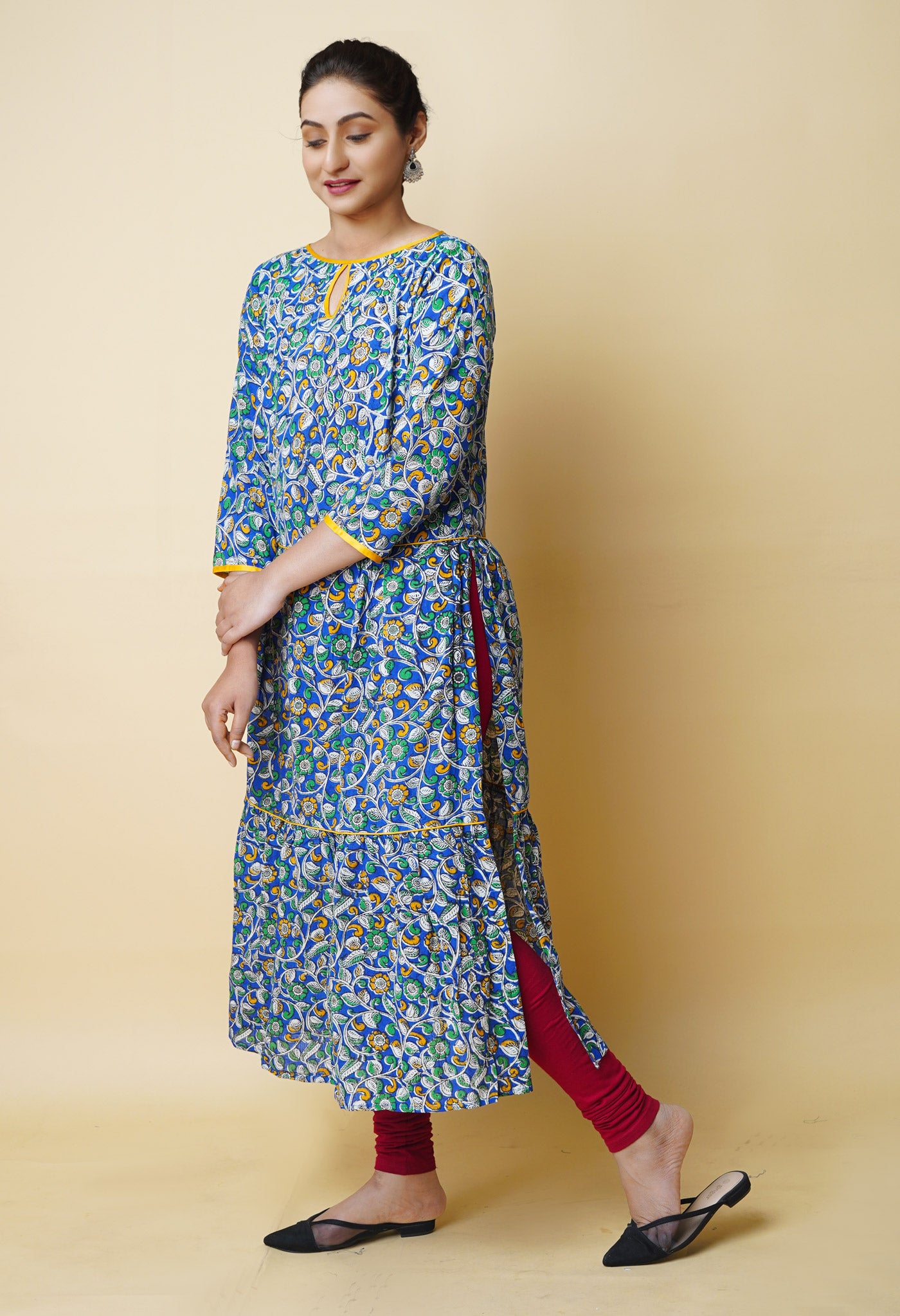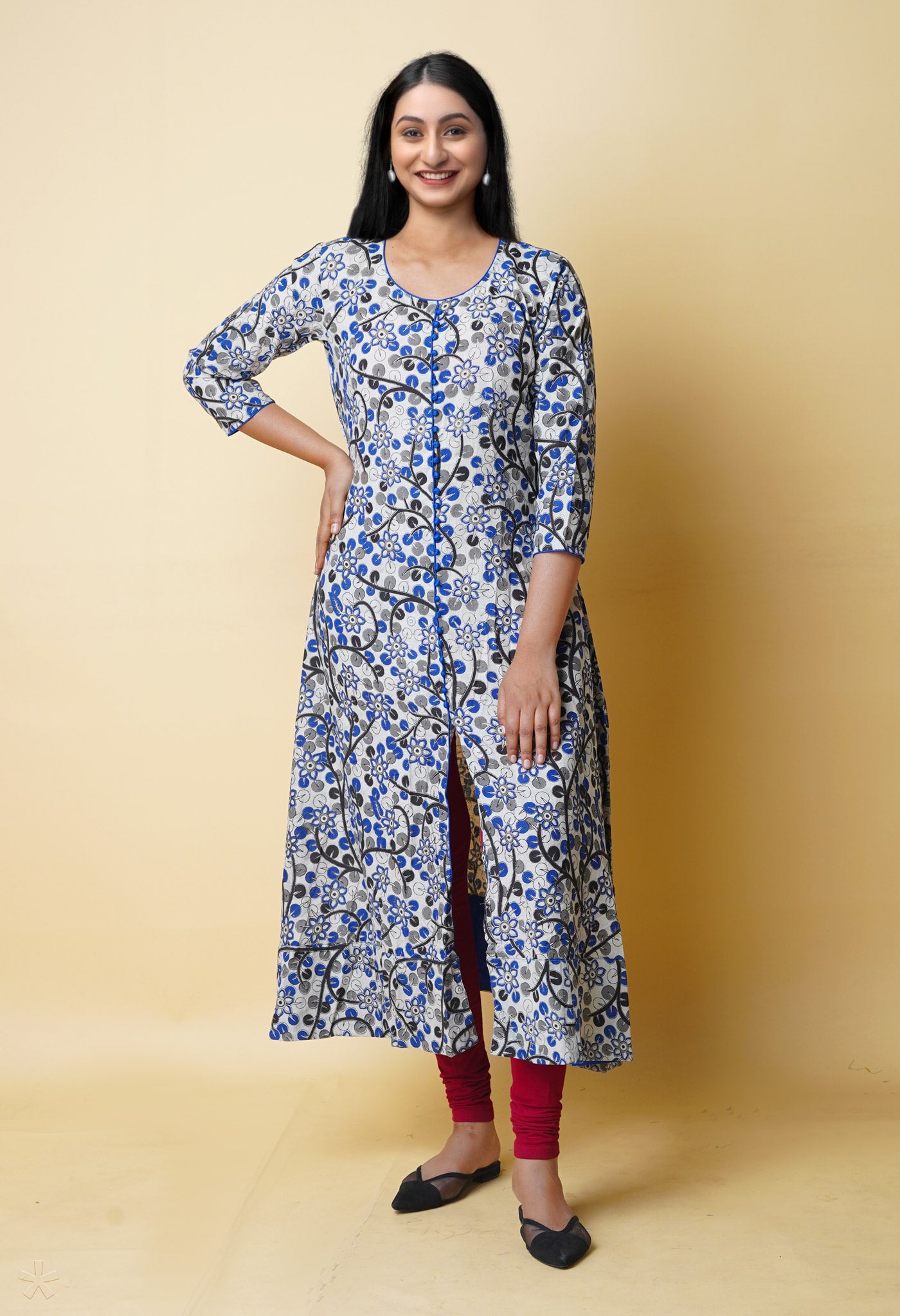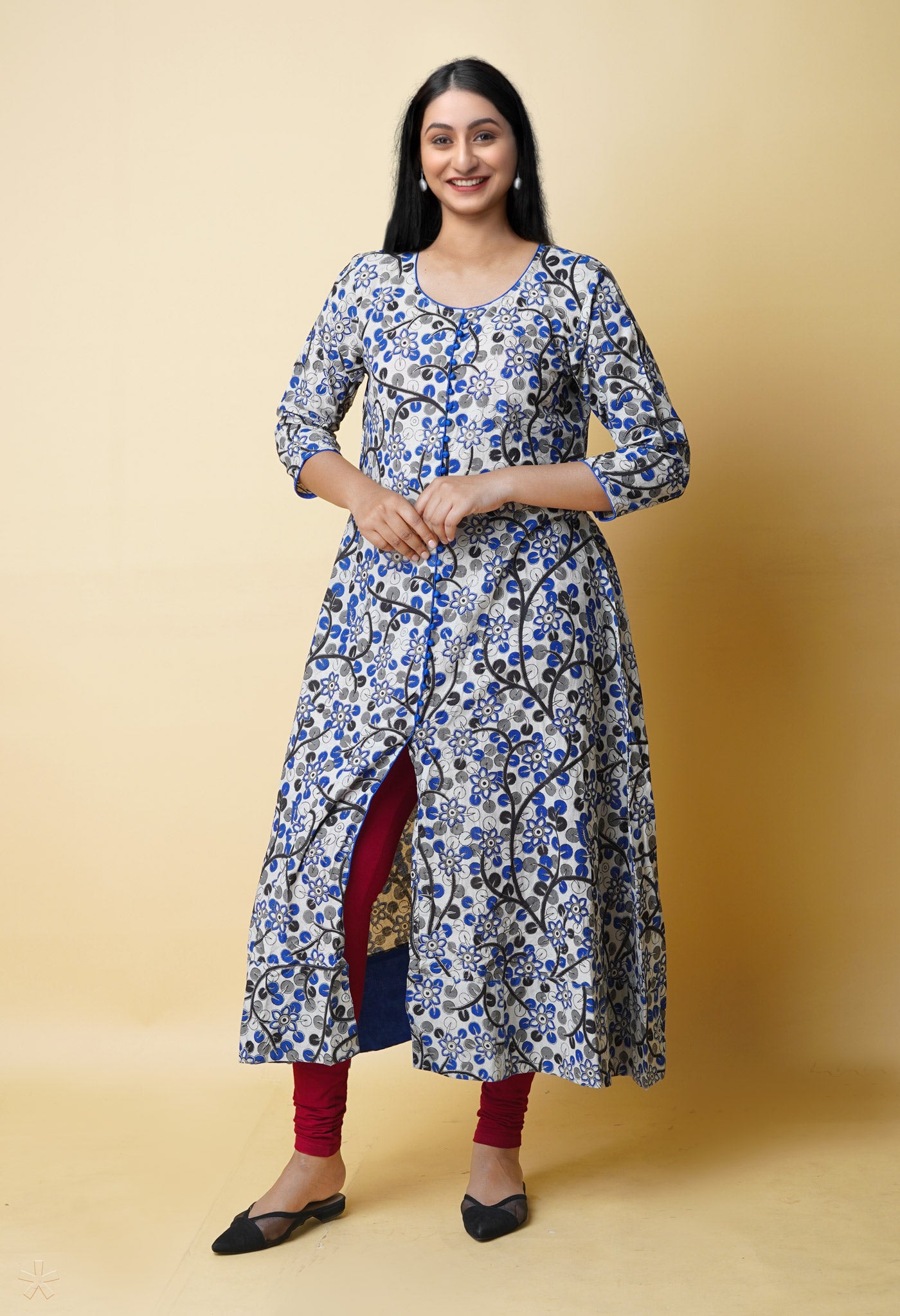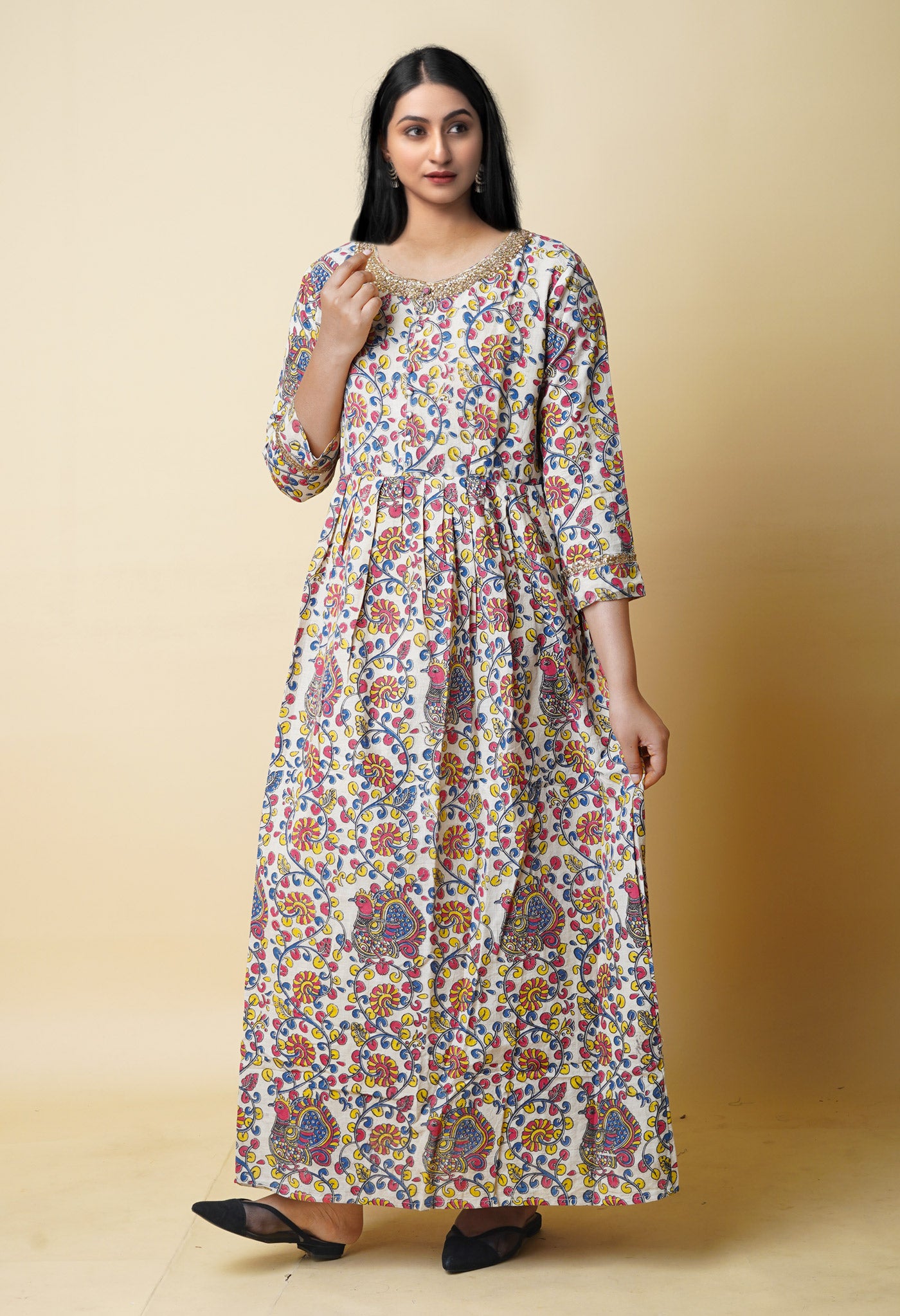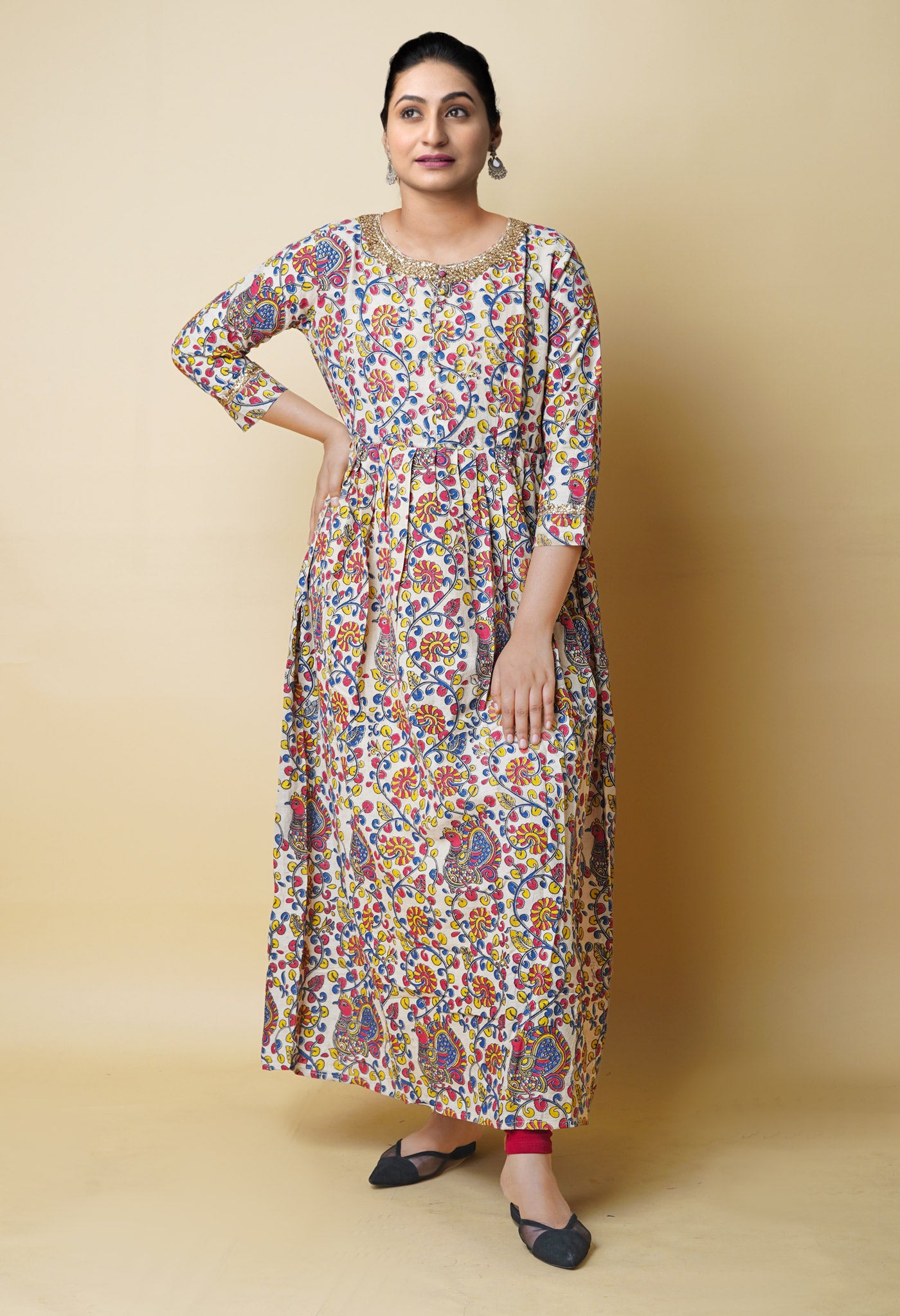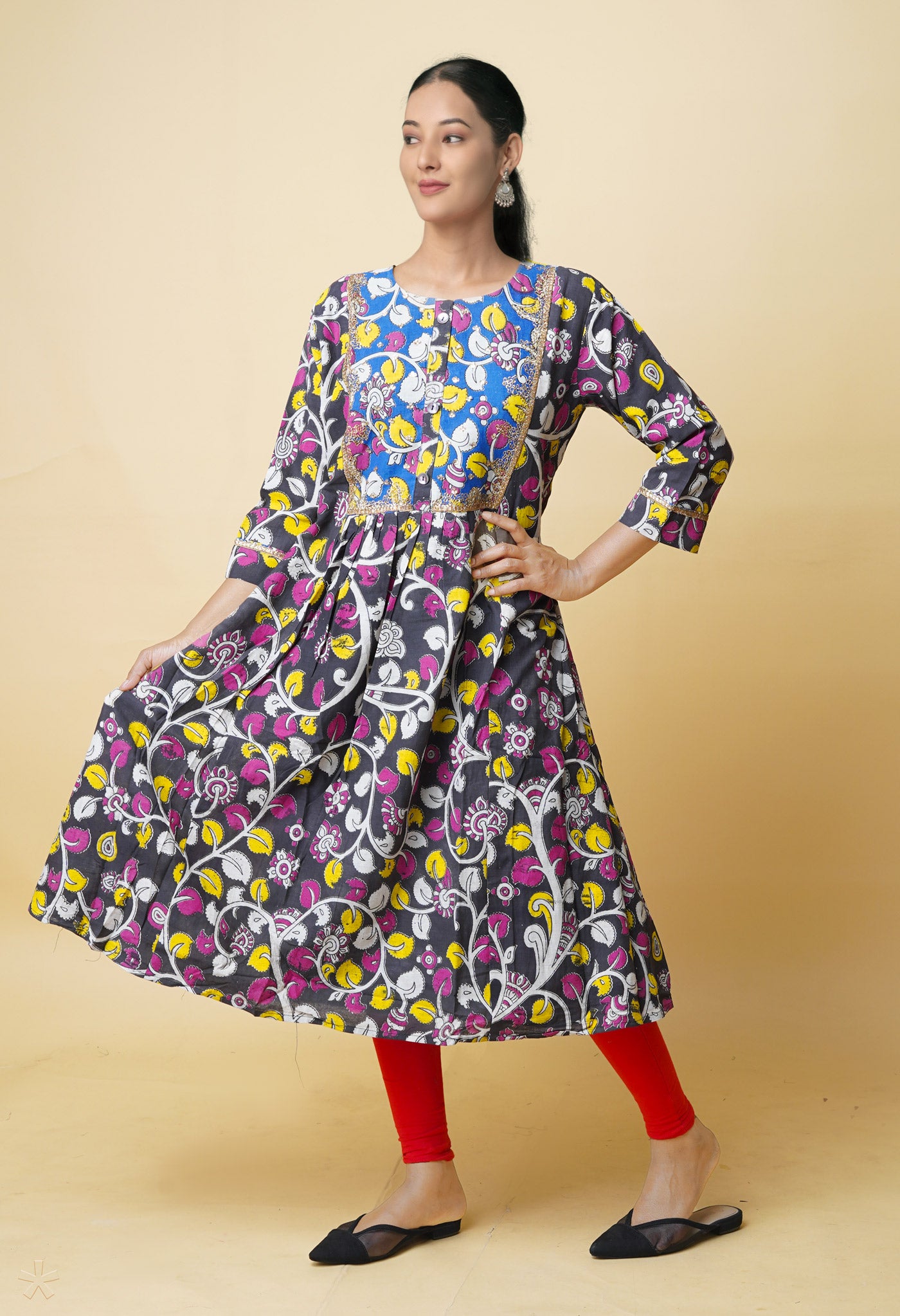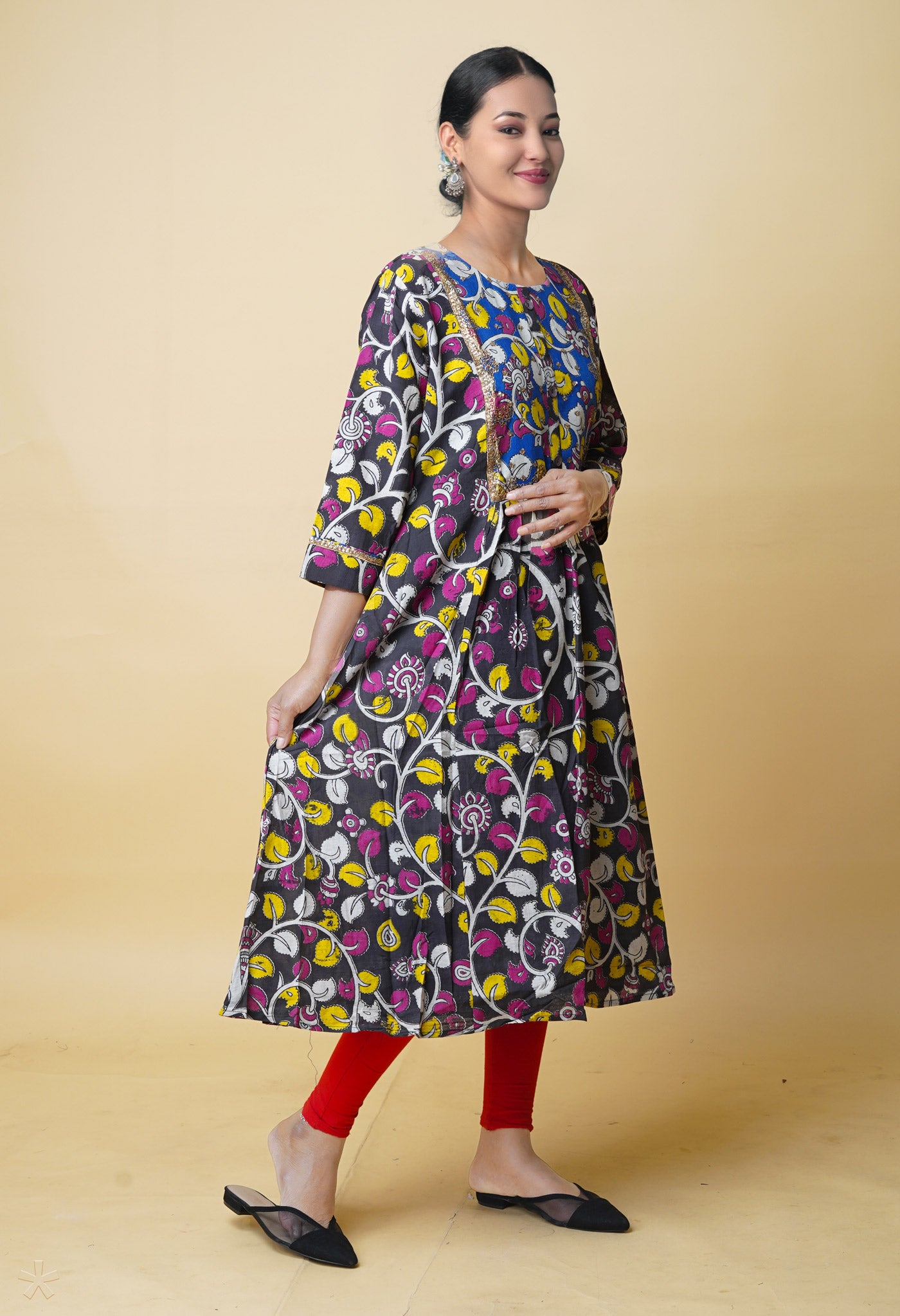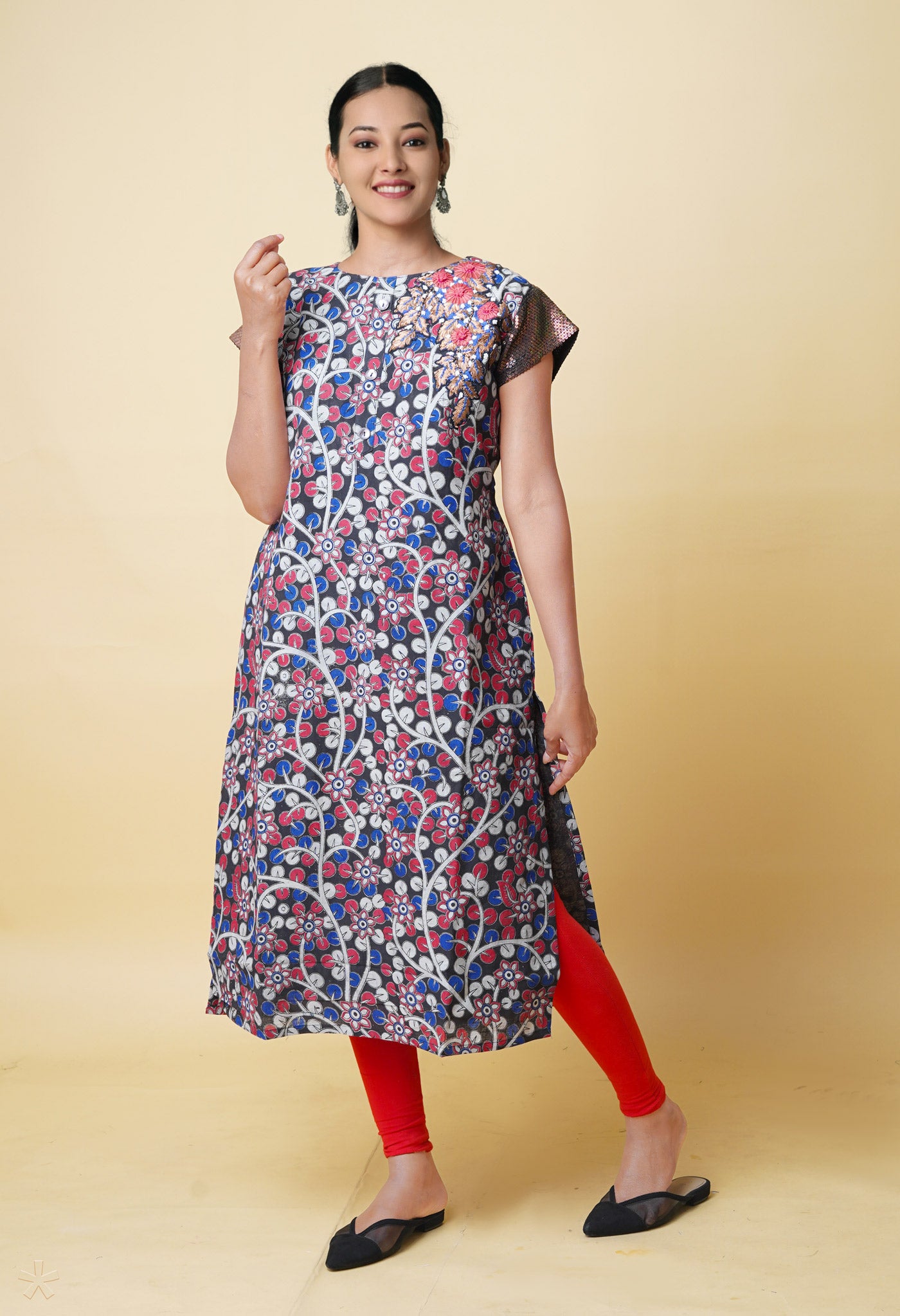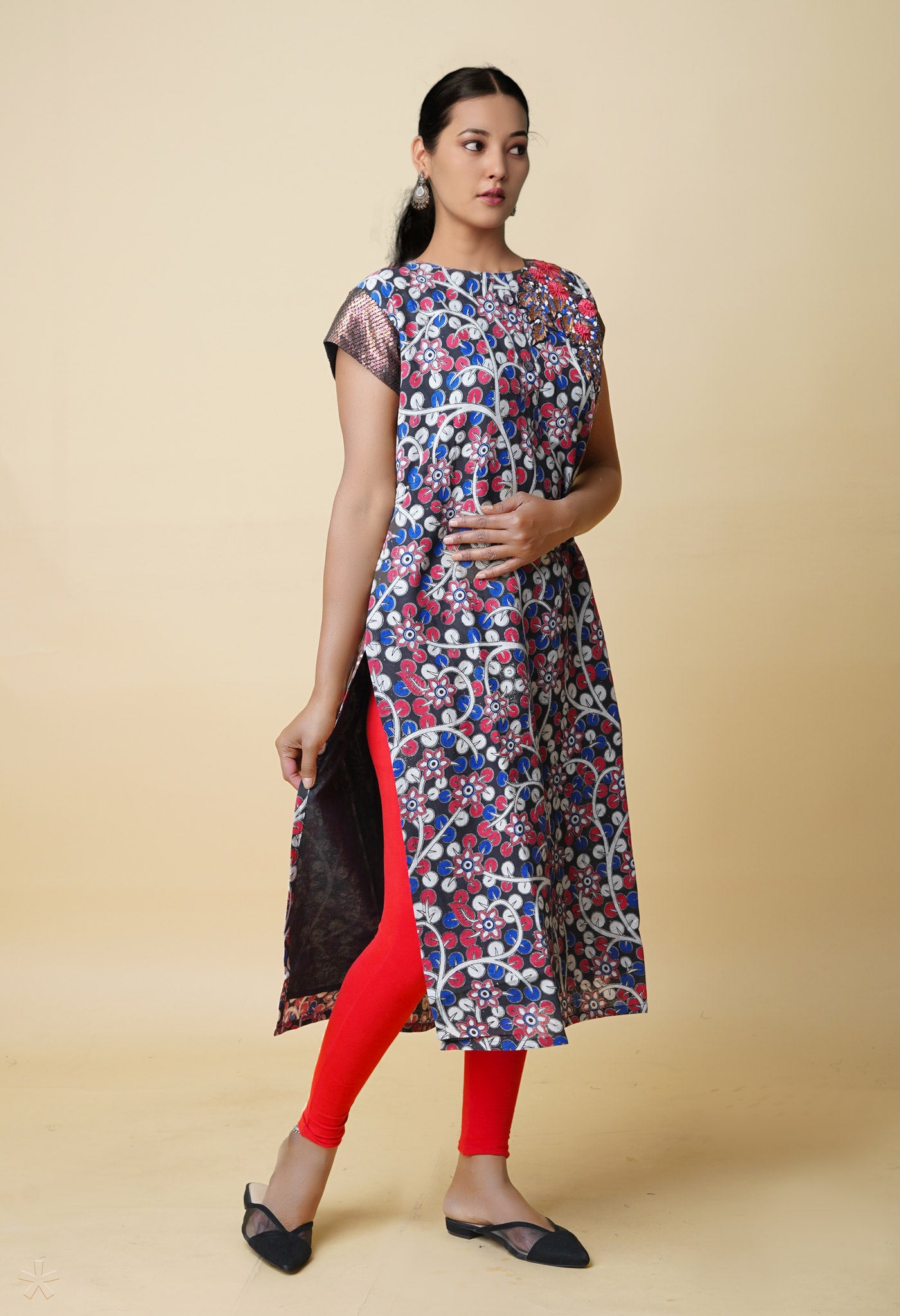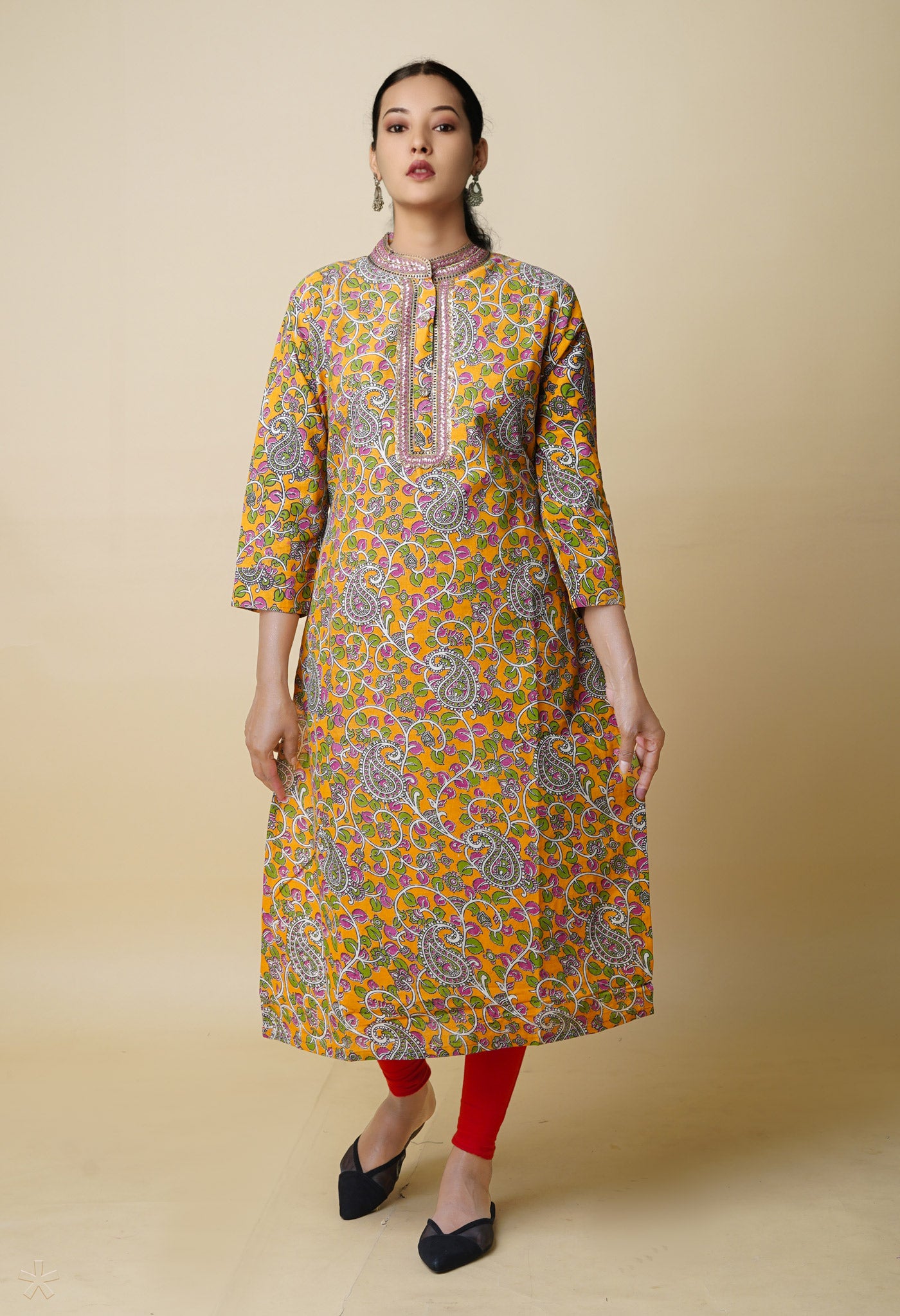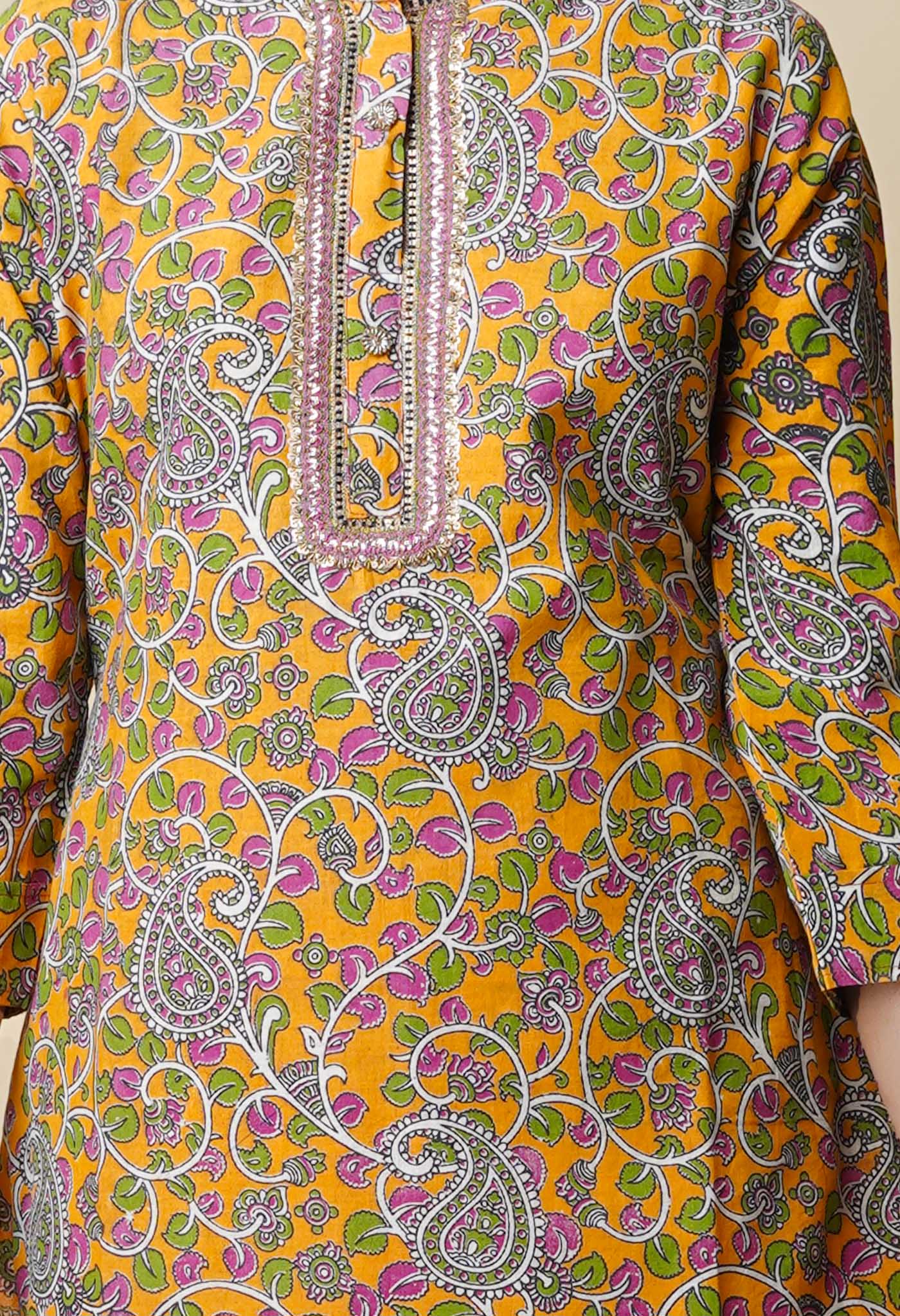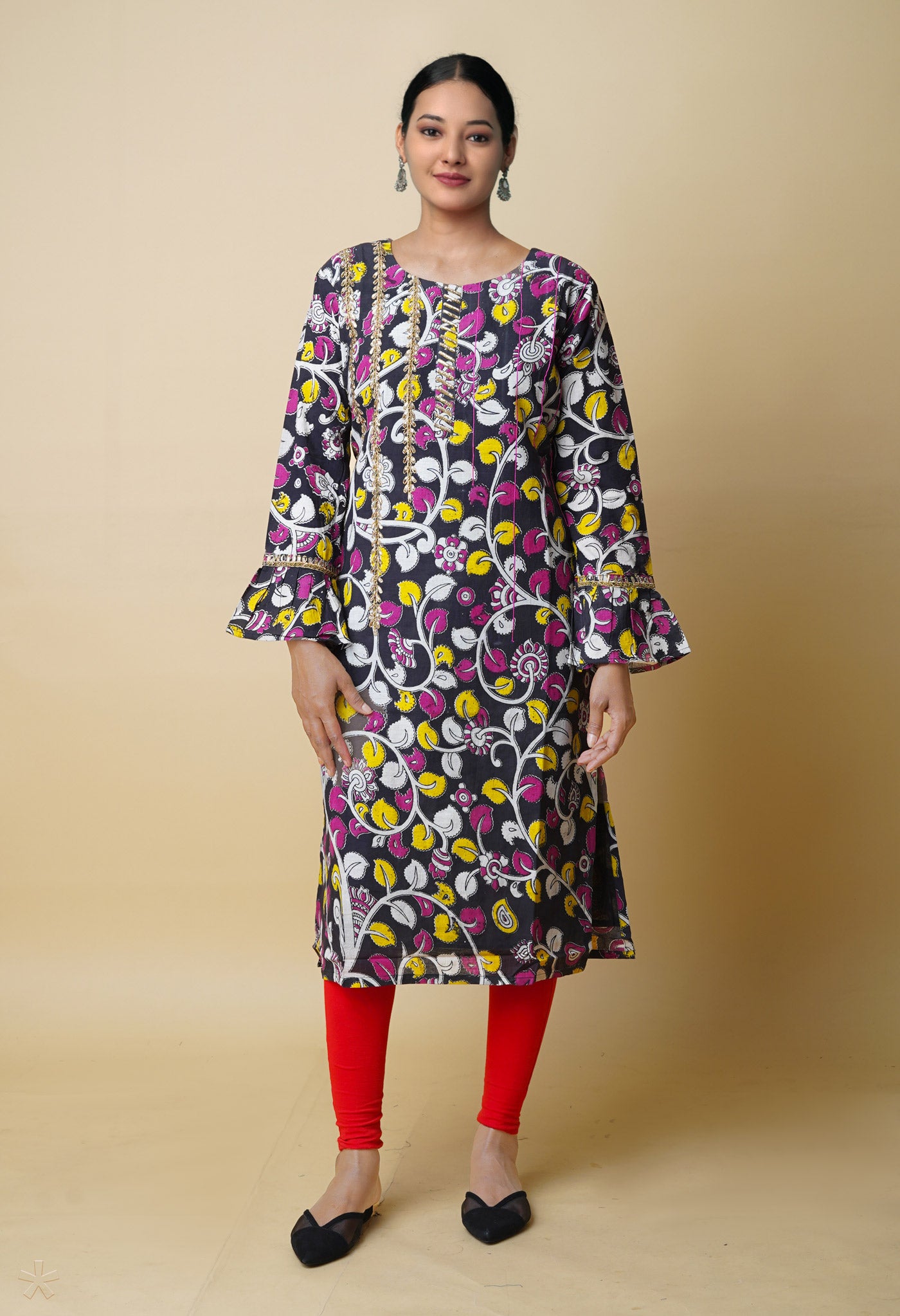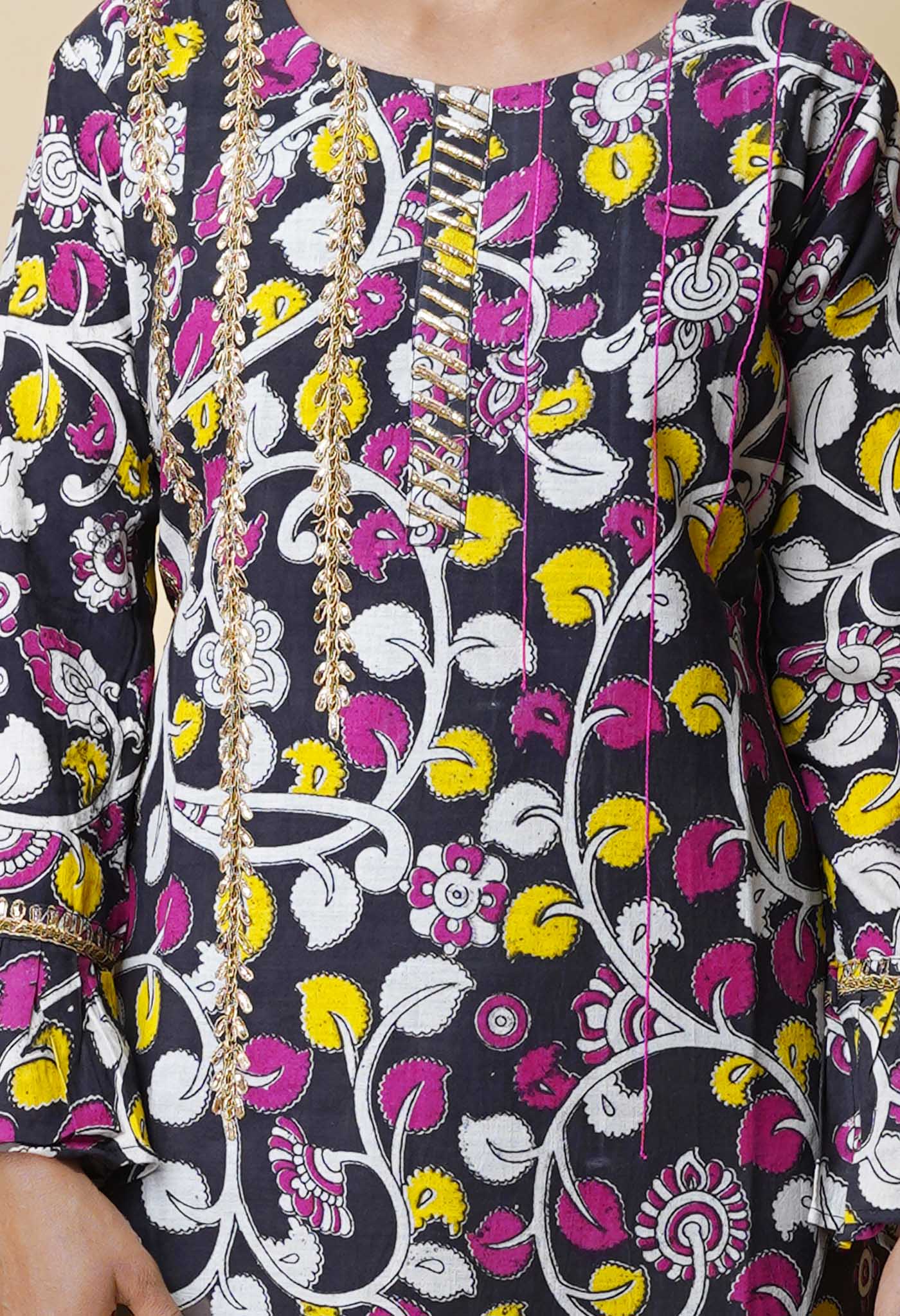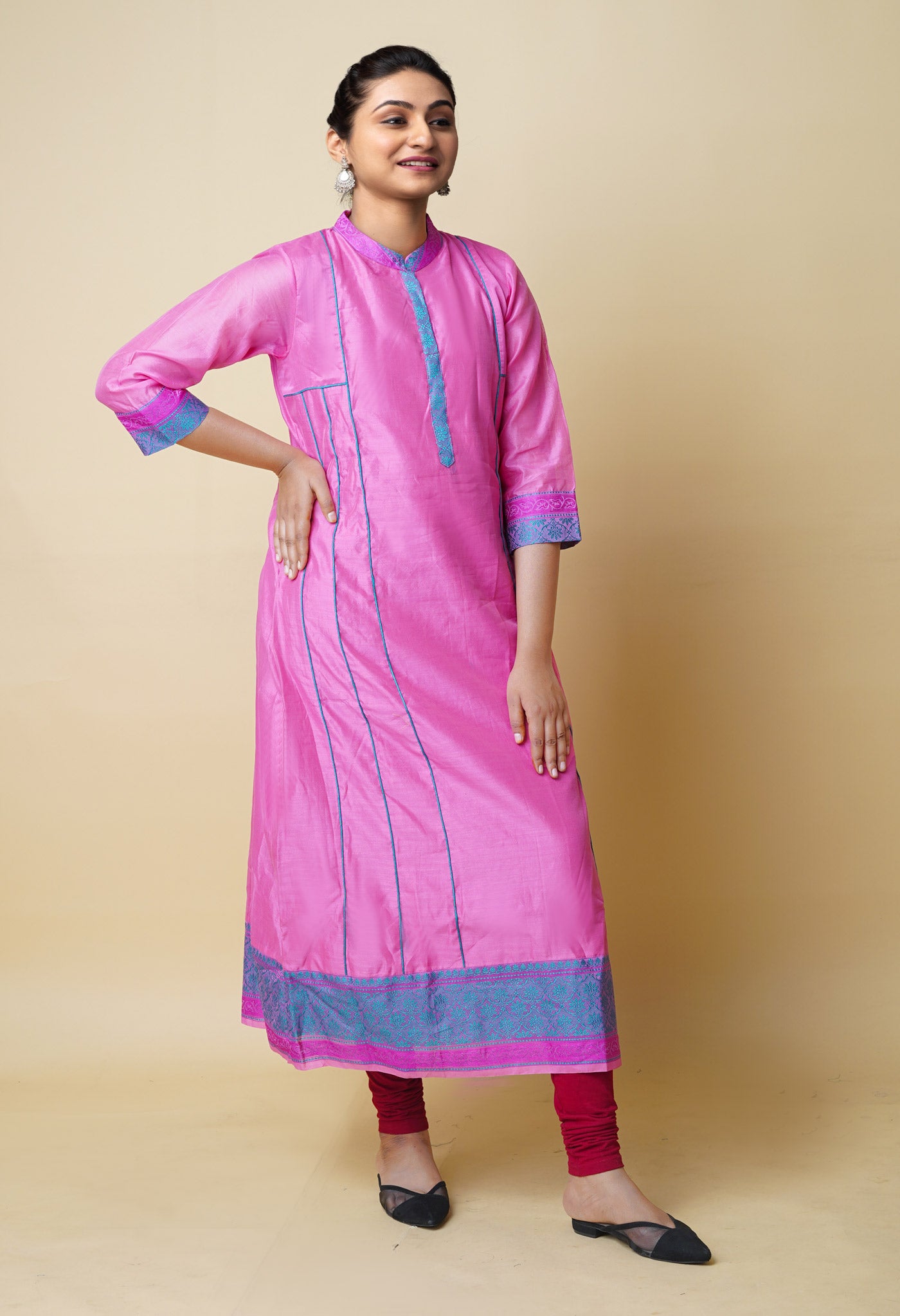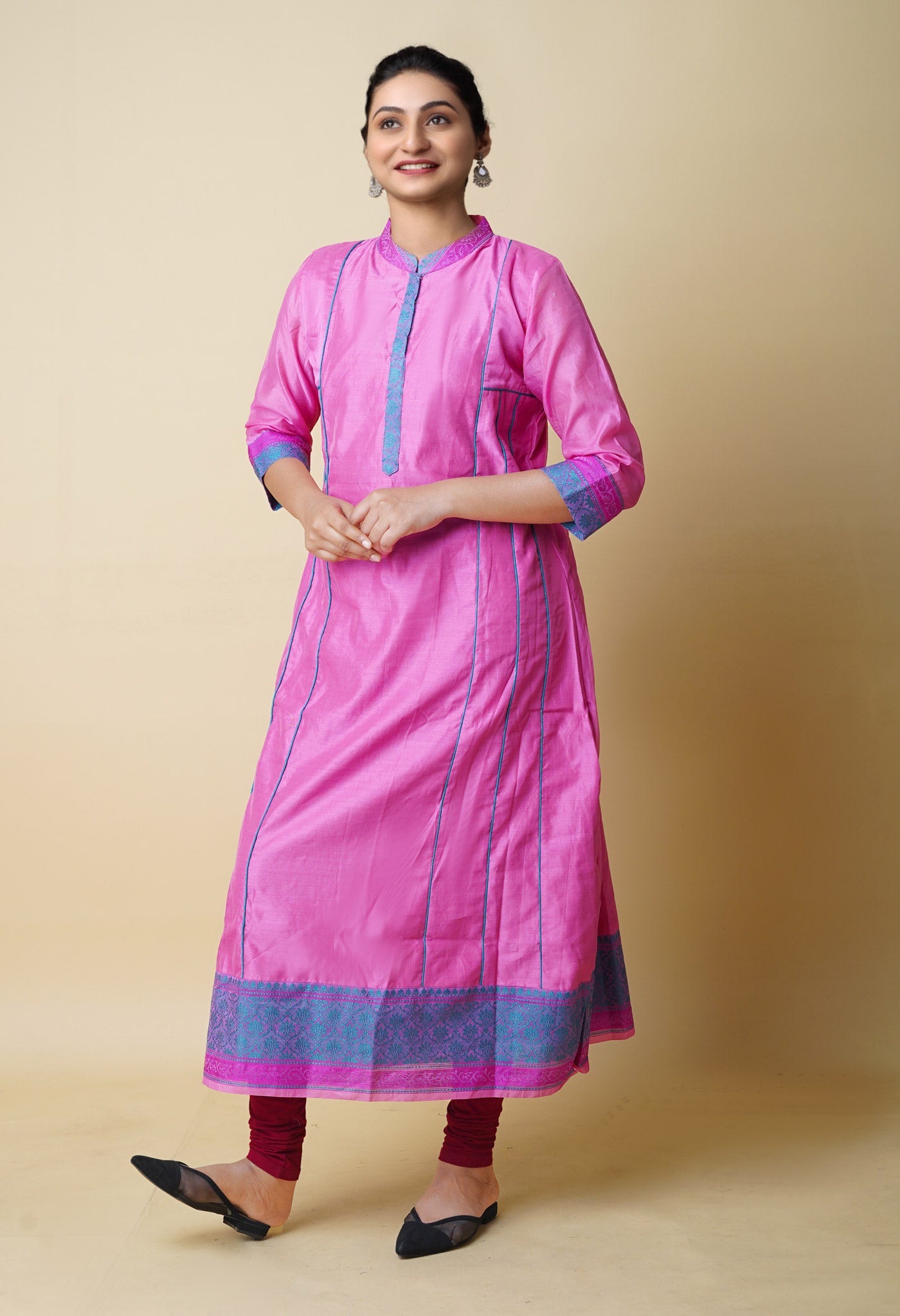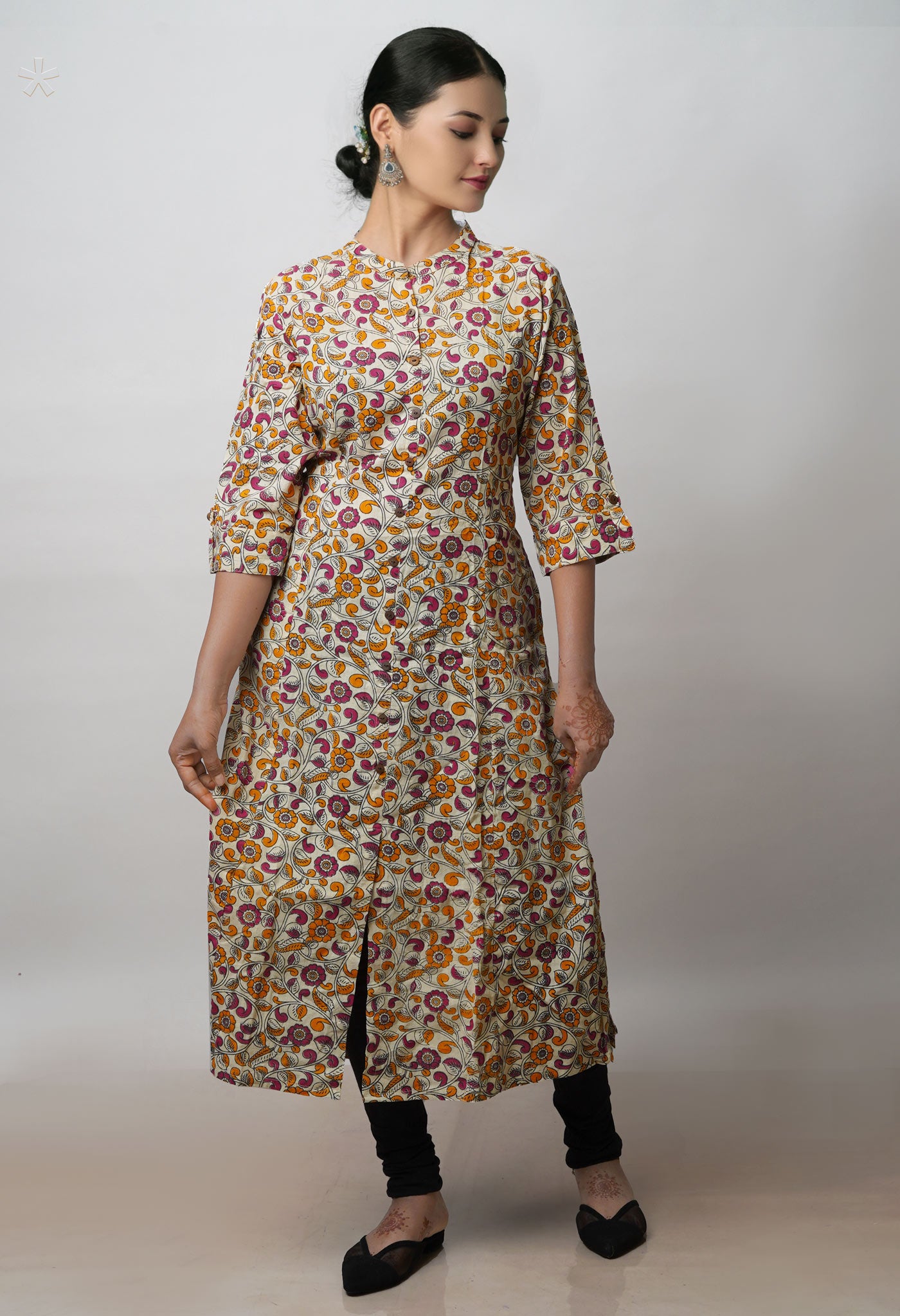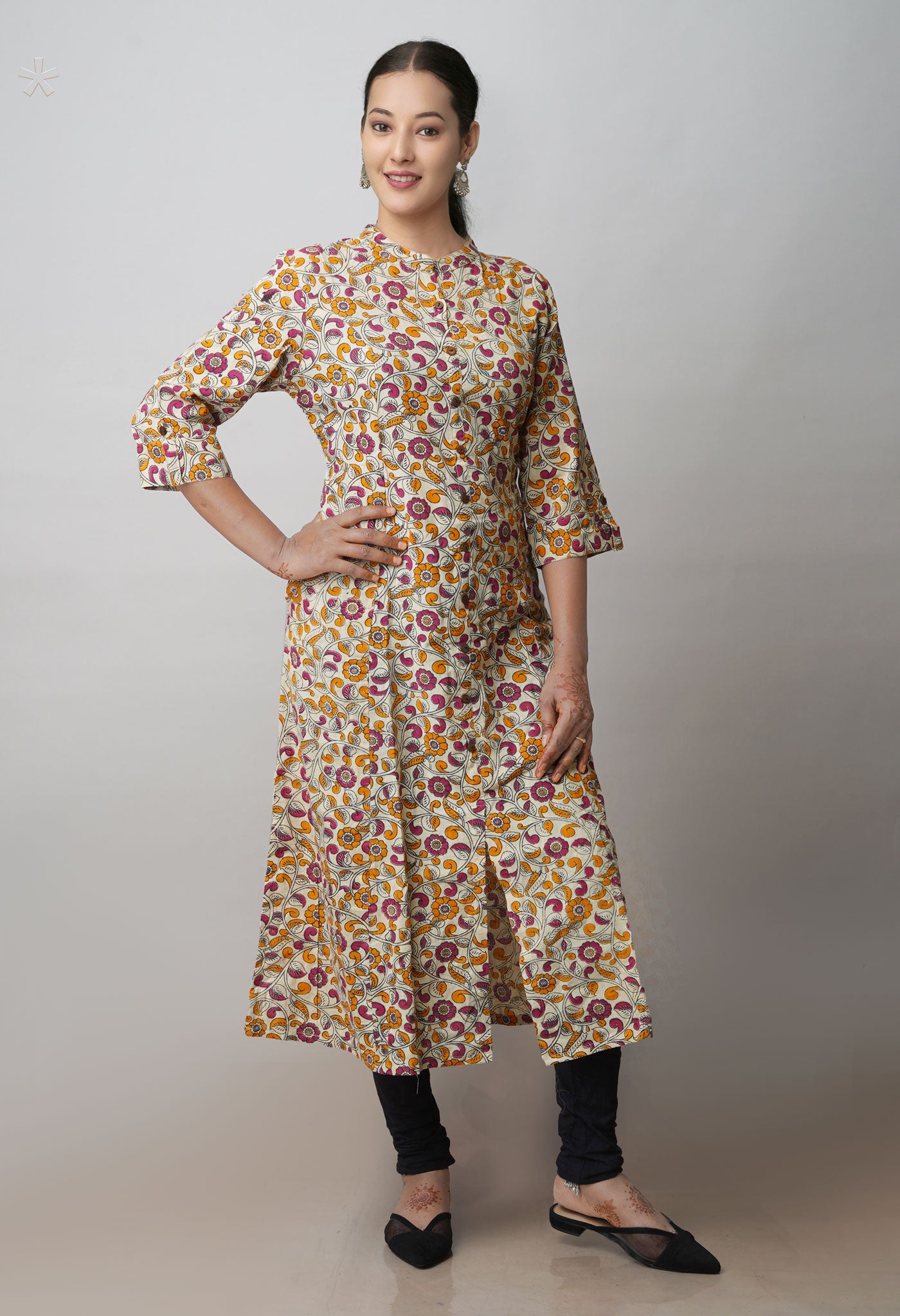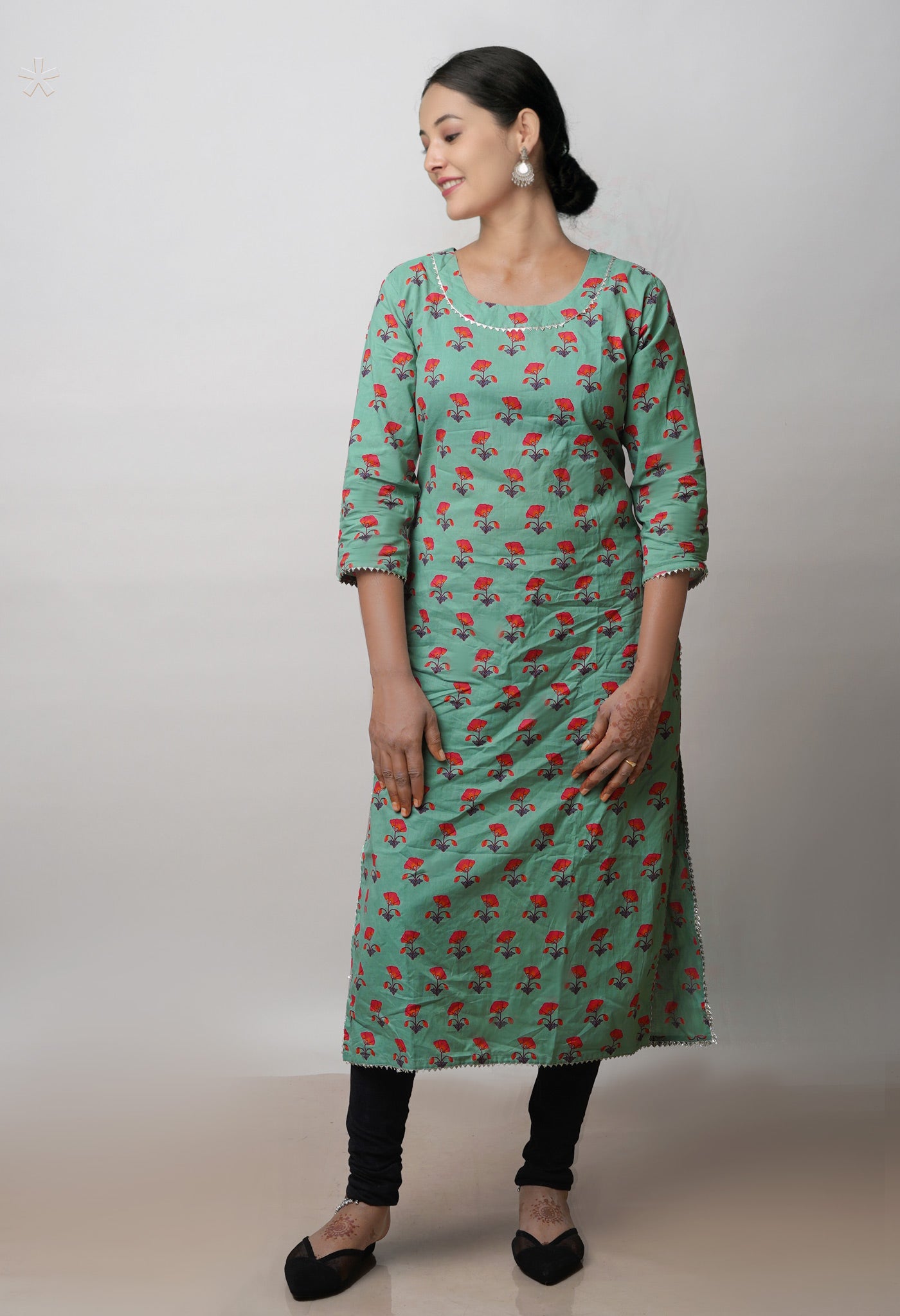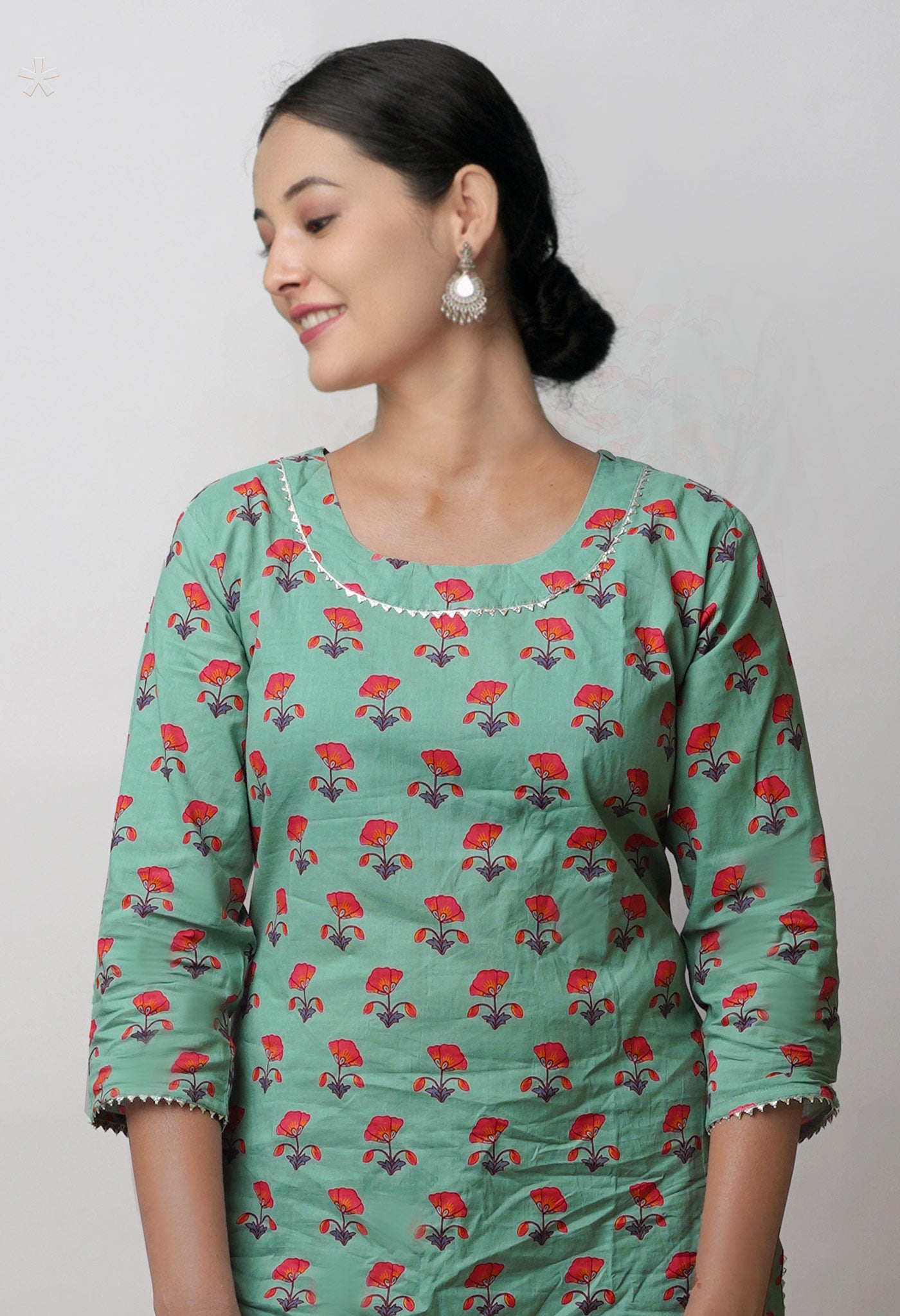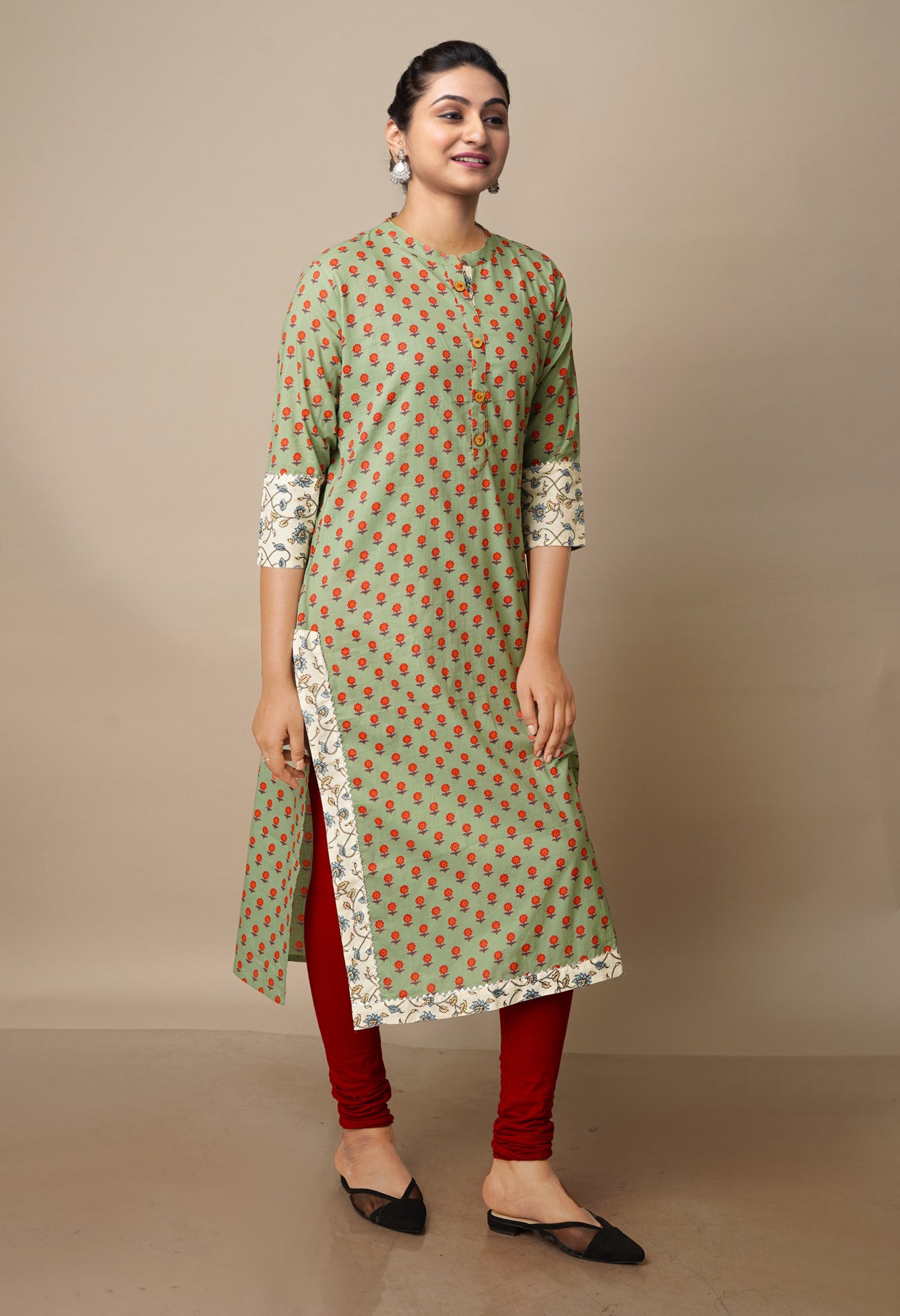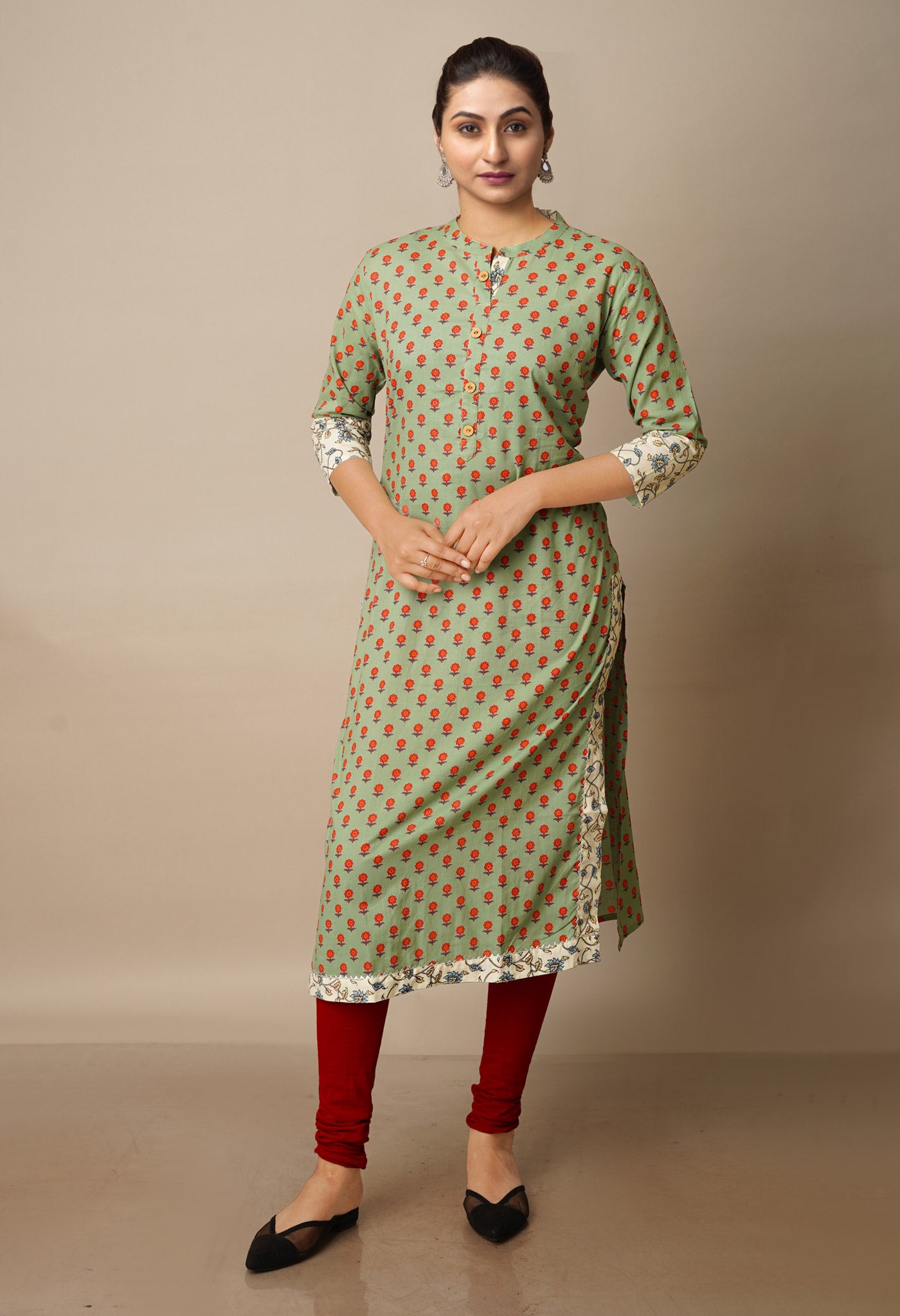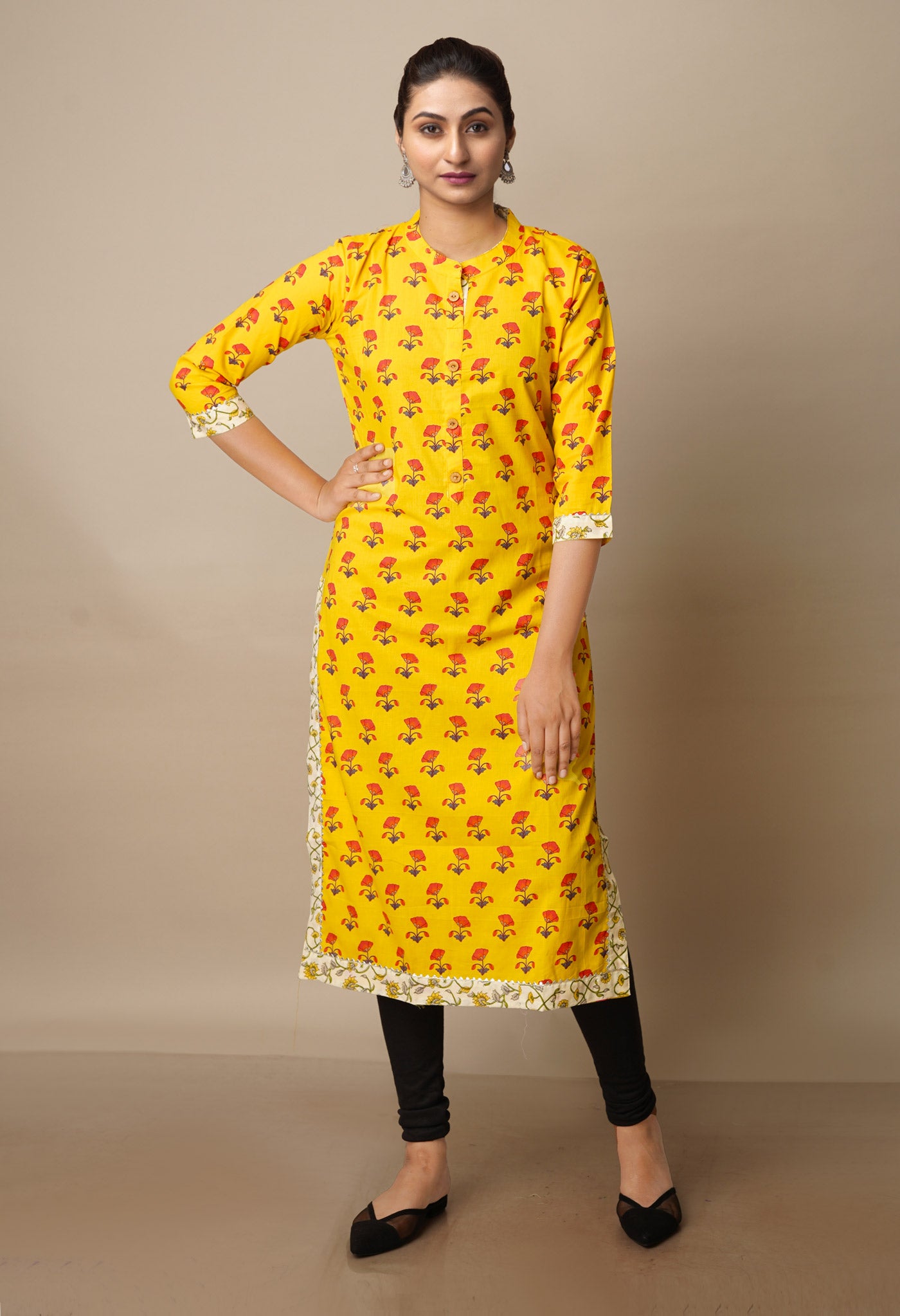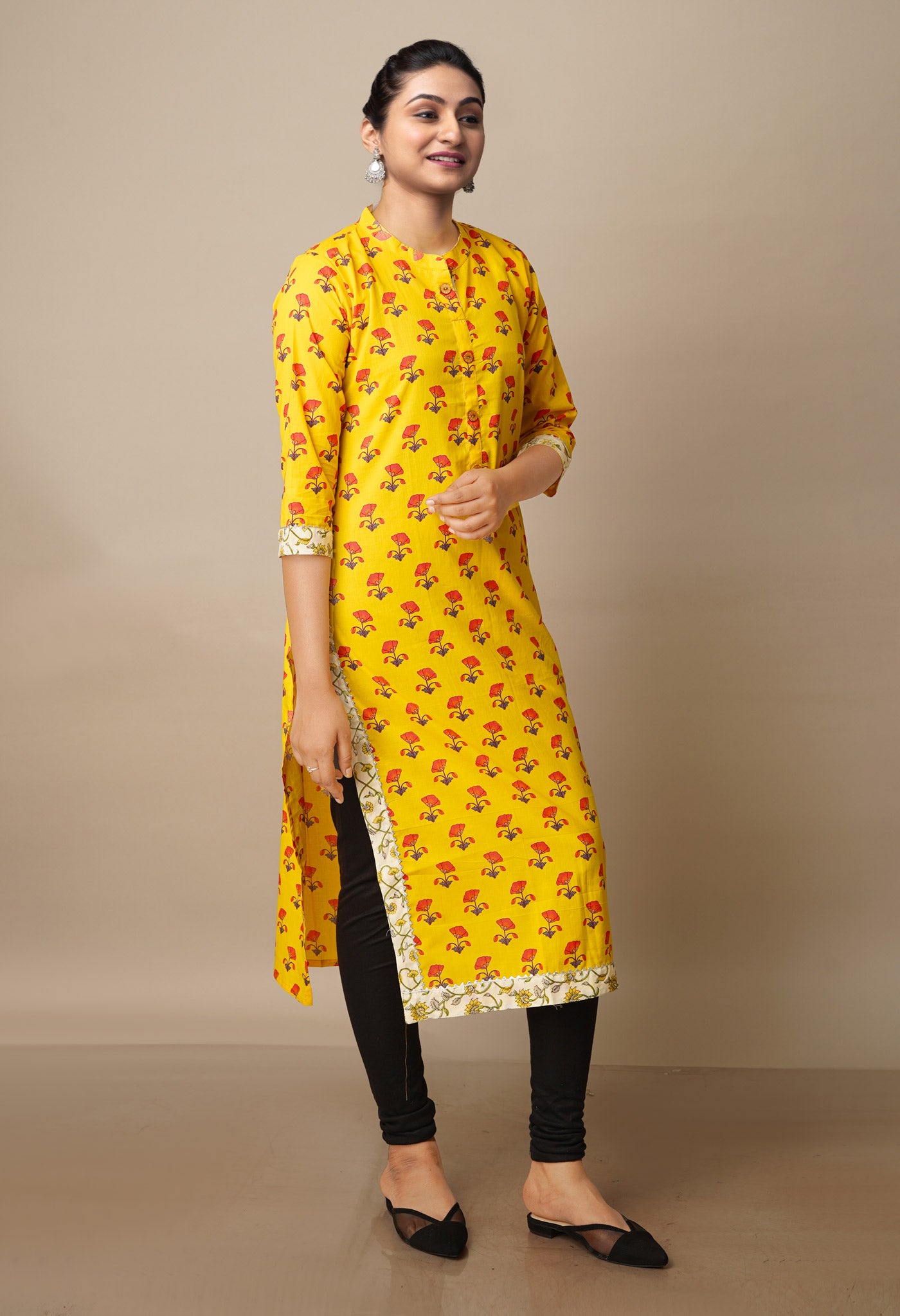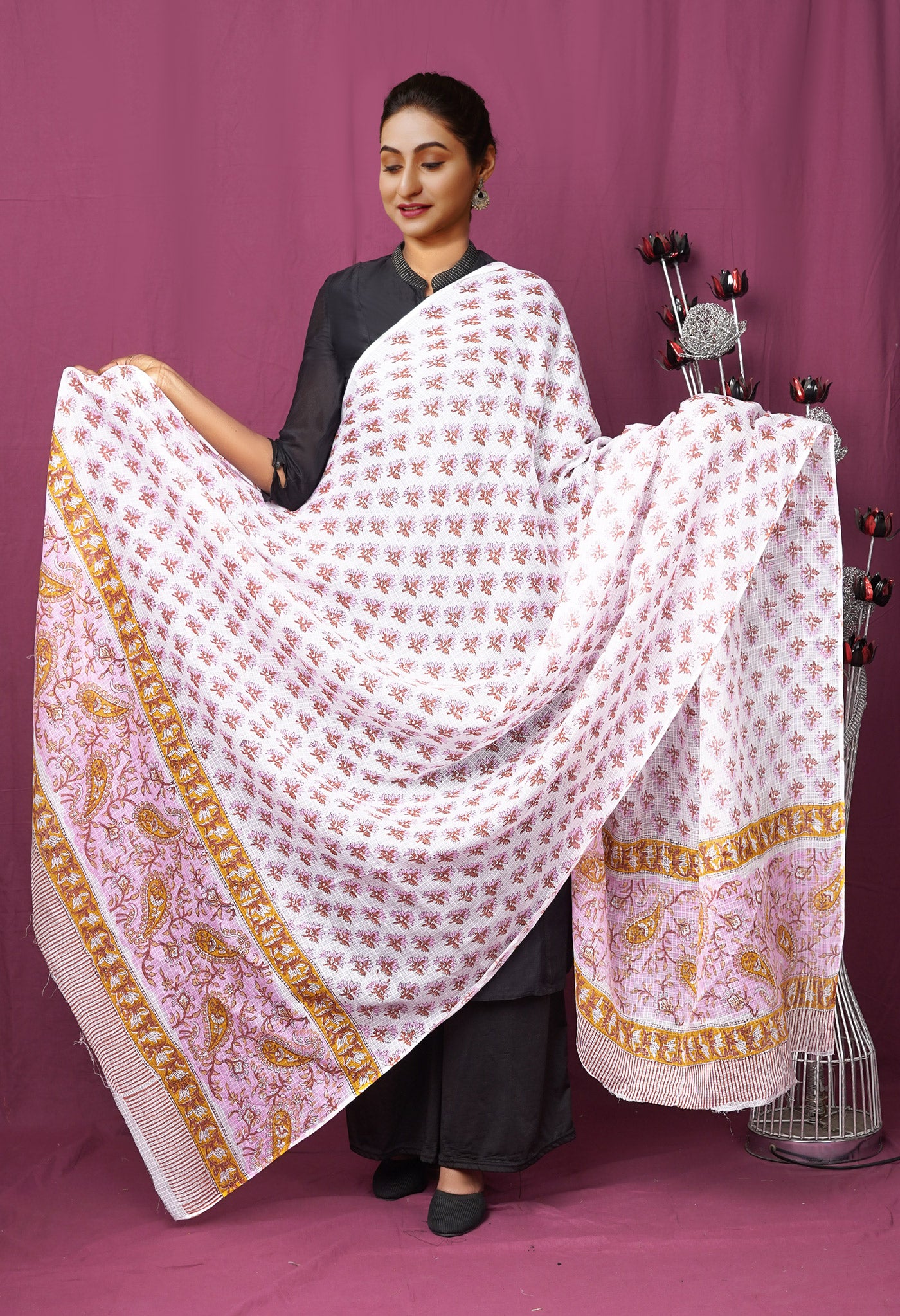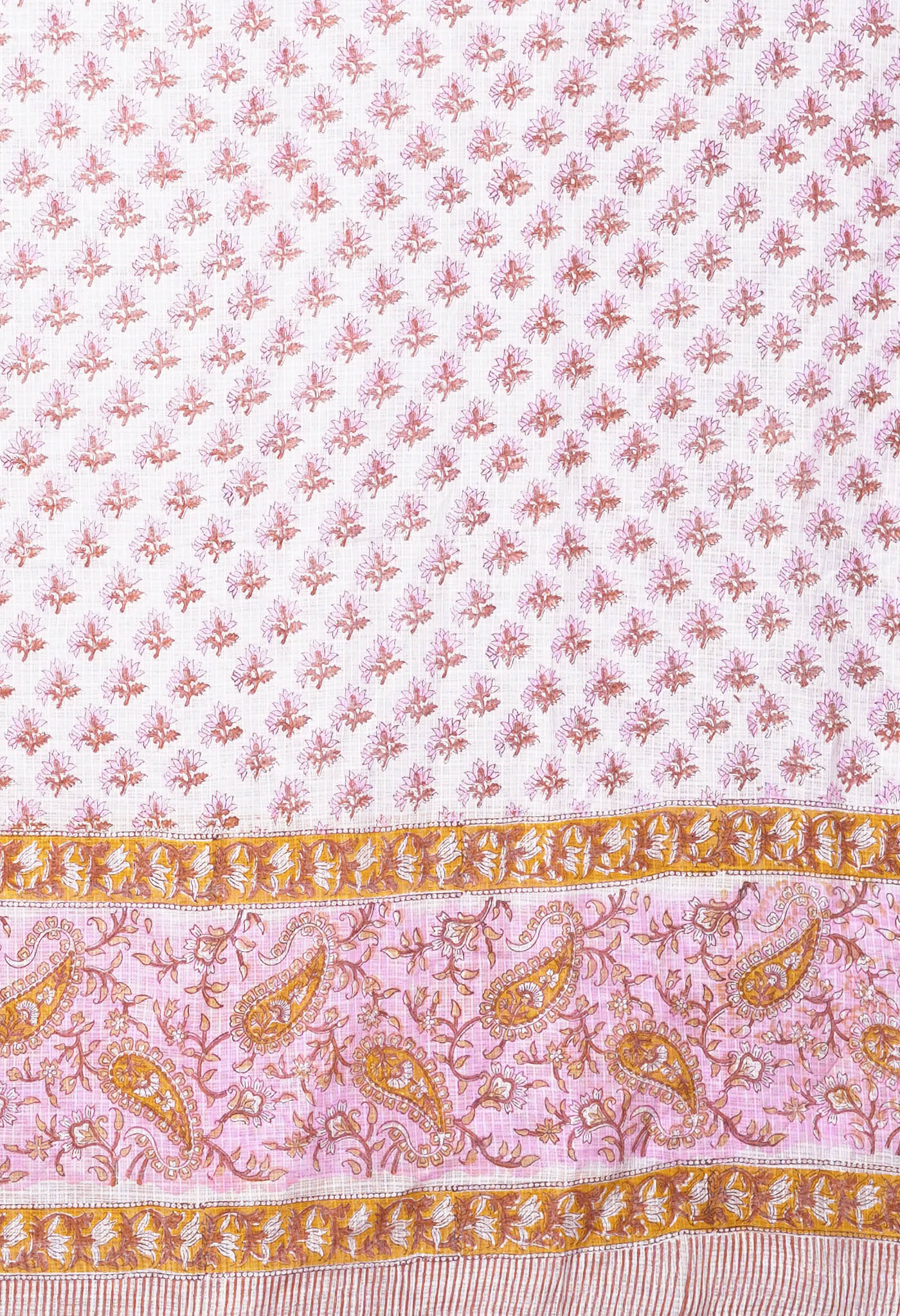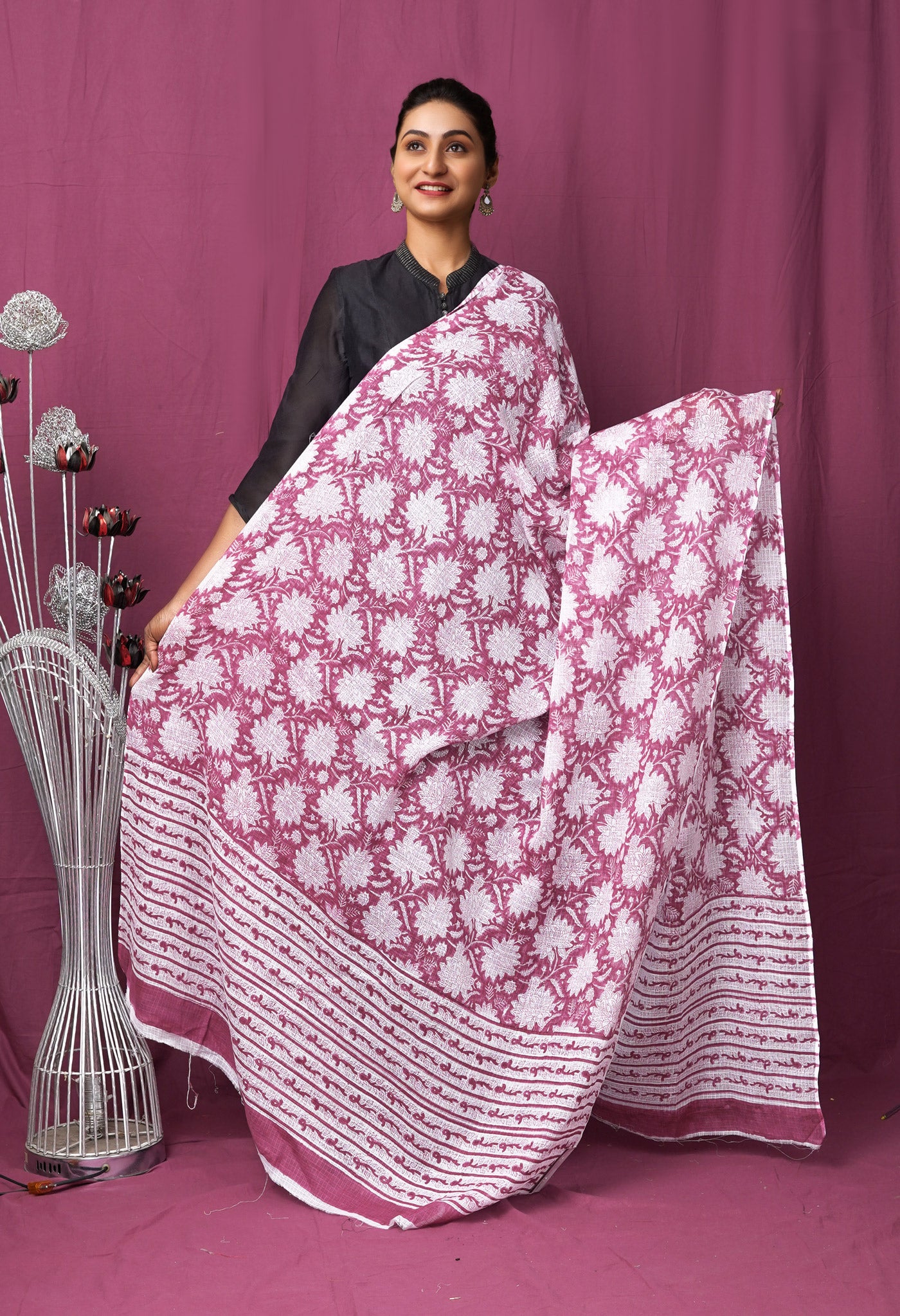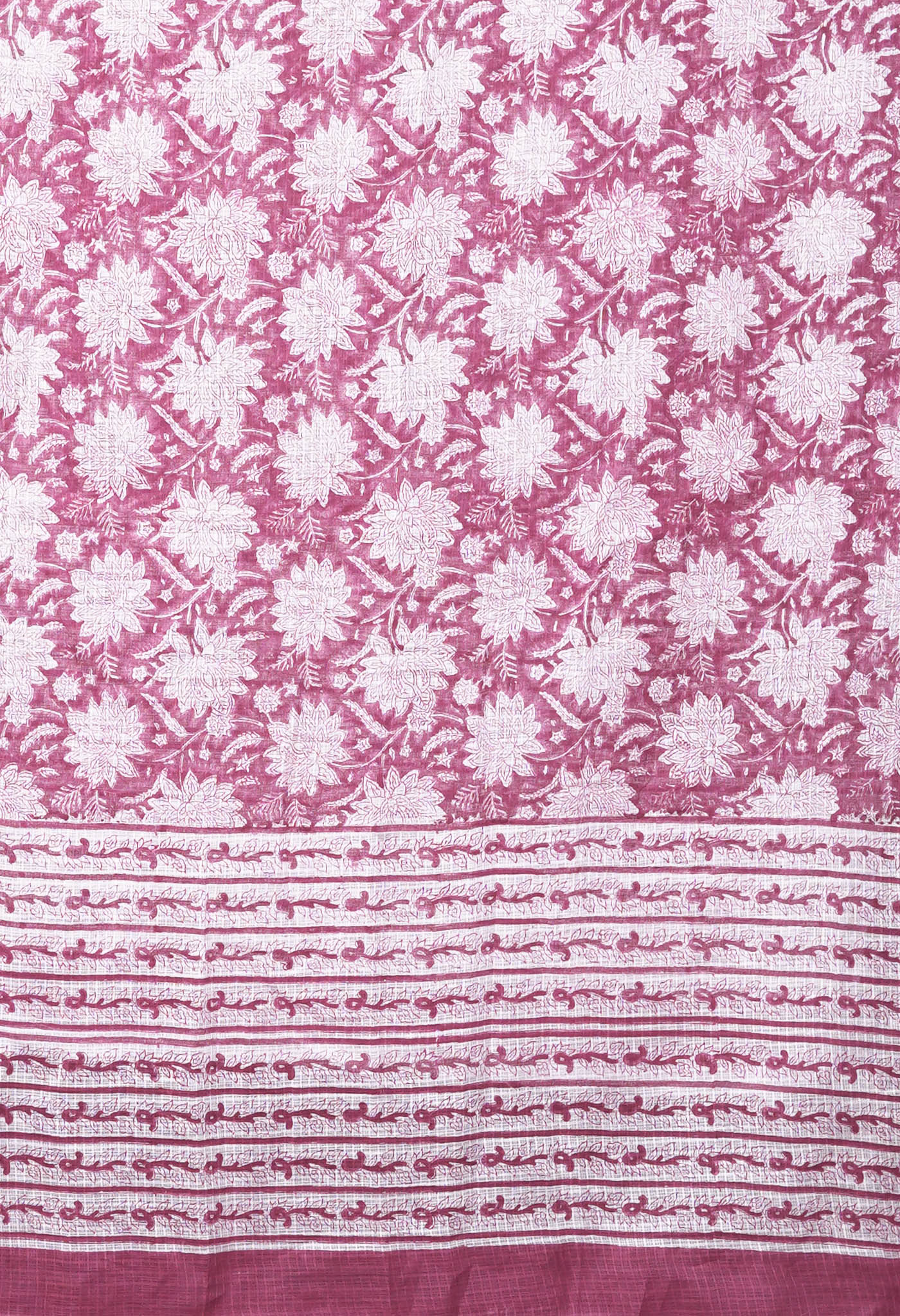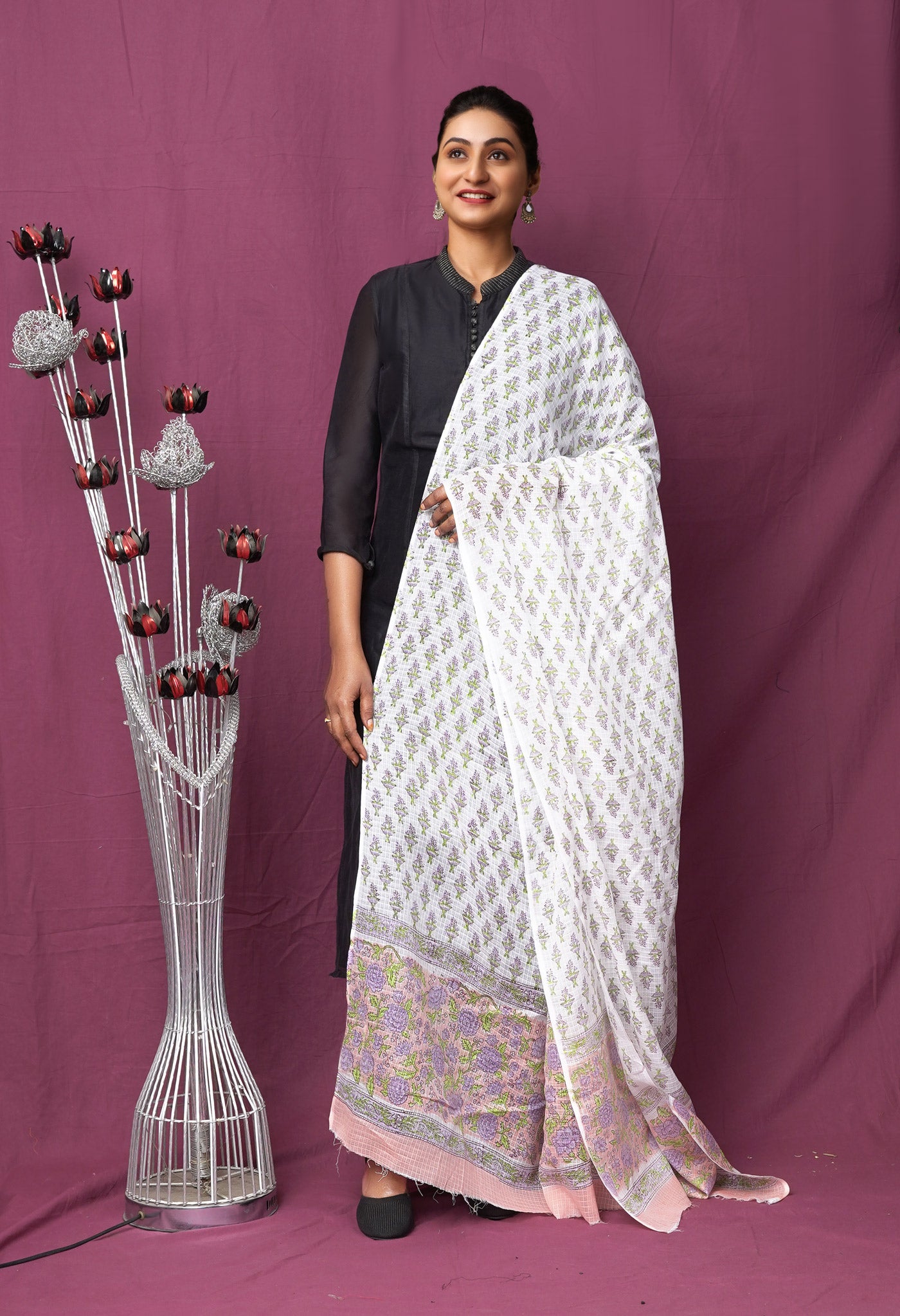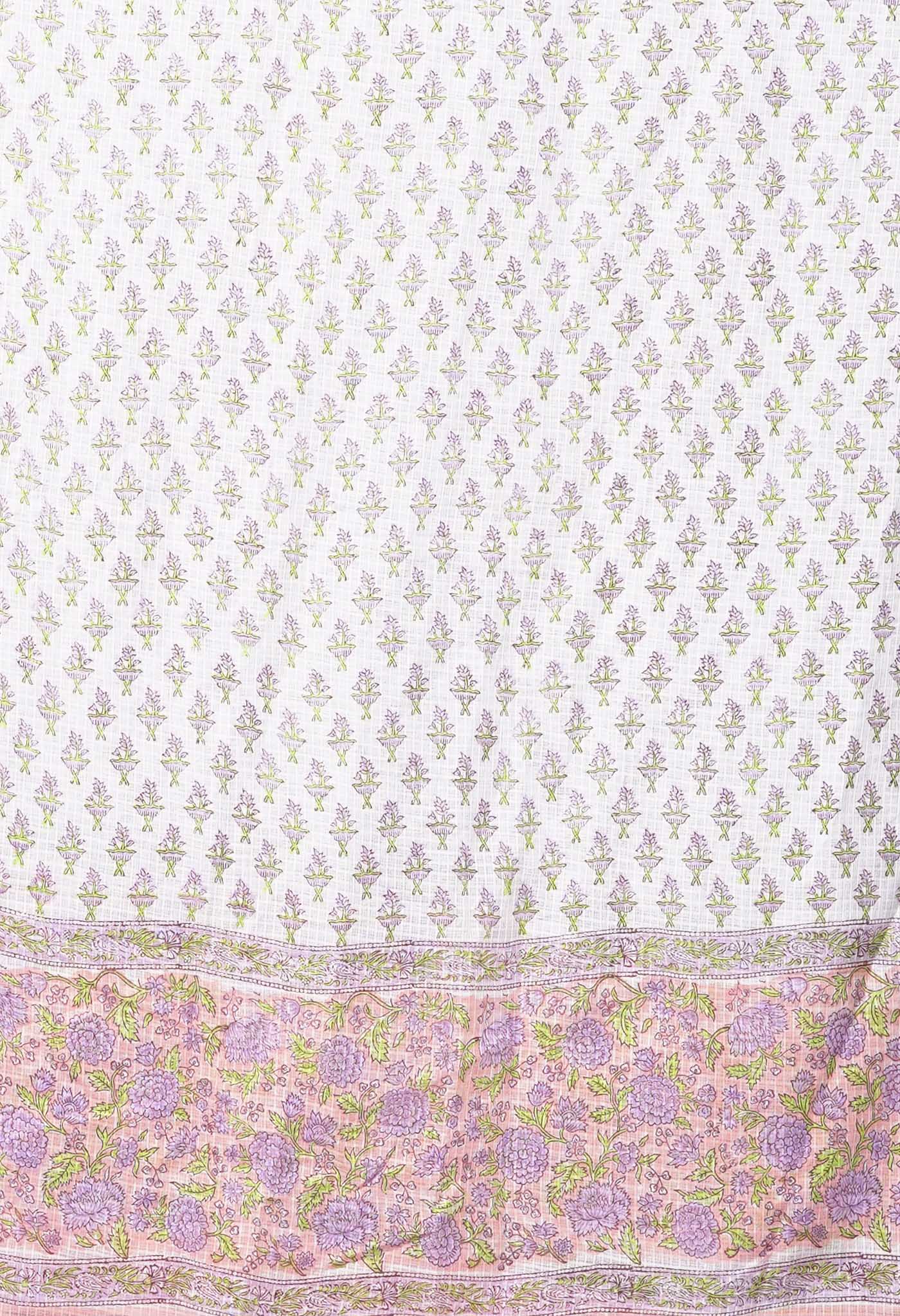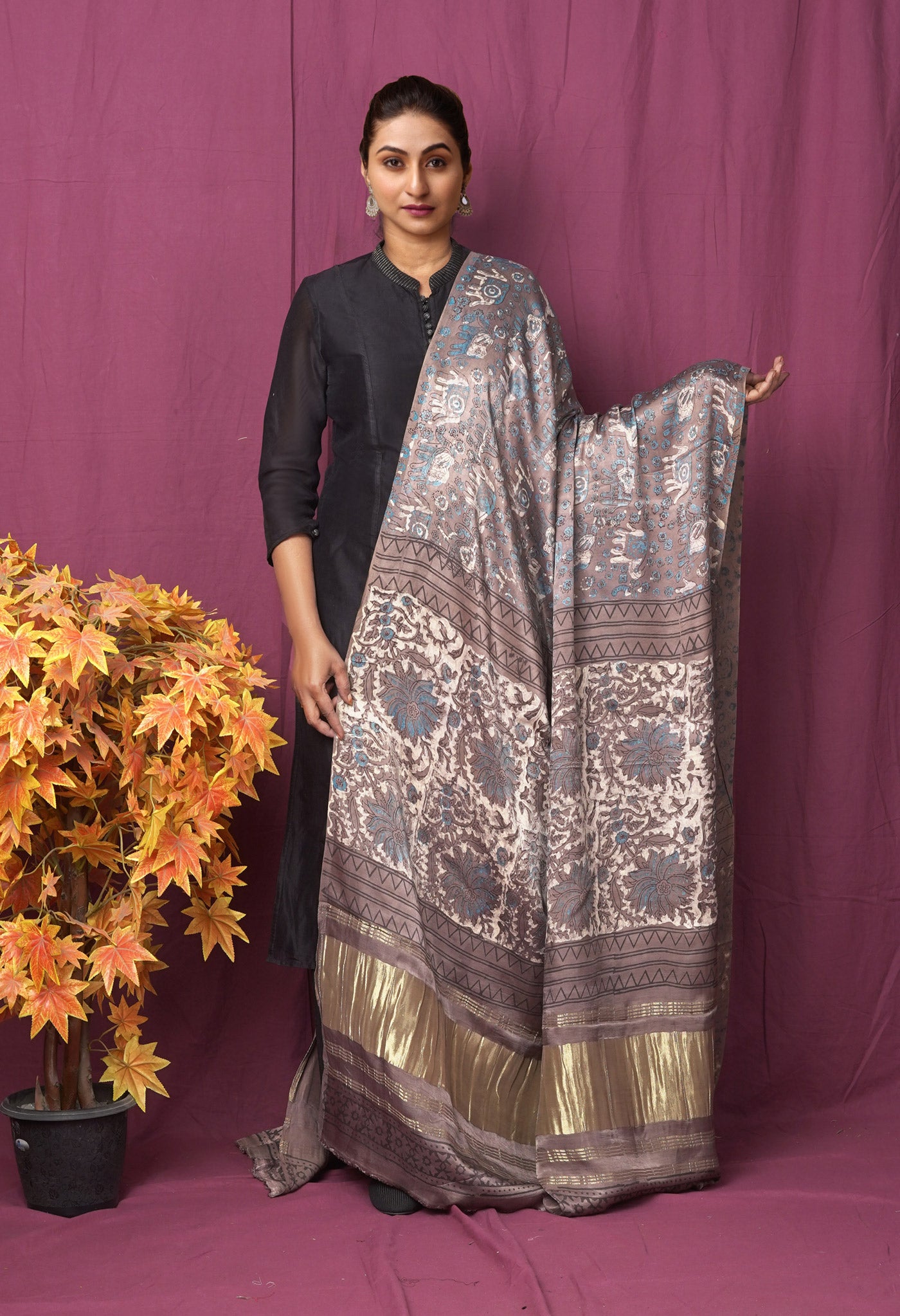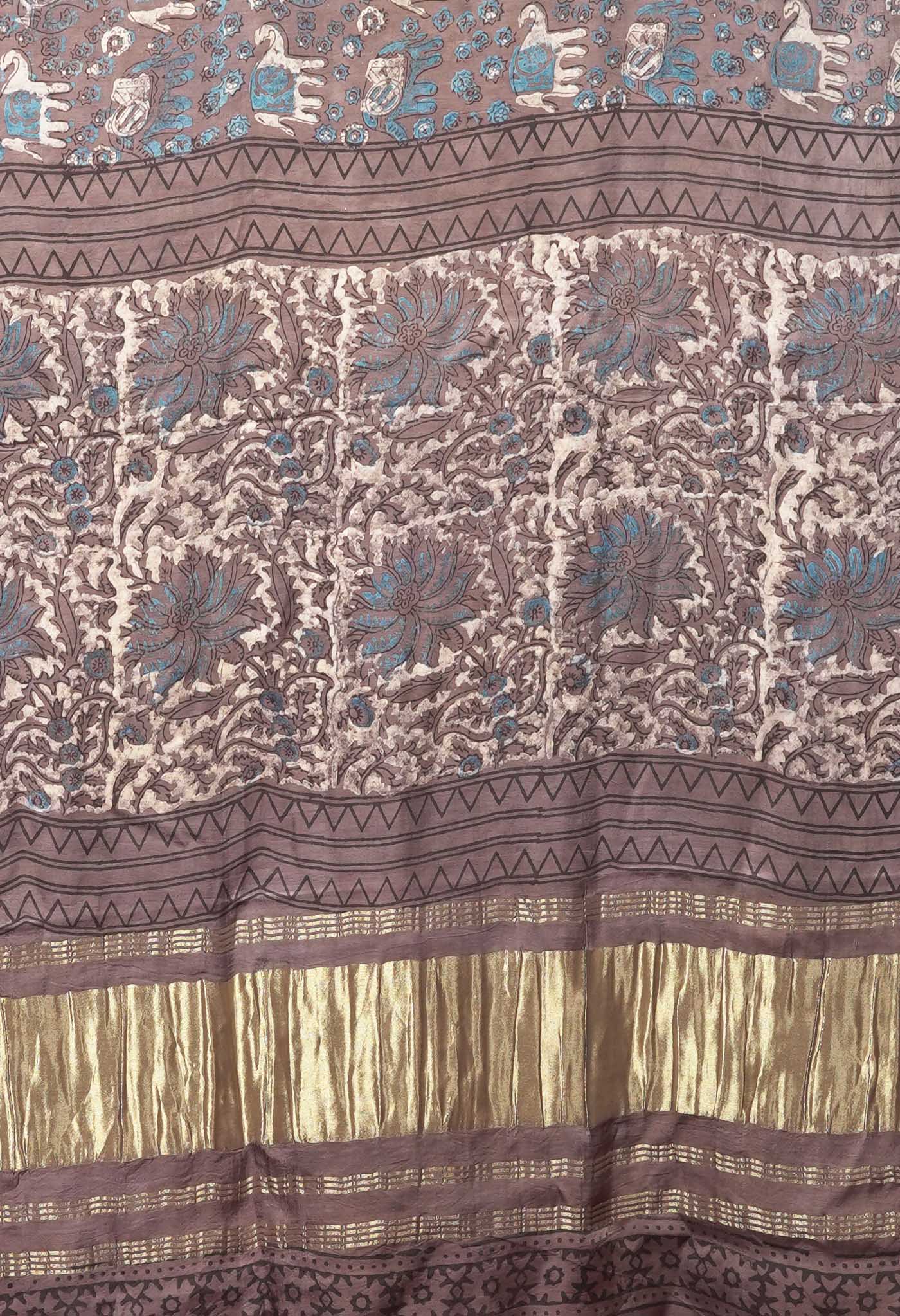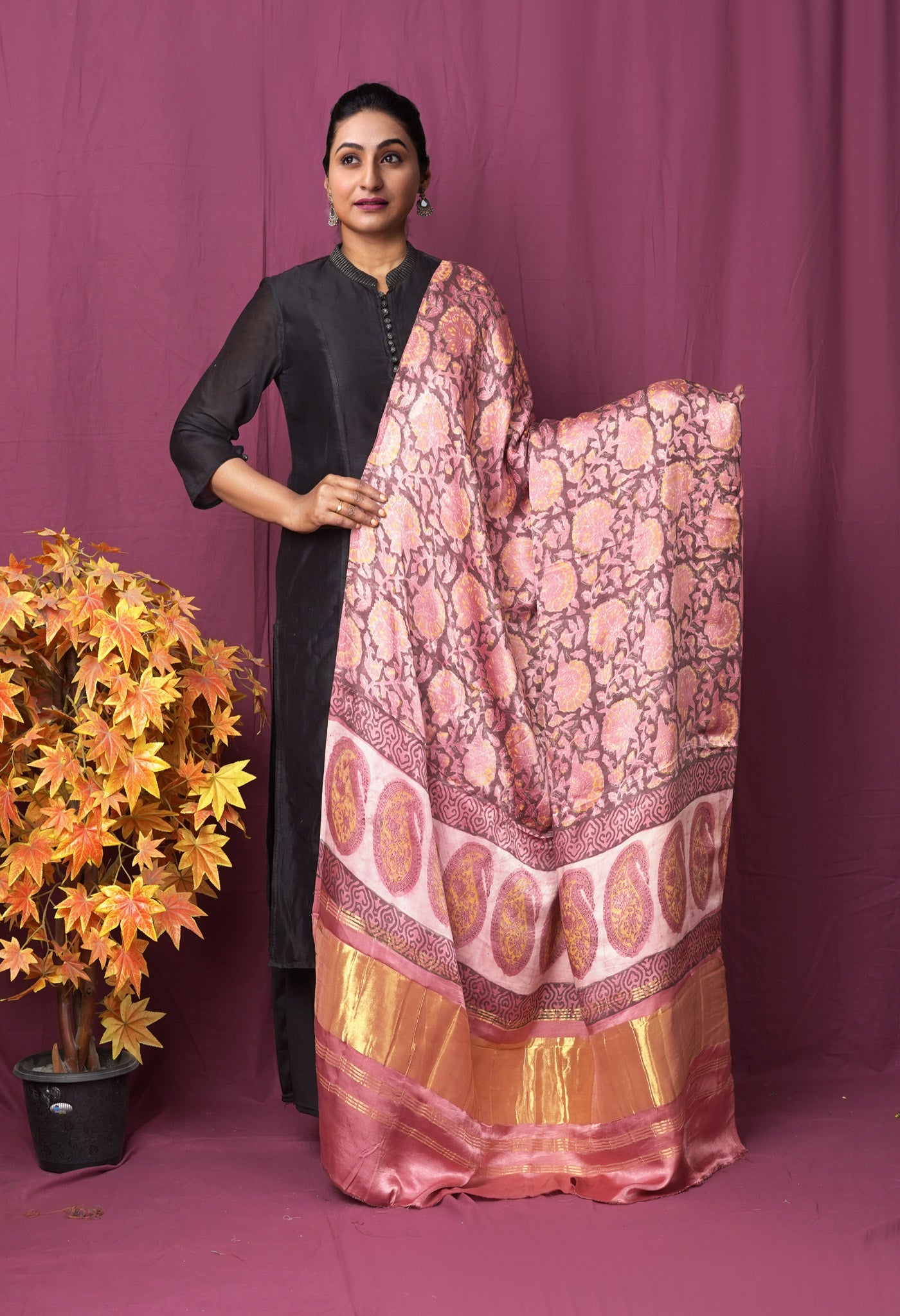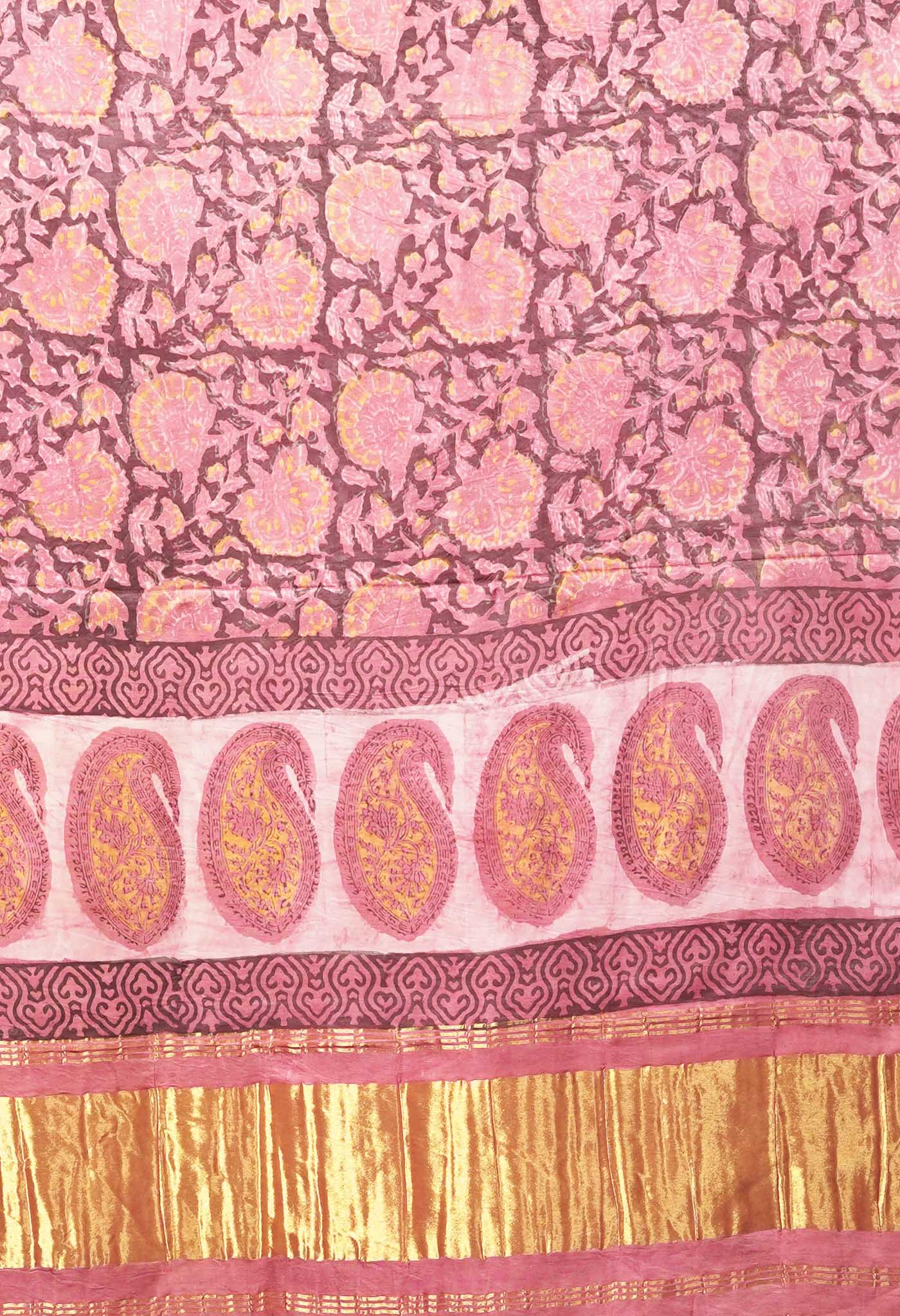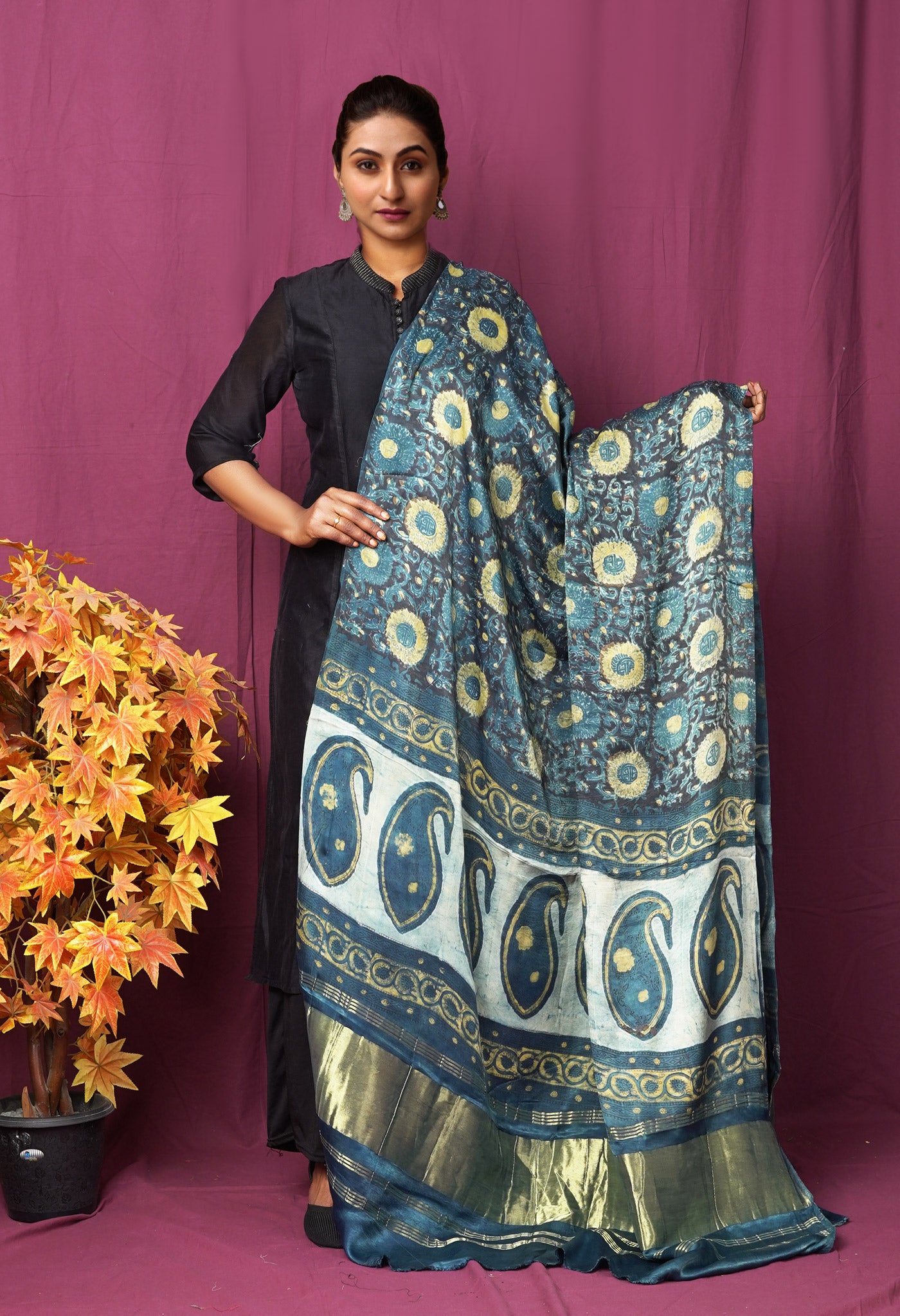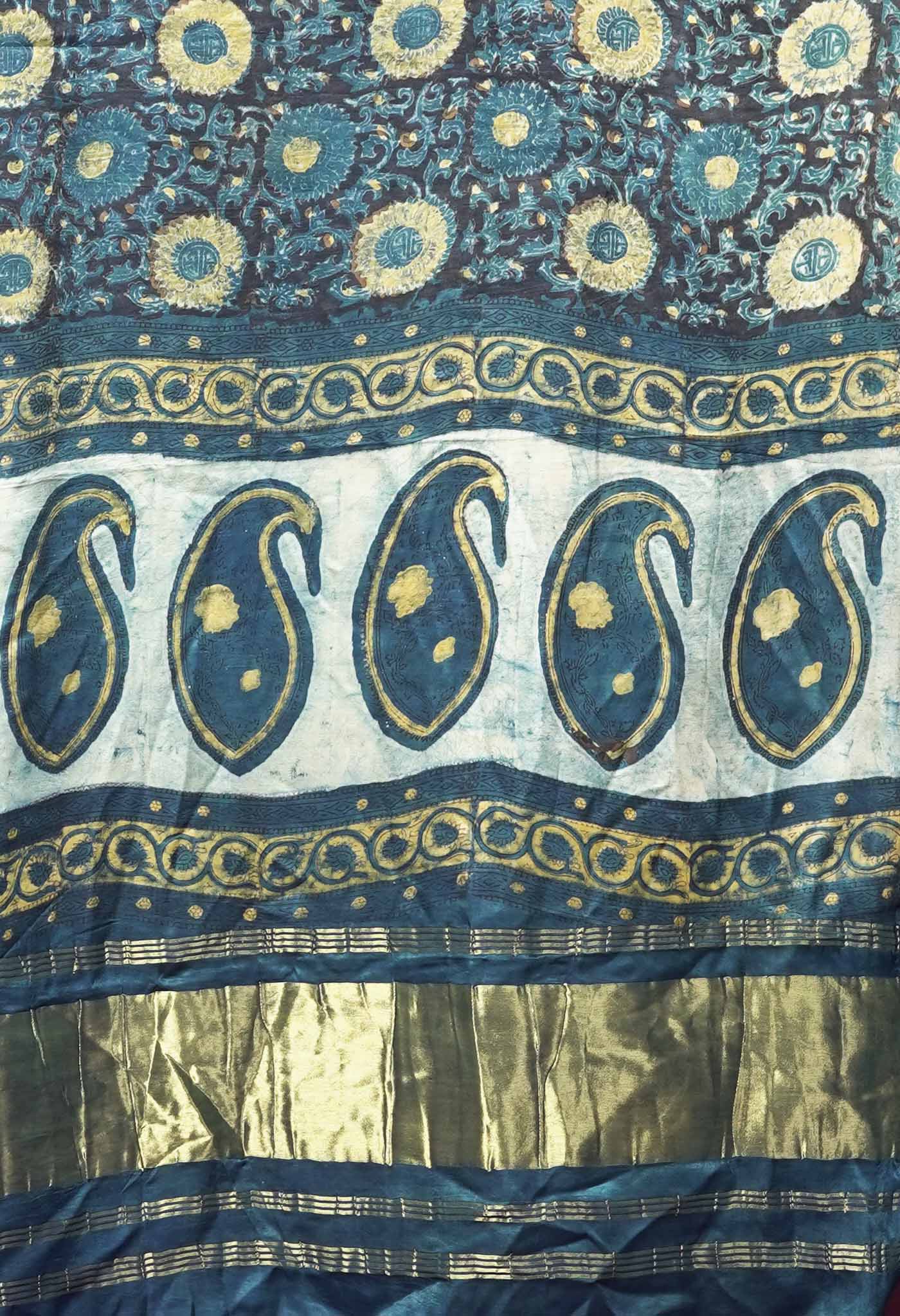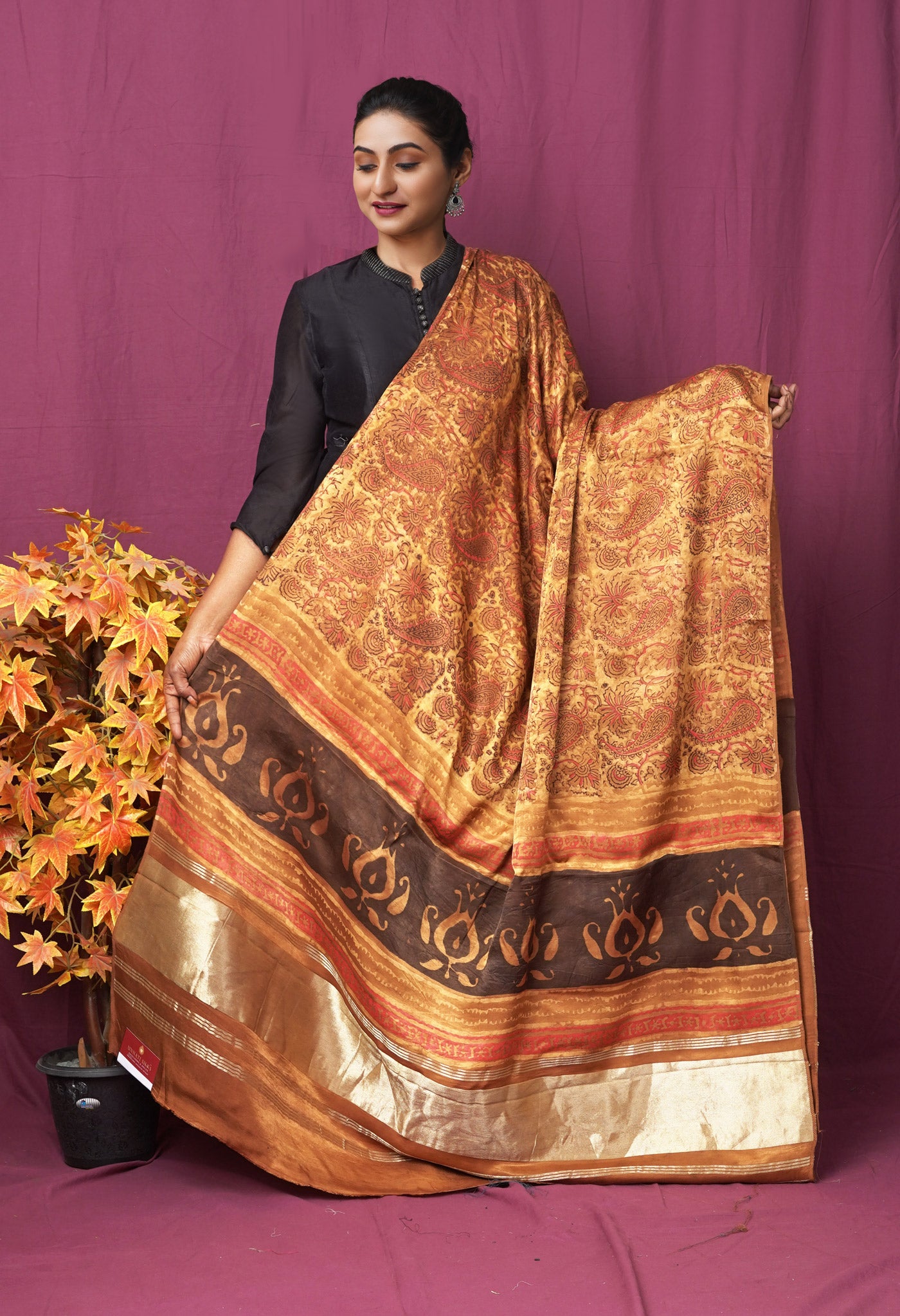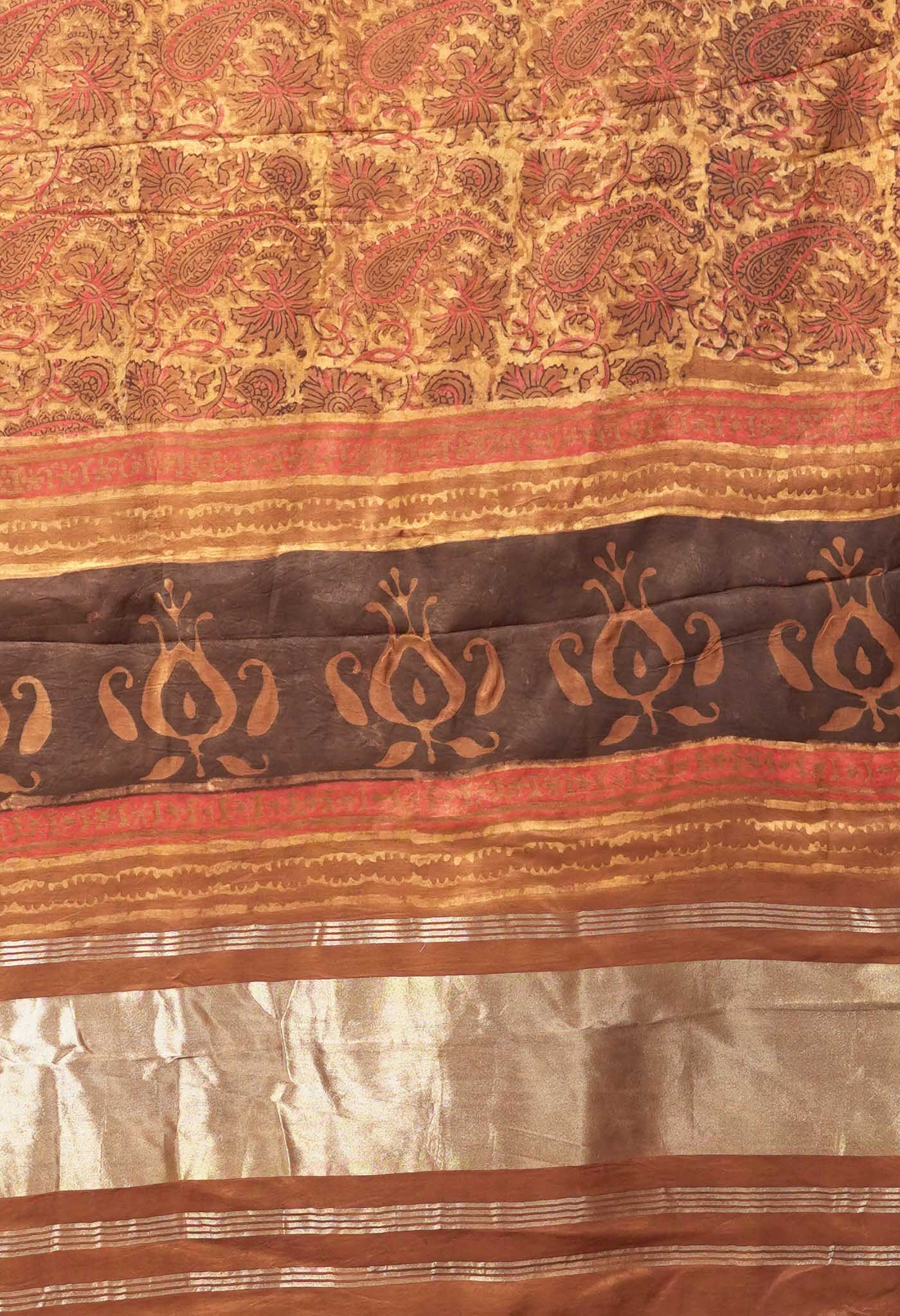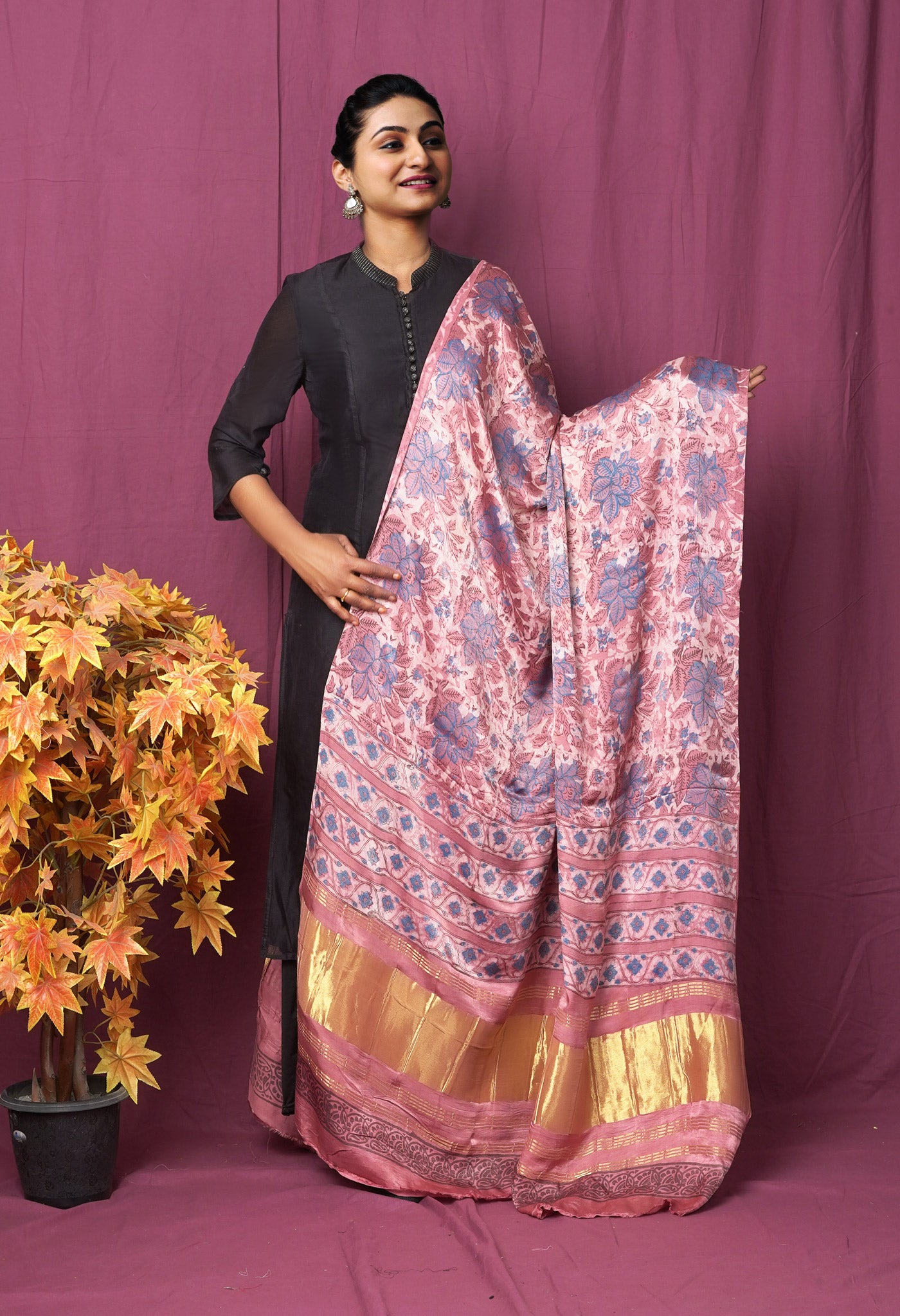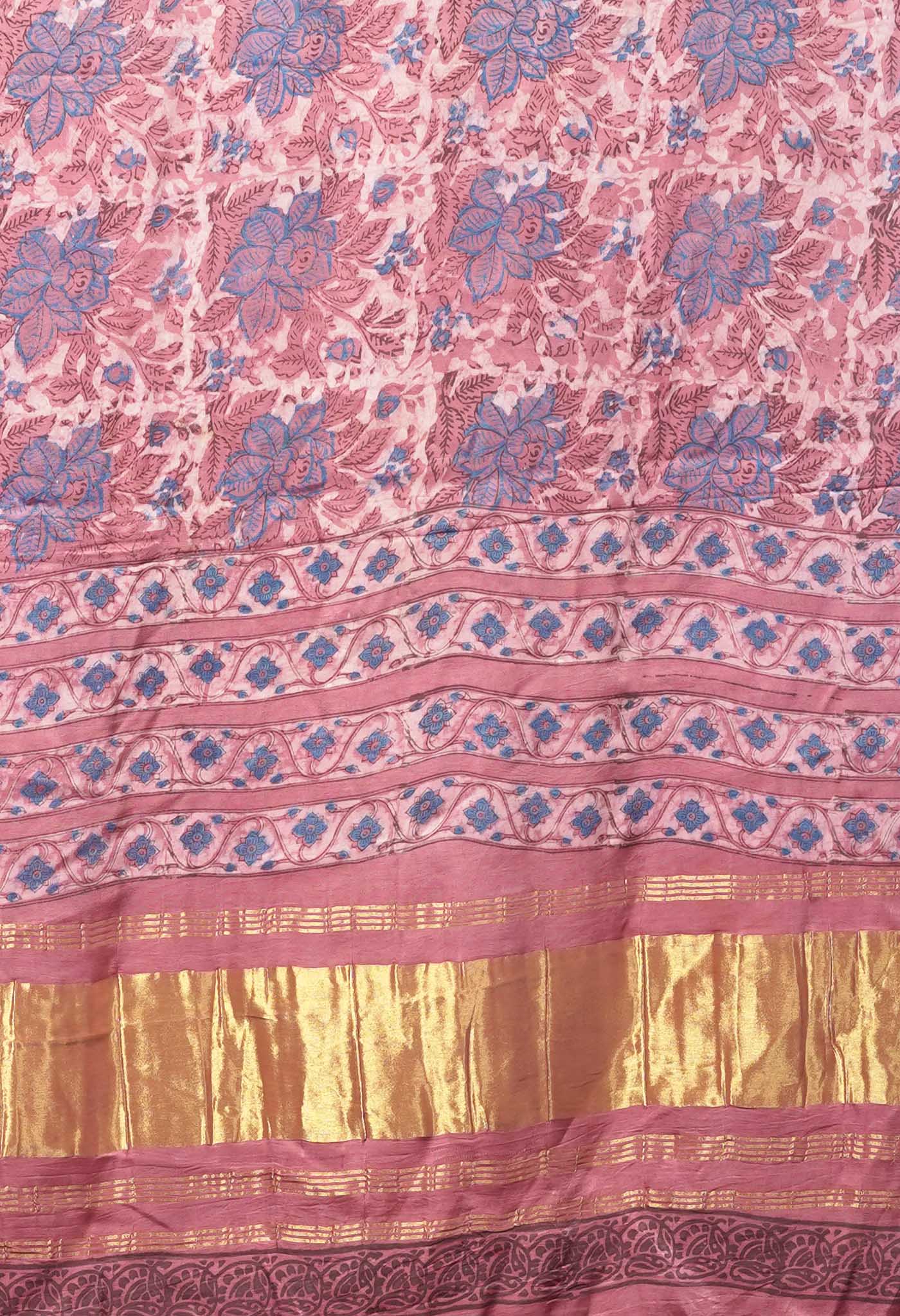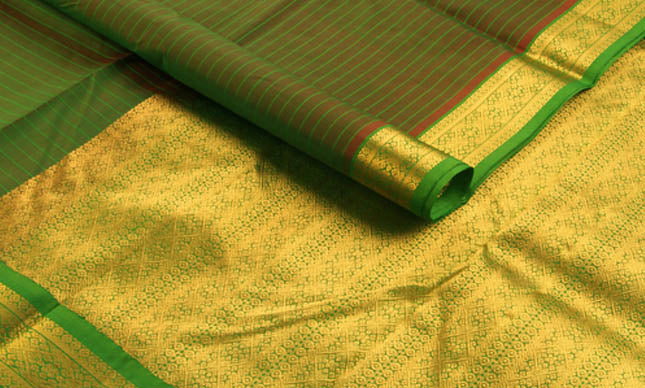
The Story of Silk – Part 2
What is the life cycle of the silk worm?
The life cycle of silk worm comprises four stages - the egg, the silk worm, the pupa and the moth. First the adult moths mate with each other. The female moth lays many tiny eggs. A tiny black caterpillar hatches out of each egg. The caterpillar feeds on mulberry leaves and grows bigger and bigger. It goes through 4 molts. By the way, Molt, also spelled Moult, is the biological process of molting (moulting)—i.e., the shedding or casting off of an outer layer or covering and the formation of its replacement. The silk worm feeds on mulberry leaves and forms a covering around itself by secreting a protein like substance through its head that is the cocoon. Inside the cocoon the caterpillar changes into a pupa. It is here that the cocoons are put in boiling water to kill the pupa before it can turn into a moth by breaking open the cocoon later. (See Chart)

What is done after the cocoons are collected?
The Filature operations come after the cocoons are collected. The cocoons raised by the farmer are delivered to the factory, called a filature, where the silk is unwound from the cocoons and the strands are collected into skeins.The following stages occur after the cocoons are delivered to the filature.
- Sorting cocoons – sorting of the cocoons are done according to color, size shape and texture. Cocoons may range from white and yellow to grayish.
- Softening the fabric - Silk filament is a double strand of fibroin, that is held together by a gummy substance called sericin or silk gum. After the cocoons have been sorted, they are put through a series of hot and cold immersions, so that the sericin is softened to permit the unwinding of the filament as one continuous thread.
- Reeling the filament – Reeling is the process of unwinding the silk filaments from the cocoon and combining them together to make a thread of raw silk. As the filament of the cocoon is too fine for commercial use, three to ten strands are usually reeled at a time to produce the desired diameter of raw silk which is known as "reeled silk". The useable length of reeled filament is 300 to 600 m.
- Bailing - The silk filament is reeled into skeins, which are packed into small bundles called books that weigh about 2 to 4.5 kg. These books are then put into bales weighing about 60 kg. It is in this form raw silk is shipped to silk mills all over the world.

Could you describe the detailed process of the manufacture of Silk?
Reeling
The first in the process is Reeling. The cocoons having been sorted for color and texture, are steamed or placed in warm water in order to soften the natural gum. They are then unwound.
Each cocoon may give anywhere between 2000 to 3000 ft. (610-915 m) of filament, from 4 to 18 strands of which are reeled or twisted together to make an even thread strong enough to handle. This is called Raw Silk. There was a time when it was done by hand or manually, but now the process is simplified. In Europe and some parts of Asia, this work is done in factories in simple machines called filatures.
 Throwing
Throwing This is the next step, where the raw silk is prepared for the loom by twisting and doubling the strands to achieve the desired strength and thickness. This process is also being done now in large mills with specialized machinery.

After throwing Silk has three forms.
Singles which are untwisted, that are used for the warp of very delicate fabrics.
Tram, two or more singles, twisted and doubled, used for the weft of various fabrics.
Organzine, made of singles twisted one way, then double and twisted in the opposite direction, used for the warp of heavy fabrics.
For sewing and embroidery thread, more double and smoother twists are made.
In modern factories spinning frames complete the preparation for the loom.
The silk is then boiled off in soapsuds to remove gum and prepare it for dyeing. For white and pale tints it must be bleached. Scouring or boiling causes loss in weight. This is sometimes made up by loading with metallic salts as tin, which has an affinity for silk and can be absorbed to excess that could weaken the fibre. Dyeing could be done to the yarn or after the weave. Finishing processes are very important as in making moiré (silk fabric that has been subjected to heat and pressure rollers after weaving to give it a rippled appearance) Weaving is done as with other textiles, but on more delicate and specialized looms.

How is silk density measured ?
Mommes (mm) is a unit of weight traditionally used to measure the density of silk. It is similar to the use of thread count for cotton fabrics. Mommes express the weight in pounds, of a piece of material of size 45 inches by 100 yards.
The usual range of momme weight for some of the known weaves of silk are:
Habutai - 5 to 16 mm
Chiffon - 6 to 8 mm (can be made in double thickness, i.e. 12 to 16 mm)
Crepe de Chine - 12 to 16 mm
Gauze - 3 to 5 mm
Raw silk - 35 to 40 mm (heavier silks appear more 'wooly')
Organza - 4 to 6 mm
What are the physical properties of silk?
- Silk fibers have a triangular cross section that reflects light at different angles, giving the fabric a natural shine.
- This fibre has a soft, smooth texture and is not slippery unlike many synthetic fibres.
- The denier of silk is 4.5 g/d when dry and 2.8 – 4.0 g/d when wet. Denier is a unit of measurement that is used to determine the fiber thickness of individual threads or filaments used in the creation of textiles and fabrics.
Fabrics with a high Denier count tend to be thick, sturdy and durable. Fabrics with a low Denier count tend to be sheer, soft and silky. - Silk is one of the strongest natural fibres but loses upto 20 % of its strength when wet. It has a good moisture regain of 11 % (Moisture regain is defined as the percentage of water present in a textile material of oven dry weight. The percentage of moisture in a textile material brought into equilibrium with a standard atmosphere after partial drying, calculated as a percentage of the moisture-free weight.)
- The elasticity of silk is moderate to poor: if elongated even a little, it remains stretched.
- It can be weakened if exposed to too much sunlight or bright lighting.
- If left dirty due to any reason, it could be attacked by insects.
- It is a poor conductor of electricity and hence is susceptible to static cling (the adhering of a garment to the wearer's body or to another garment, caused by a build-up of static electricity.)
- Unwashed chiffon silk could shrink upto 8 % due to relaxation of the fibre macro structure. Hence silk should either be pre-washed prior to garment construction or dry cleaned. Dry cleaning could still shrink the chiffon upto 4 %. A remedy for this is gentle steaming with a press cloth. There is almost no gradual shrinkage or shrinkage due to molecular level deformation.

What are the chemical properties of Silk?
- Silk is made up of amino acids and forms Beta pleated sheets.
- Inter chain H-bonds are formed while side chains are above and below the plane of the H-bond network.
- The high proportion (50%) of glycine, which is small, allows tight packing and the fibers are strong and resistant to stretching.
- The tensile strength is due to covalent peptide bonds. Since the protein forms a Beta sheet, when stretched the force is applied to these strong bonds and they do not break.
- Silk is resistant to most mineral acids but will dissolve in sulphuric acid. It is yellowed by perspiration.
- Silk’s good absorbency makes it comfortable to wear in warm weather and while active. Its low conductivity keeps warm air close to the skin during cold weather. It is often used for clothing such as shirts, blouses, formal dresses, high fashion clothes, negligees, pyjamas, robes, skirts, suits, sun dresses and underwear.
- Silk’s elegant, soft luster and beautiful drape makes it perfect for many furnishing applications. It is used for upholstery, wall coverings, window treatments (if blended with another fiber), rugs, bedding and wall hangings.
- While on the decline now due to artificial fibres, silk has had many uses : parachutes, bicycle tires, comforter filling and artillery gunpowder bags. Throughout World War I, most of the bulletproof vests were made from silk.
- A special manufacturing process makes it suitable as non-absorbable surgical sutures.
- Chinese doctors have used it to make prosthetic arteries.
- Silk cloth is also used as a material on which to write.

Which countries majorly produce silk?
The cultivation of silk is in over 30 countries and the major ones are China (54%), India (14%) and Japan (11%).
Silk Trivia
- The Chinese have always considered silk as principal to their economy. Silk was used for varied uses such as musical instruments to fishing lines, bowstrings to bond paper of all kinds including rag paper, the world’s first luxury paper. Initially silk was restricted to royalty and the upper class. Gradually even the common people began to wear silk.
- During the Han Dynasty, silk was very much useful as a bartering tool. Farmers paid their taxes in grain and silk. Outstanding services of subjects were rewarded with silk. Values were calculated also in terms of silk. Even overseas trade saw silk used as currency.
- In two thousand years it was a guarded secret in China regarding the processing of silk. Only after it was smuggled overseas that the world came to know about it.
- Japan took to the breeding of silkworms scientifically and as a result some of the world’s finest silk fabrics came from there. Other counties also followed with fine works like China, Italy, India, Spain and France.
- China was the largest exporter of raw silk in the early 1990s, accounting for about 85% of the world’s raw silk, worth about $800 million. Exports of China’s finished silk products were about half of the world’s total at about $3 billion.
- Silk has a miniscule percentage of the global textile fibre market—less than 0.2%. This figure, however, is misleading, since the actual trading value of silk and silk products is much more impressive. This is a multibillion dollar trade, with a unit price for raw silk roughly twenty times that of raw cotton.
- One acre of mulberry trees produces enough foliage to feed silkworms that create 178 pounds of cocoons which can be unravelled into 35 pounds of raw silk.
- The mulberry leaves are a renewable and sustainable crop as the trees produce year after year. One mature mulberry tree will produce enough foliage for 100 silkworms.
- Generally, one cocoon produces between 1,000 and 2,000 feet of silk filament, made essentially of two elements: a substance, called fibroin, makes up between 75 and 90% of the filament, and sericin, the gum secreted by the caterpillar to glue the fiber into a cocoon, comprises about 10-25%. Other elements include fats, salts, and wax. One silkworm produces very little useable silk. To make one yard of silk material, about 3,000 cocoons are used.
- The natural course in the cycle of worm to moth would be for the chrysalis to break through the protective cocoon and emerge as a moth. But by breaking its way out, it cuts this fiber off in many places, thus largely decreasing its value; so, sericulturists must destroy the chrysalis so that it does not break the silk filament. This is done by stoving (baking), or stifling the chrysalis with heat. The usual method is that of immersing the cocoons in steam for a few minutes. Another method, is that of placing the cocoons in boiling water, serves a double purpose. Not only does it kill the chrysalides, but it also softens the sericin, the “gum” that sticks the threads together, so that they can be unreeled from the cocoon. Although silk is about 20% sericin, only about 1% is removed at this point.
- Silks are produced by several other insects too, but only the silk of moth caterpillars has been used for textile manufacture. There has been research on other sources for silk too. Silk is produced by bees, wasps and ants as well but which are not useful for fabric construction. The silk of spiders has been tried out and found successful but cost prohibitive for the moment.

What is Weighted silk ?
- Silk is sold by weight. “Weighting” is a textile manufacturing practice peculiar to silk manufacturing and involves the application of metallic salts to add body, luster and physical weight to silk fabric. The reason for adding metals to silk fabric is to increase the weight of the fabric and, because silk fabric sells by the pound, the extra weight increases the selling price of the fabric. Generally, only the finer and more expensive reeled silks are weighted rather than the less costly spun silks By means of weighting the manufacturer can increase the weight of silk by 3 to 4 times.
- Weighting is done by immersing the silk in a solution rich in tannin, then transferred to iron or tin baths, then washed. Weighting causes the fabric to lose its strength as soon as the weighting is applied. Heavily weighted silk must be made into garments as soon as it is made. Spots develop in the dyes. Saltwater, perspiration and tears cause spots to be formed, which seem as if the silk is eaten by acids. Sunlight also attacks weighted silk and can cause silk to fall to pieces.
- The silk industry makes a distinction between pure-dye silk and weighted silk. In the pure-dye process, the silk is colored with dye, and may be finished with water-soluble substances such as starch, glue, sugar, or gelatin. But it is not weighted. If weighting is not executed properly, it can decrease the longevity of the fabric by causing it to lose much of its strength and durability, so pure-dye silk is considered the superior product. Also, the metallic salts used to weight silk can cause health risks and problems for some people.
- After dyeing, silk fabric may be finished by additional processes, such as bleaching, embossing, steaming, or stiffening.
- The wild silks are gathered principally in Japan, China; and India. There are several varieties of wild silk cocoons, each with qualities somewhat different from the rest. The principal variety of Japan is the Yamai-mai, and the chief varieties of India are the tusser, or tussah, and the ailanthus.
- Most of these silks are much darker in color than the domesticated silk, the Bombyx mori, probably because of the difference in feed. Wild silkworms do not always have mulberry leaves to eat. Great numbers feed on oak leaves and in some cases on other plants.
- In general, it may be said that wild silks are in most respects of poorer quality than domesticated silk. They are harder to bleach, and do not take dyes so well.
- They are generally very uneven in texture, but when made up into fabrics are often more durable than common silks.
- Wild silks are used principally in the manufacture of pile fabrics such as velvet, plush, and imitation sealskin, and in heavy or rough cloths such as pongees and shantungs.
- While the silkworms of the wild varieties take care of themselves, and therefore do not require the constant attention that must be given to domesticated silk, the expense of gathering is nevertheless high. The wild cocoons must be hunted, trees must be climbed to gather them, and much time may be consumed in collecting comparatively few. On the whole, however, because of the poorer qualities, wild silks are worth considerably less than “tame” silks.
Most silk garments are designed, drawn, and painted by hand which is a skillful, labor intensive process. The dyeing process is monitored closely to ensure color integrity. Every piece is then pressure-steamed and put through a softening process for good color fastness and comfort. These silk paintings will outlast their peers in more traditional media.
It is important not to expect machine-like consistency from handmade art. Handmade art will be non-uniform and will often have some imperfections. Such imperfections should not be considered defects; rather they are a sign of authenticity that the artwork was really created by hand.
The luxury of pure silk, its brilliant colors, and the creativity of traditional craftsmen, turn otherwise- ordinary garments into treasure-worthy works of art.


